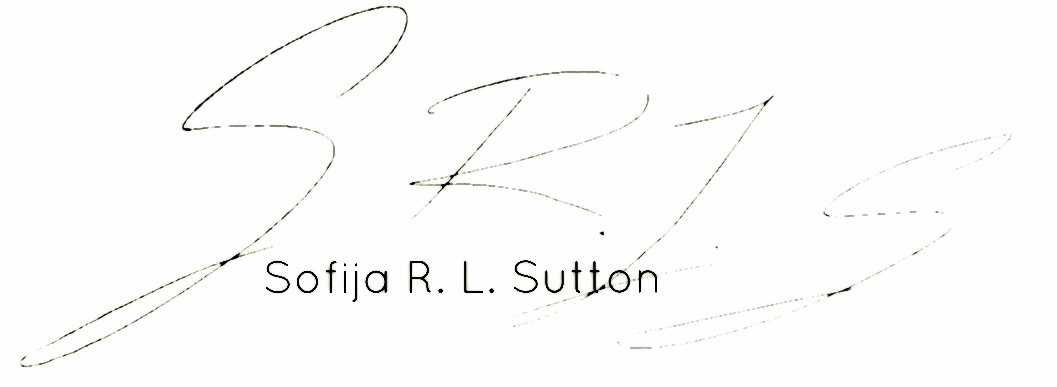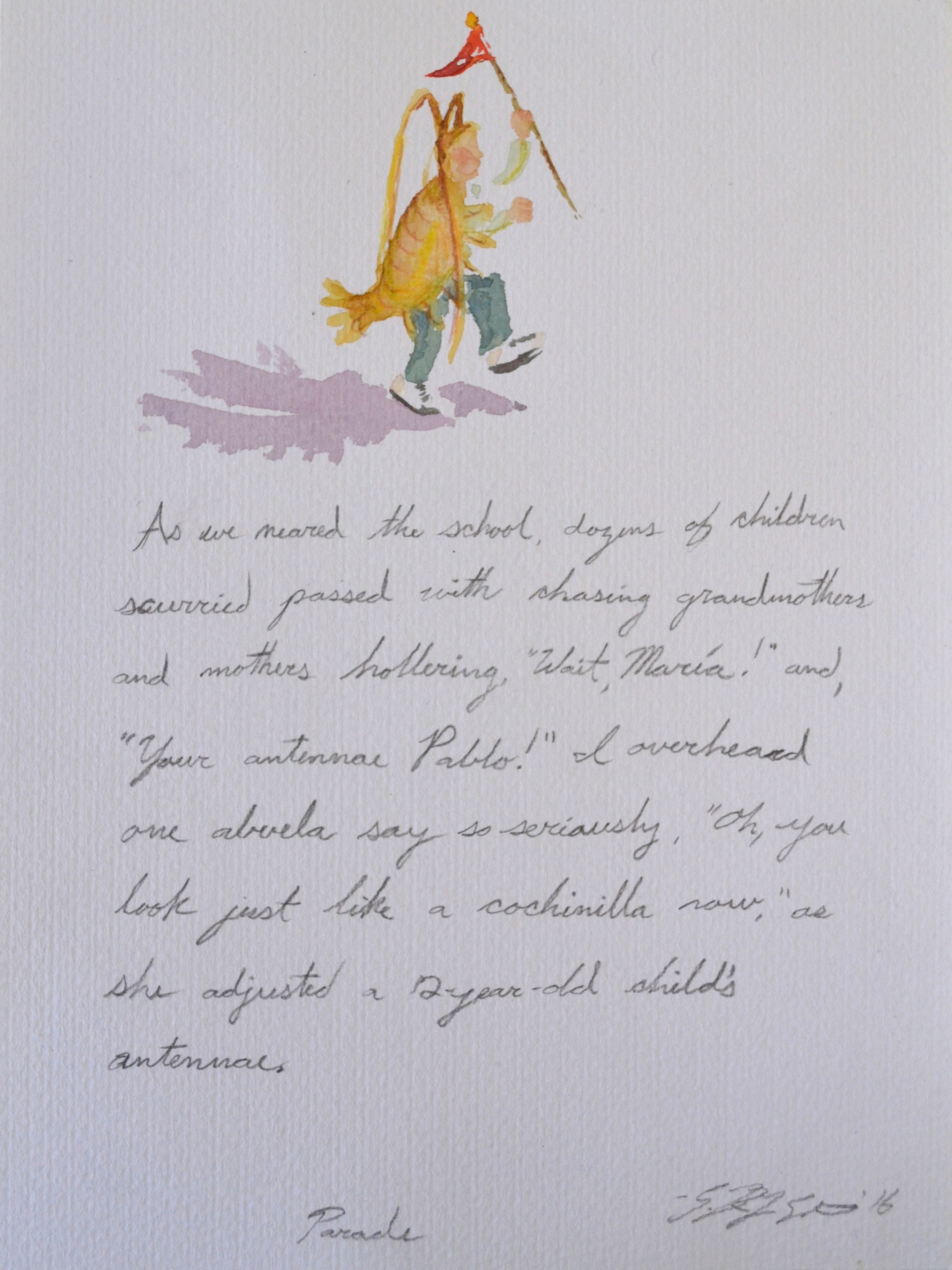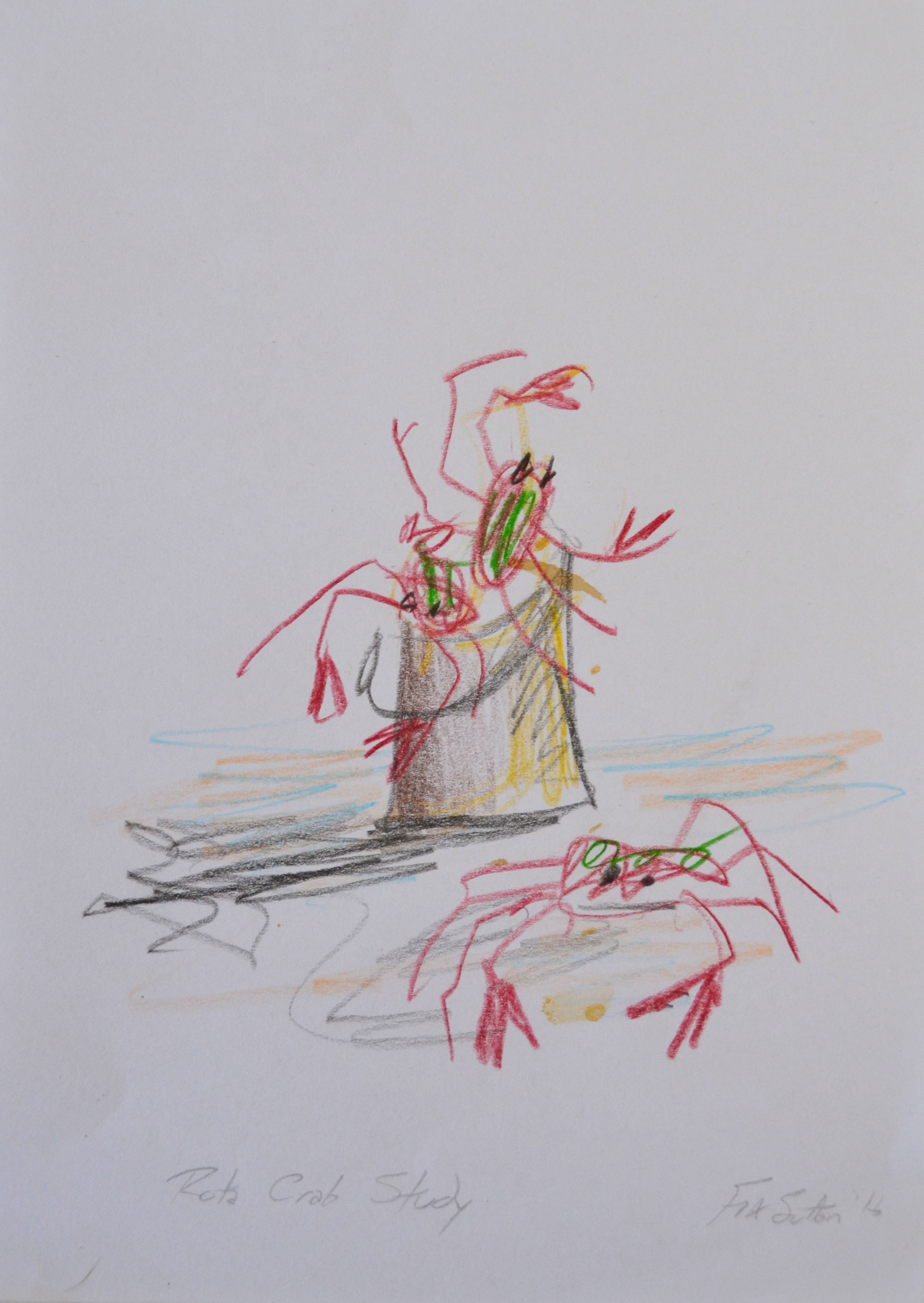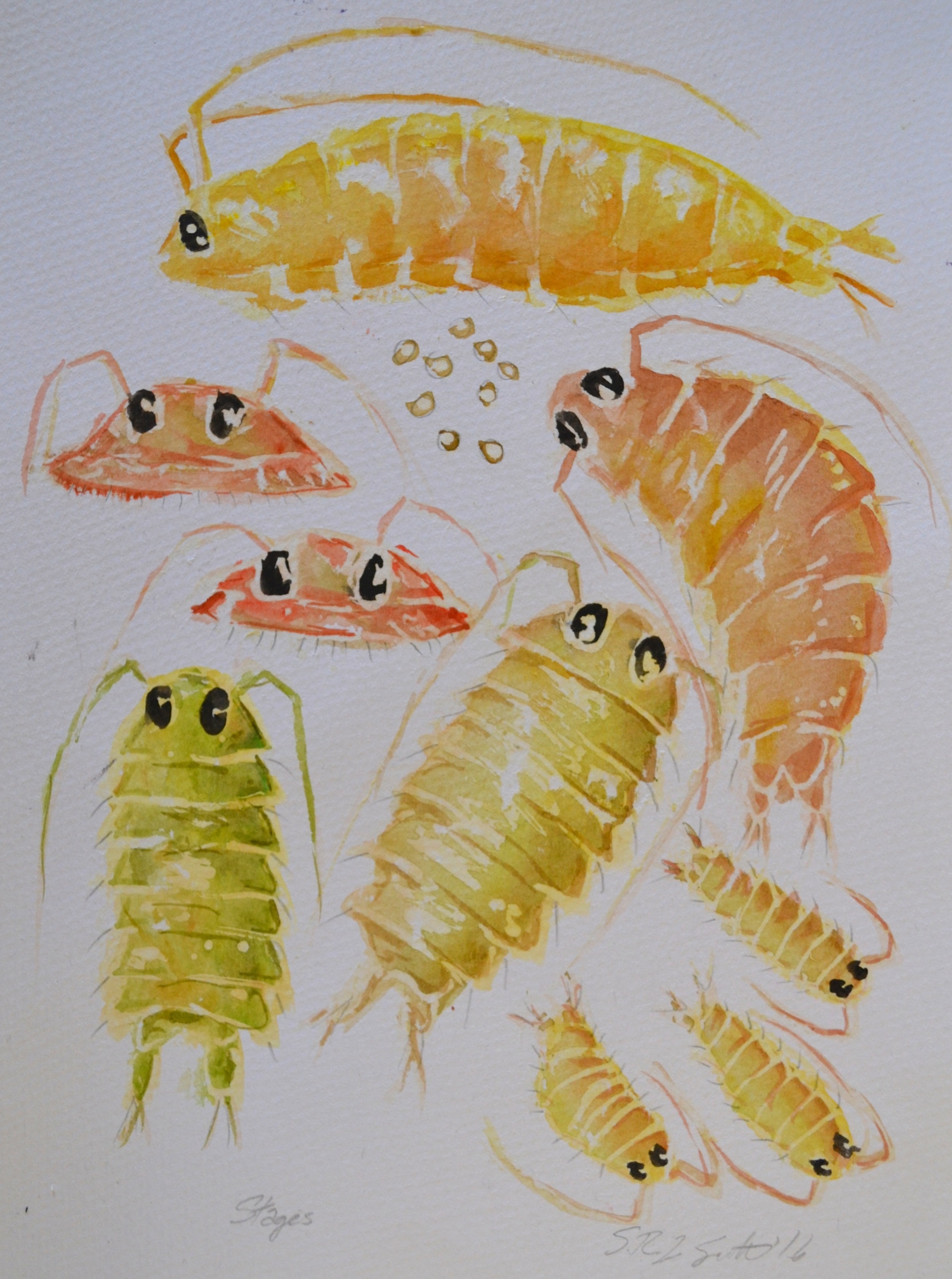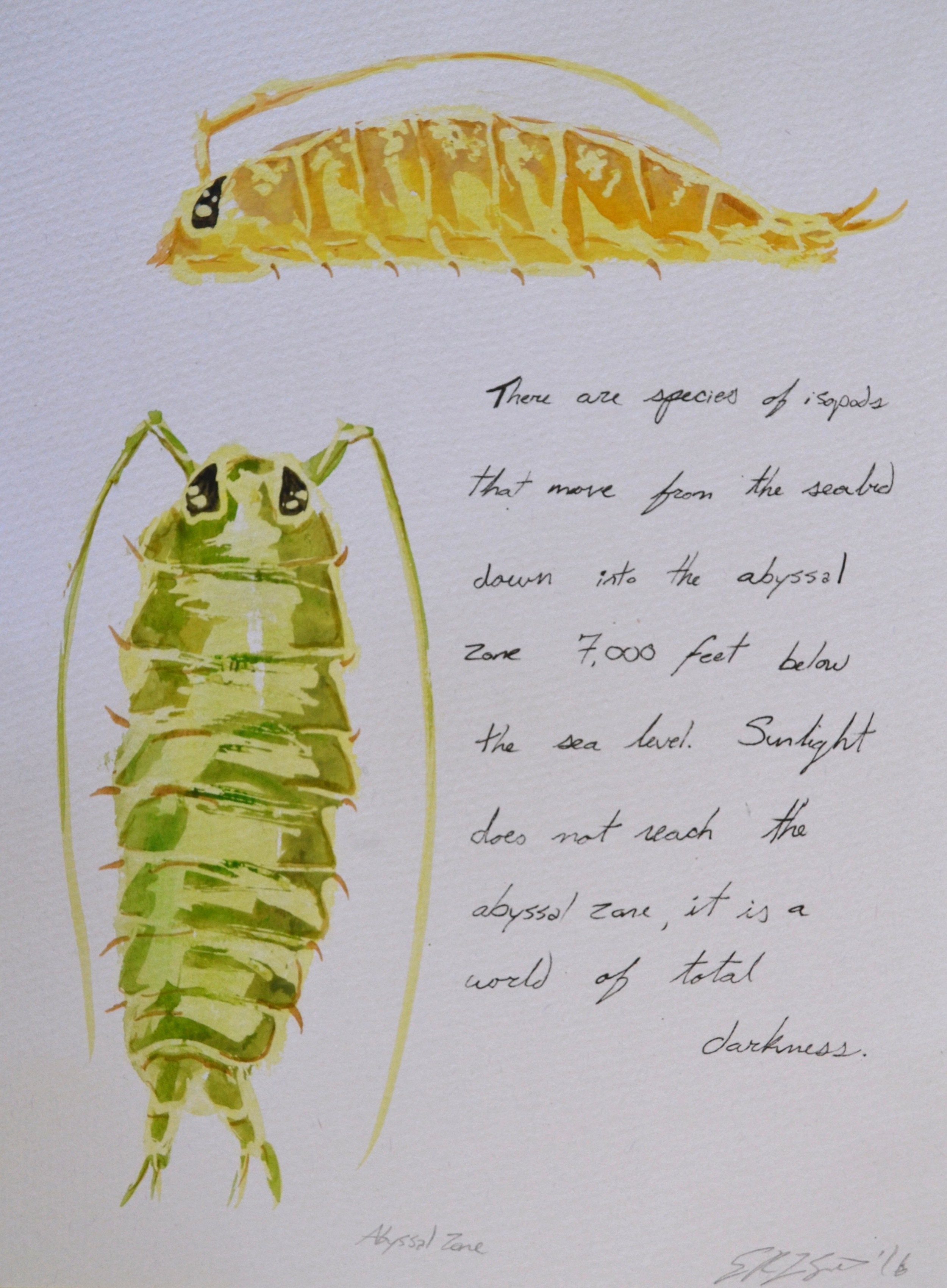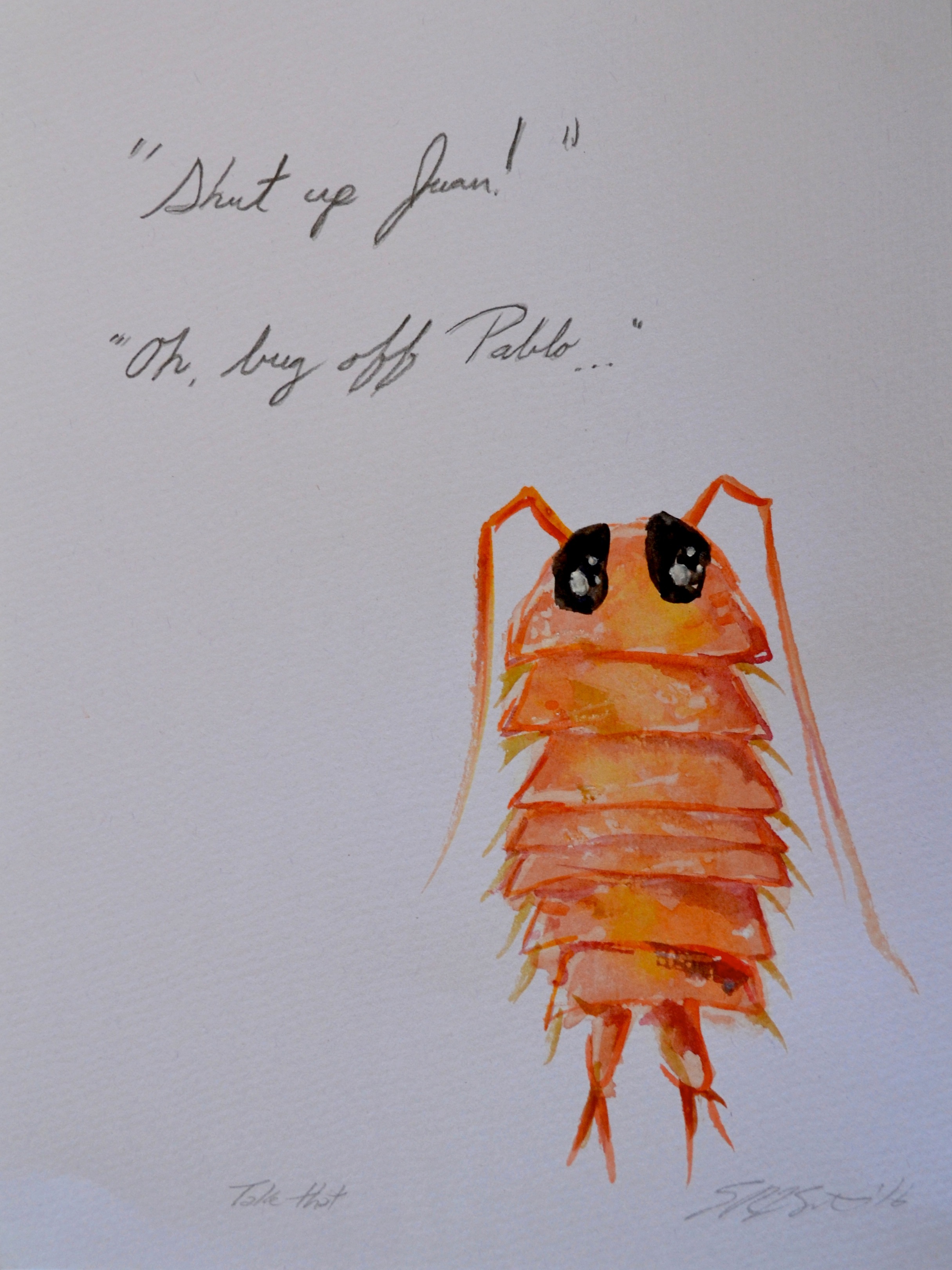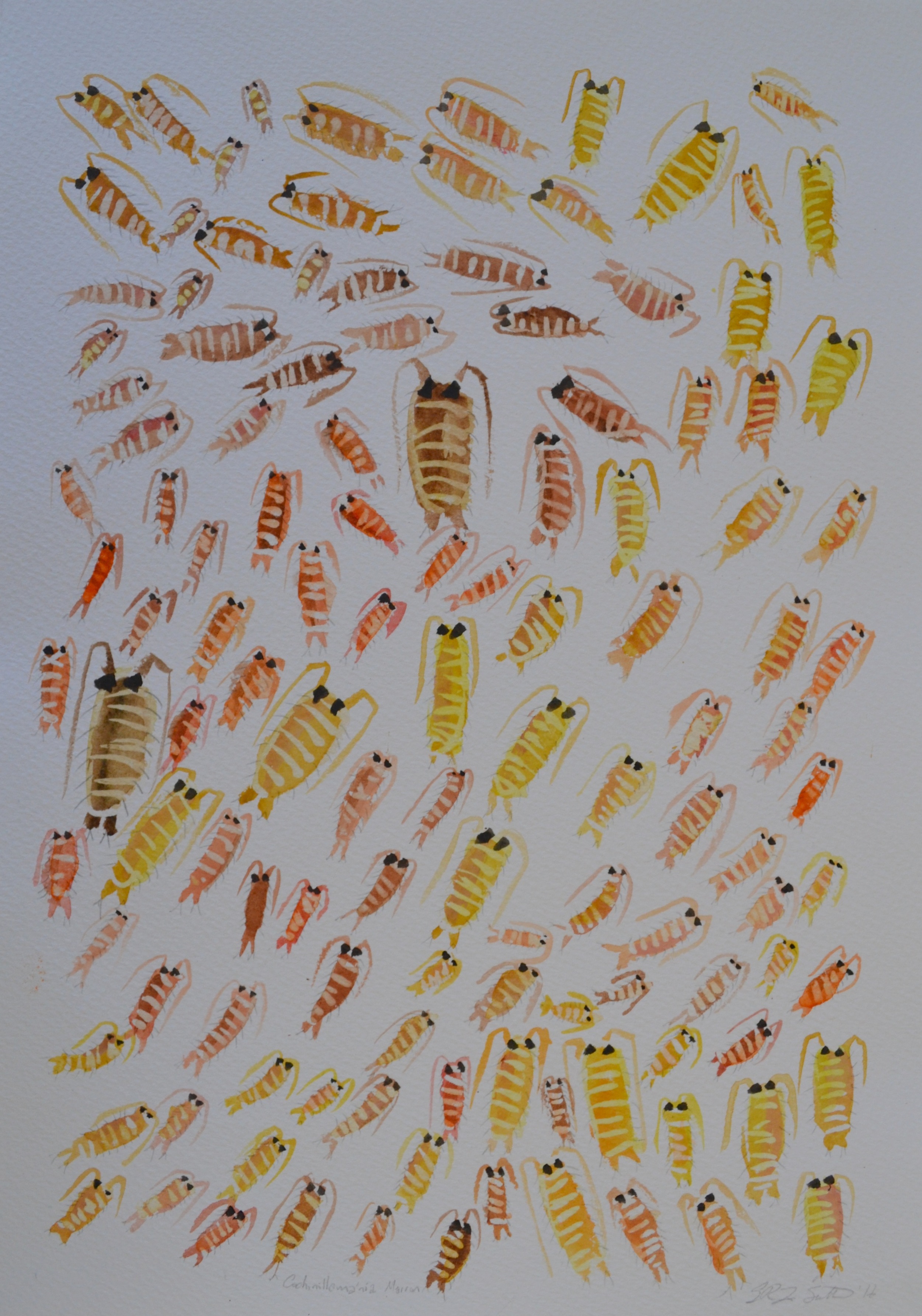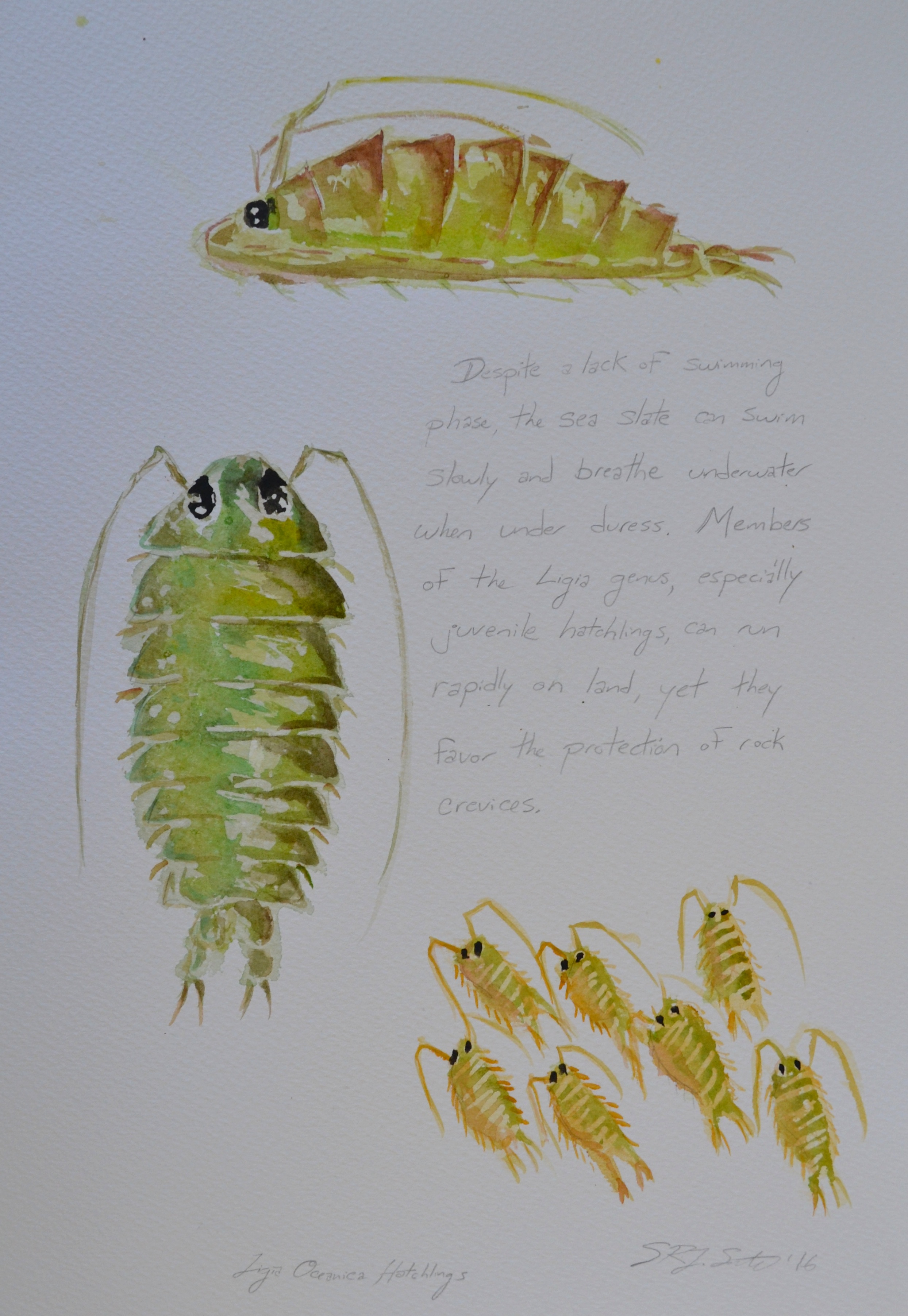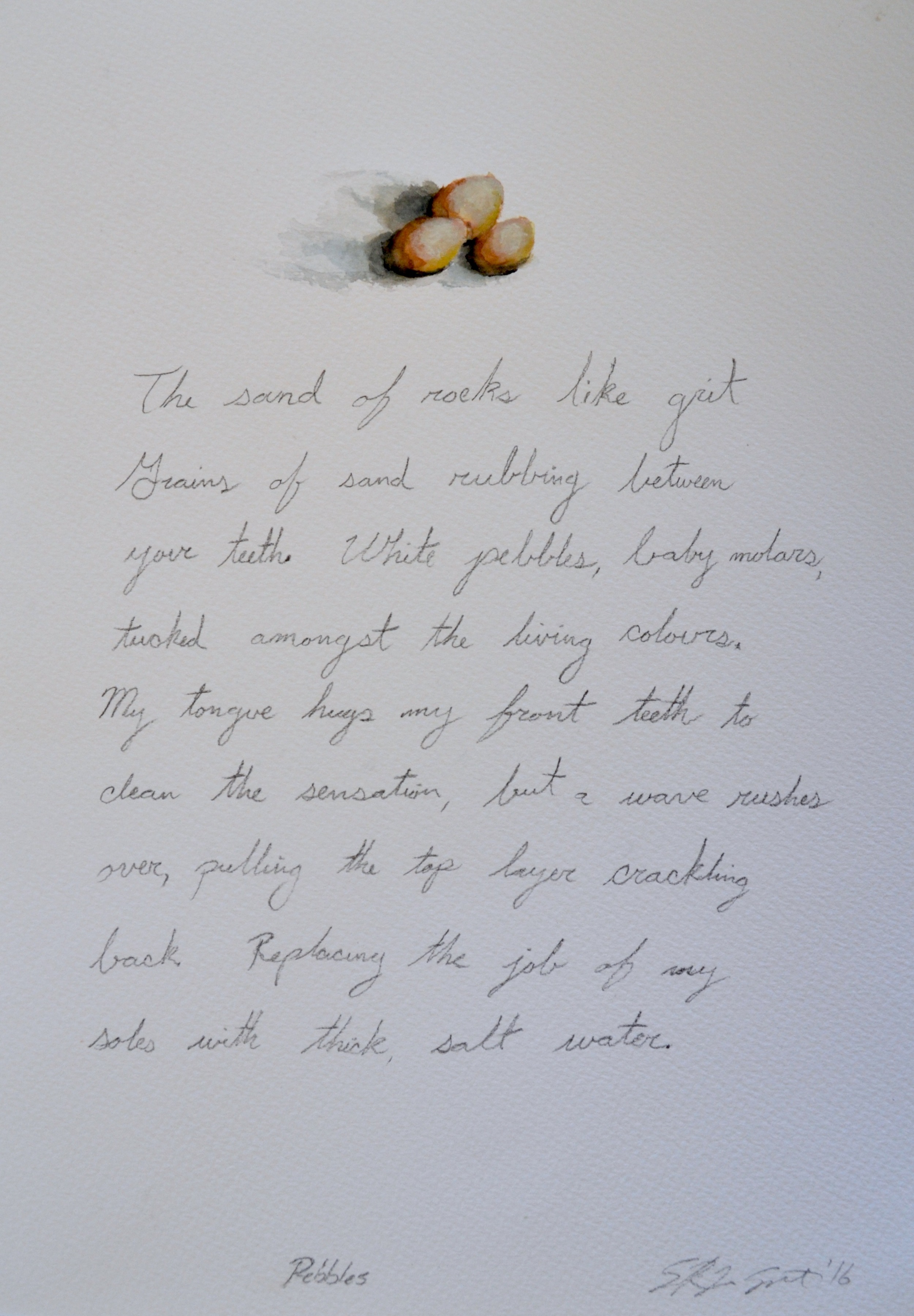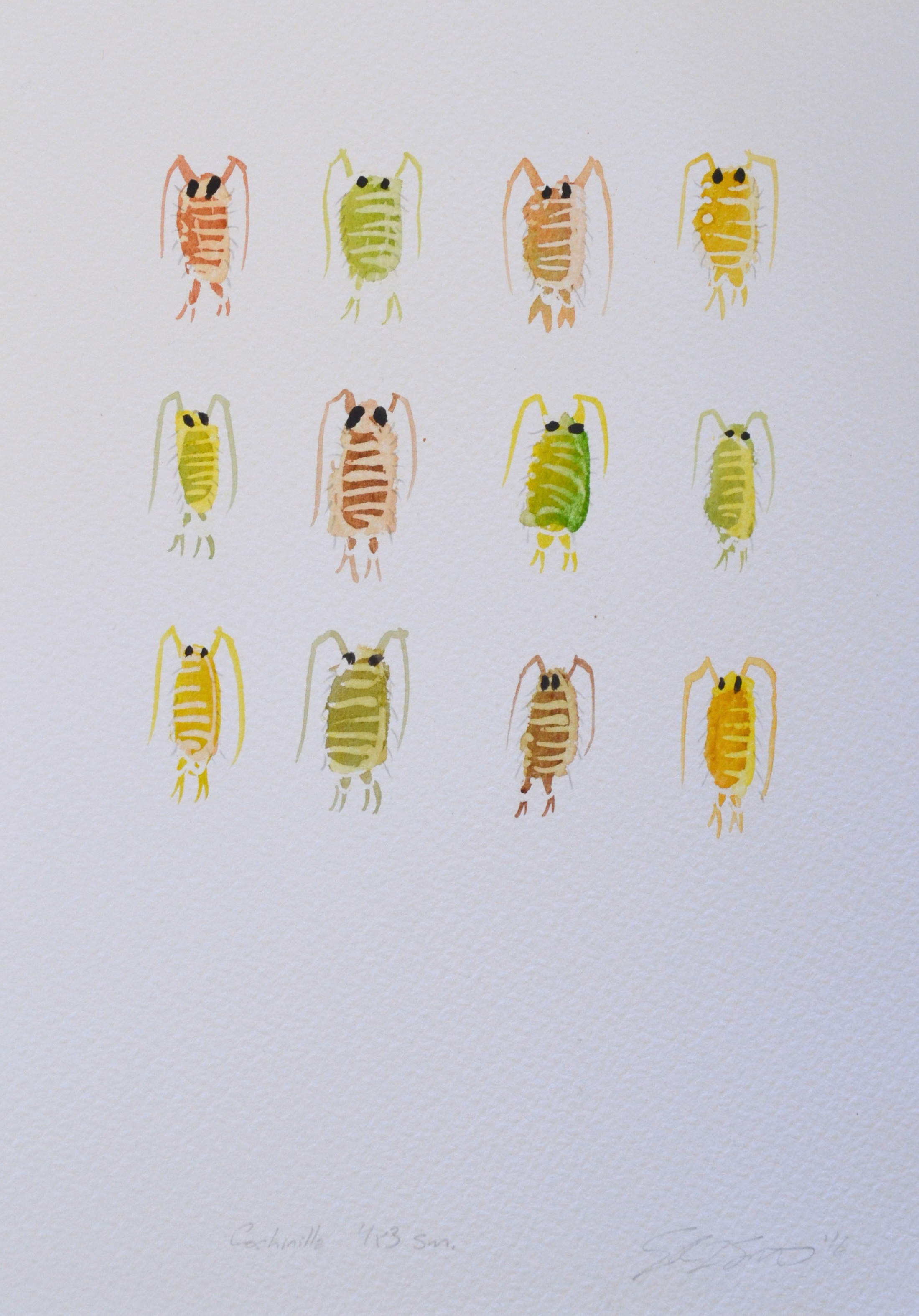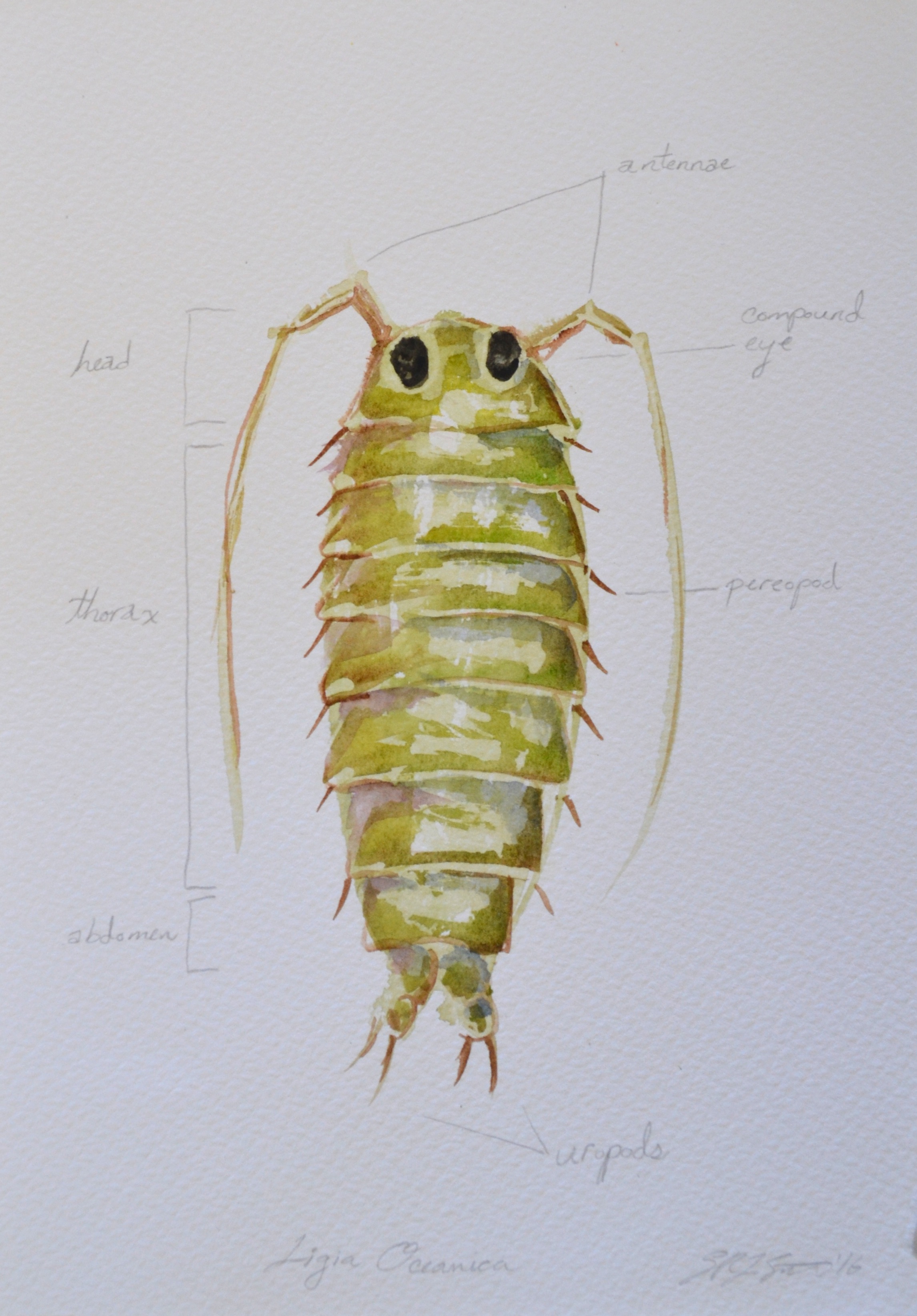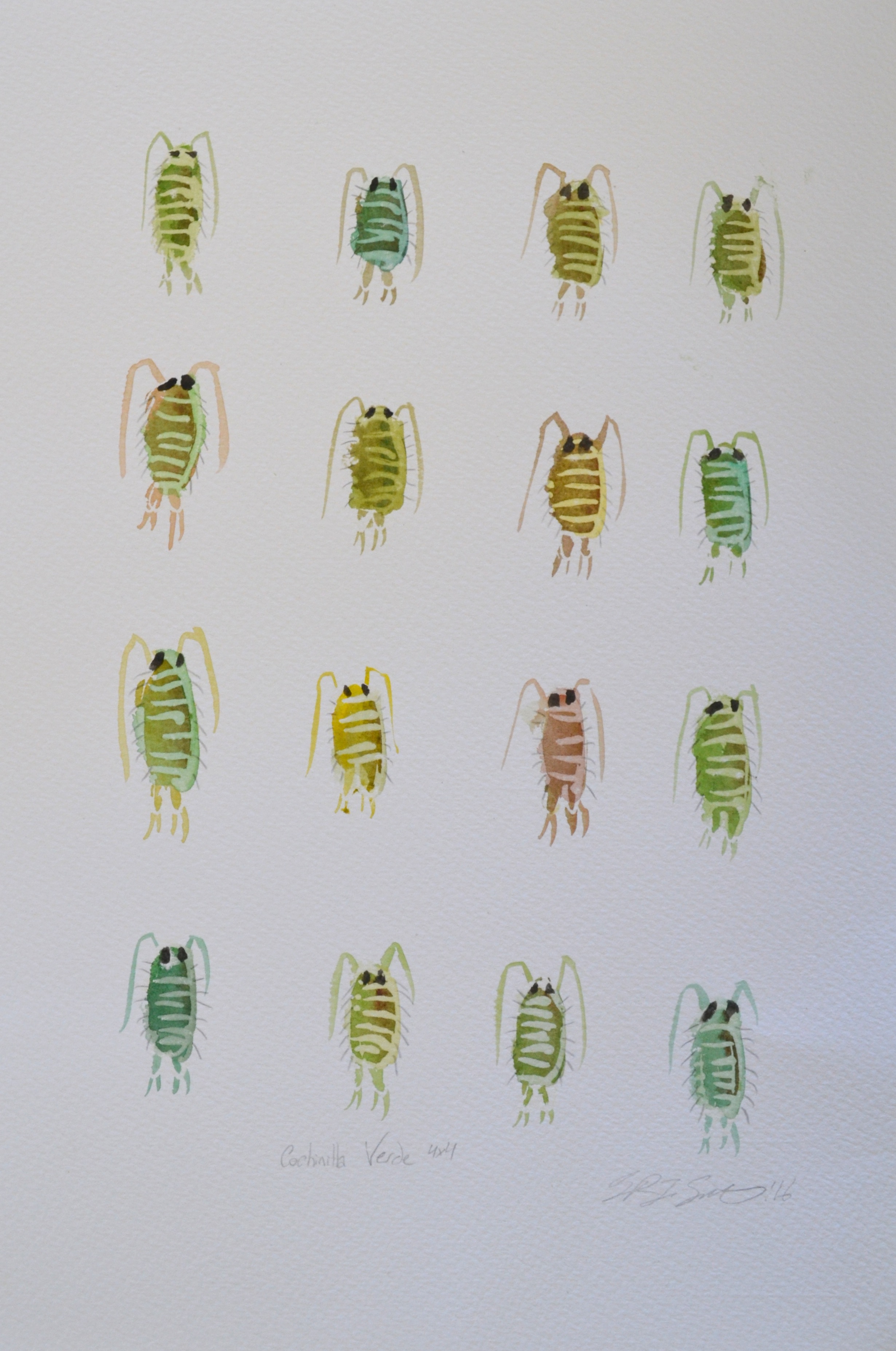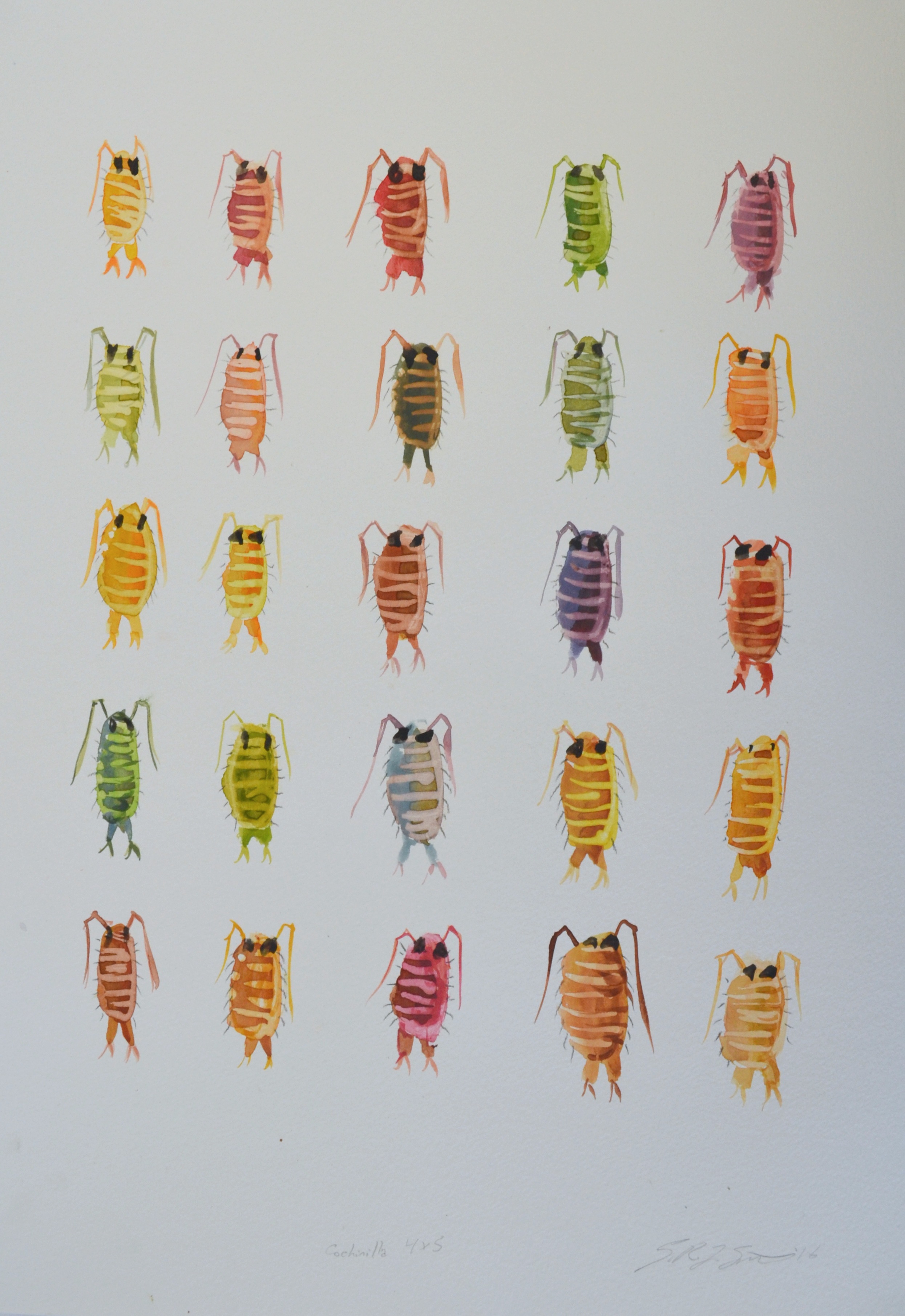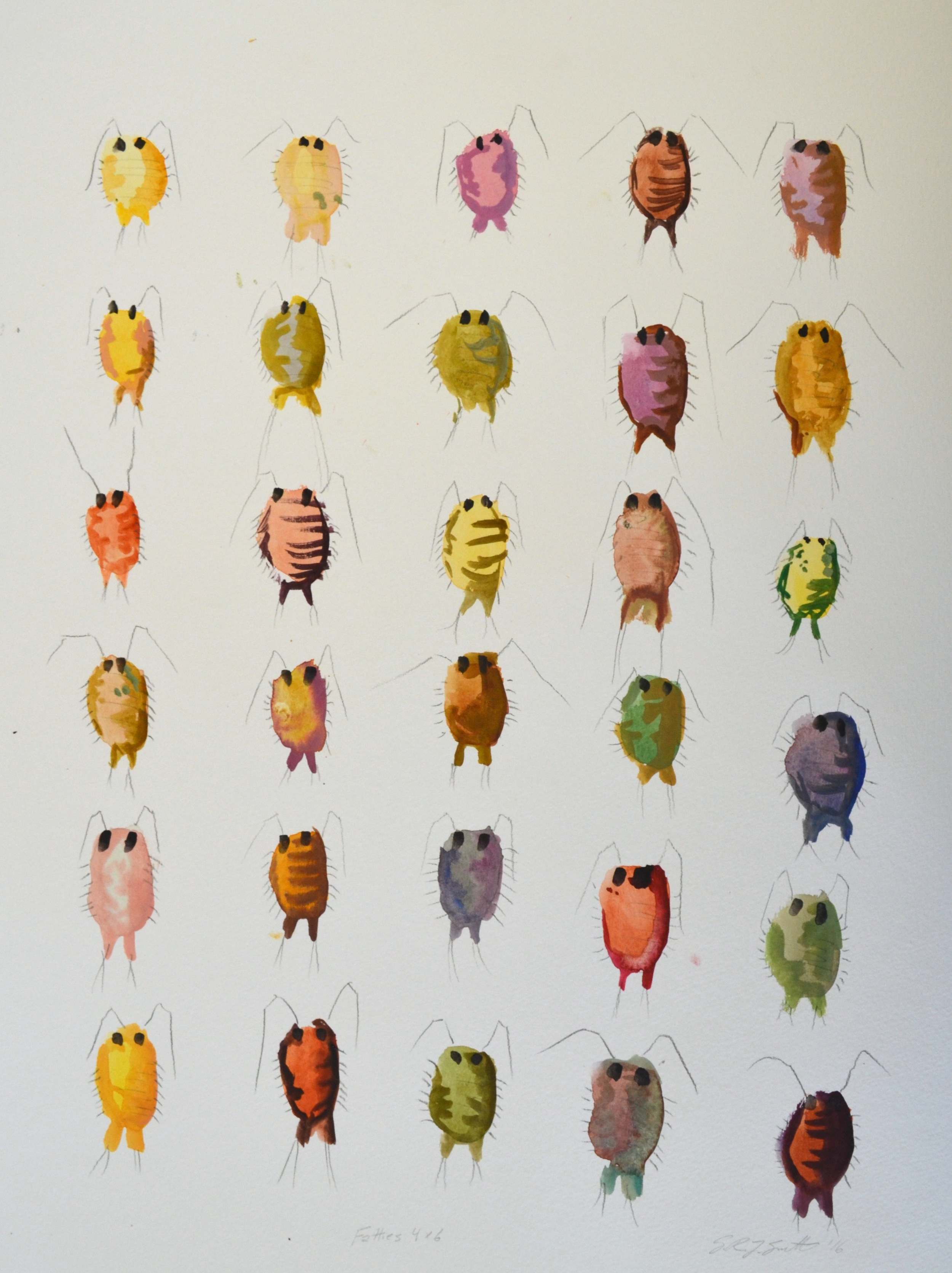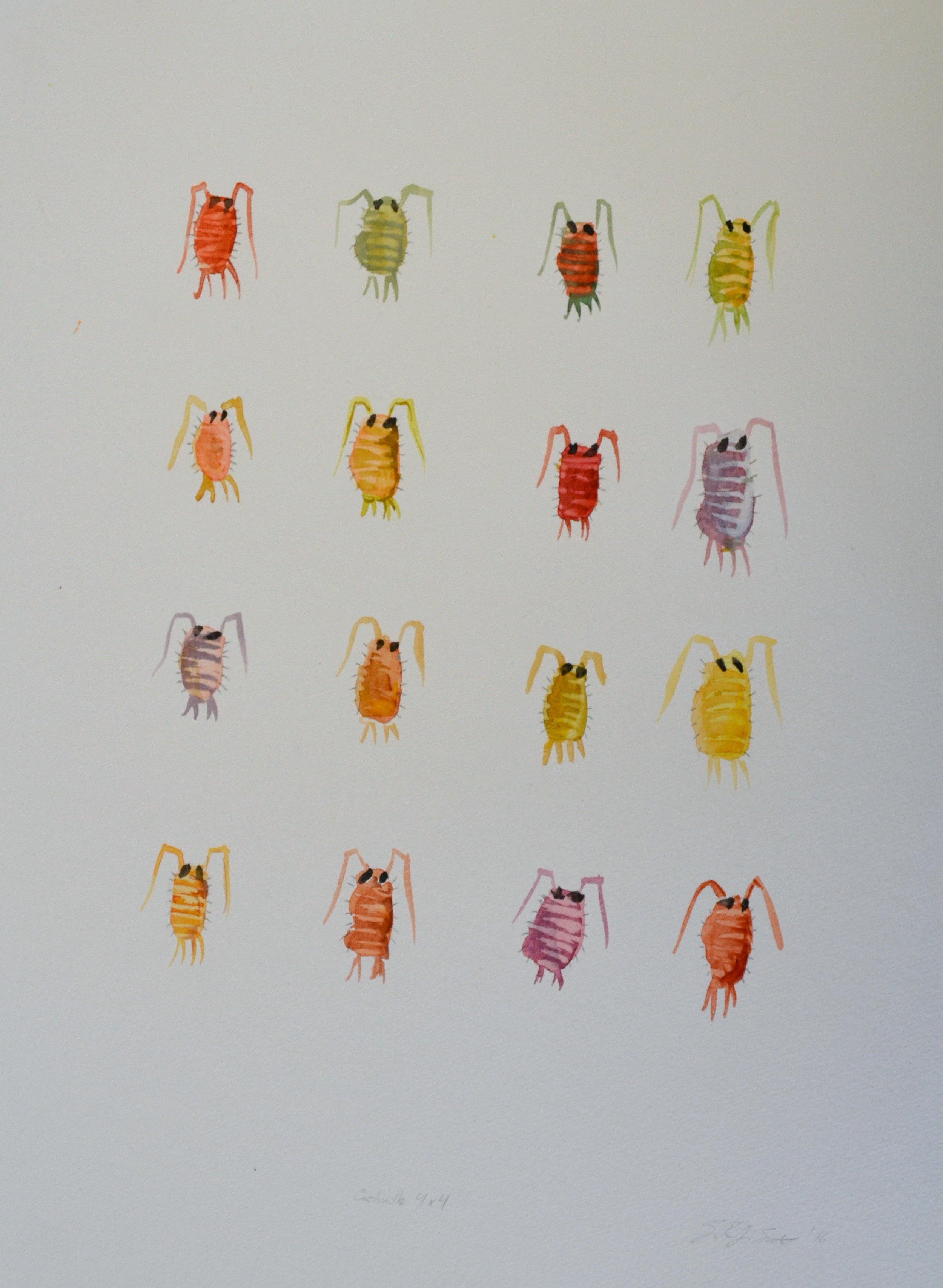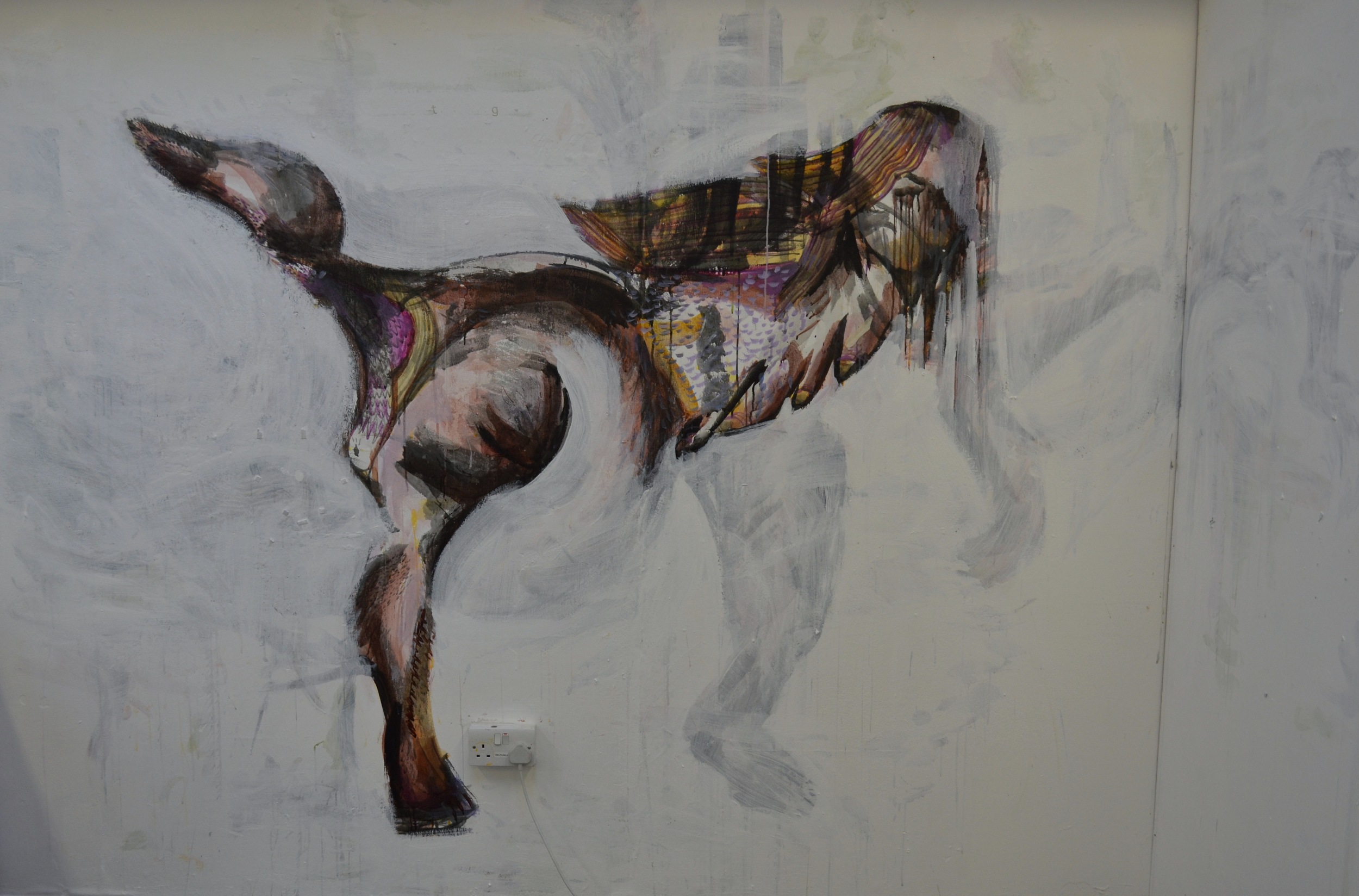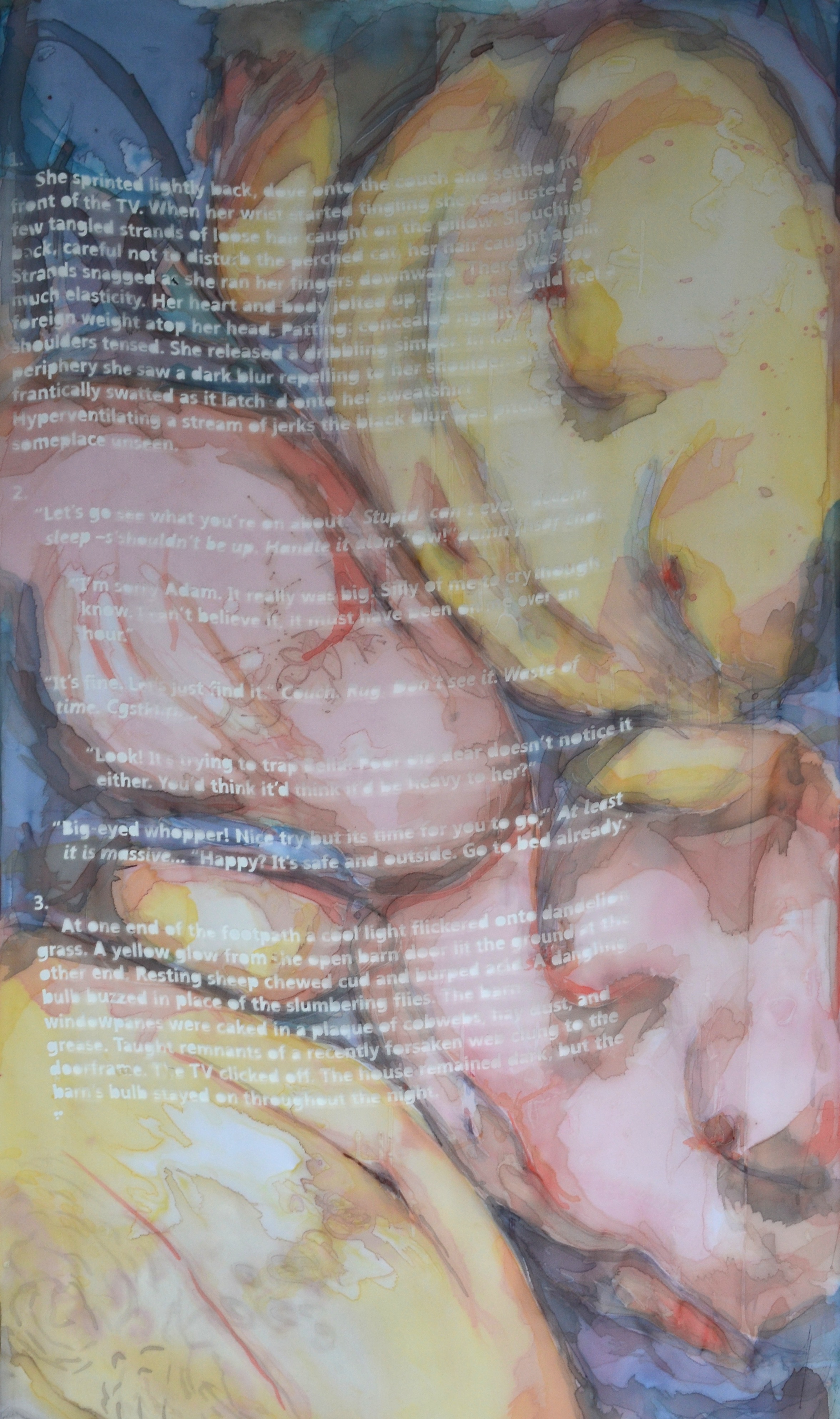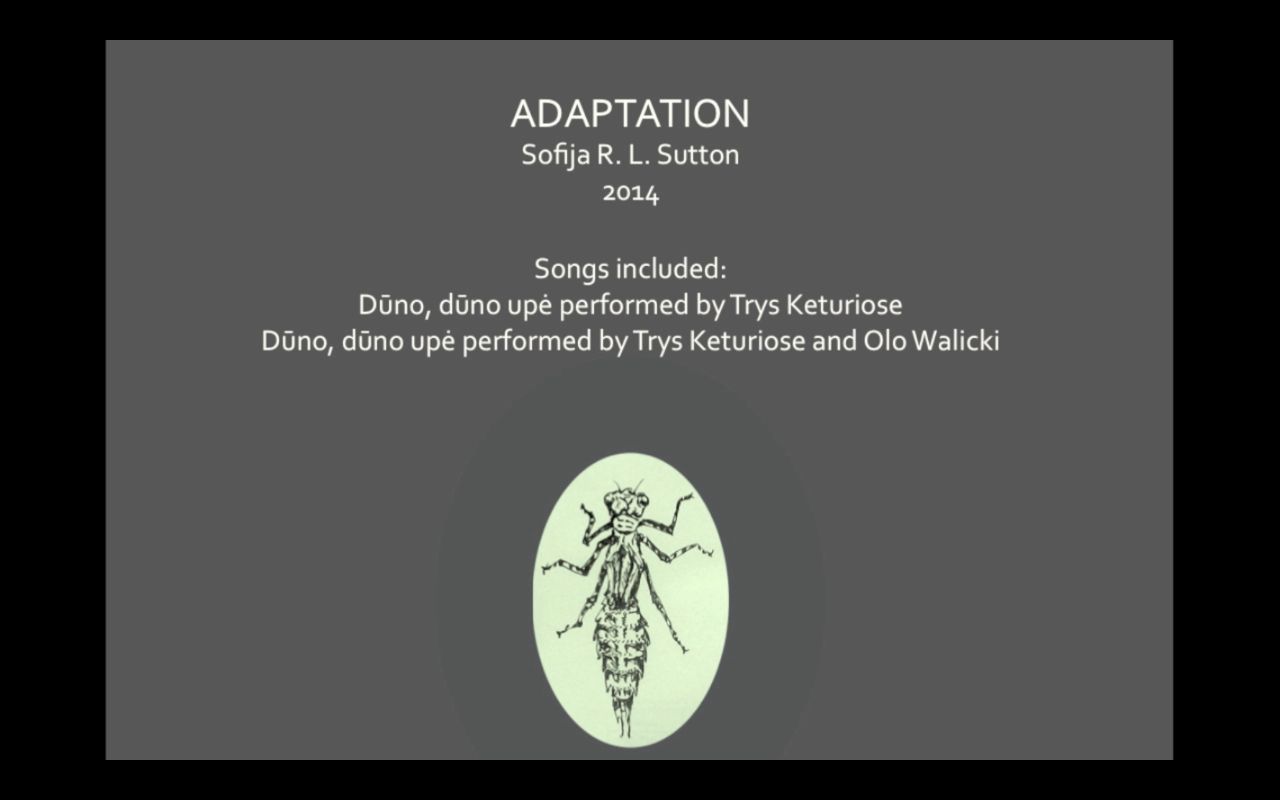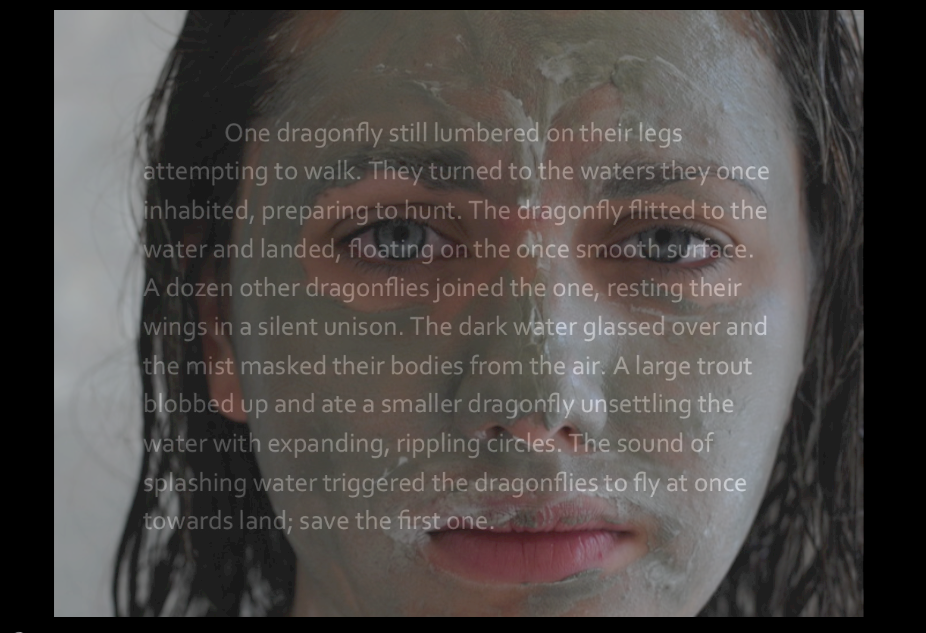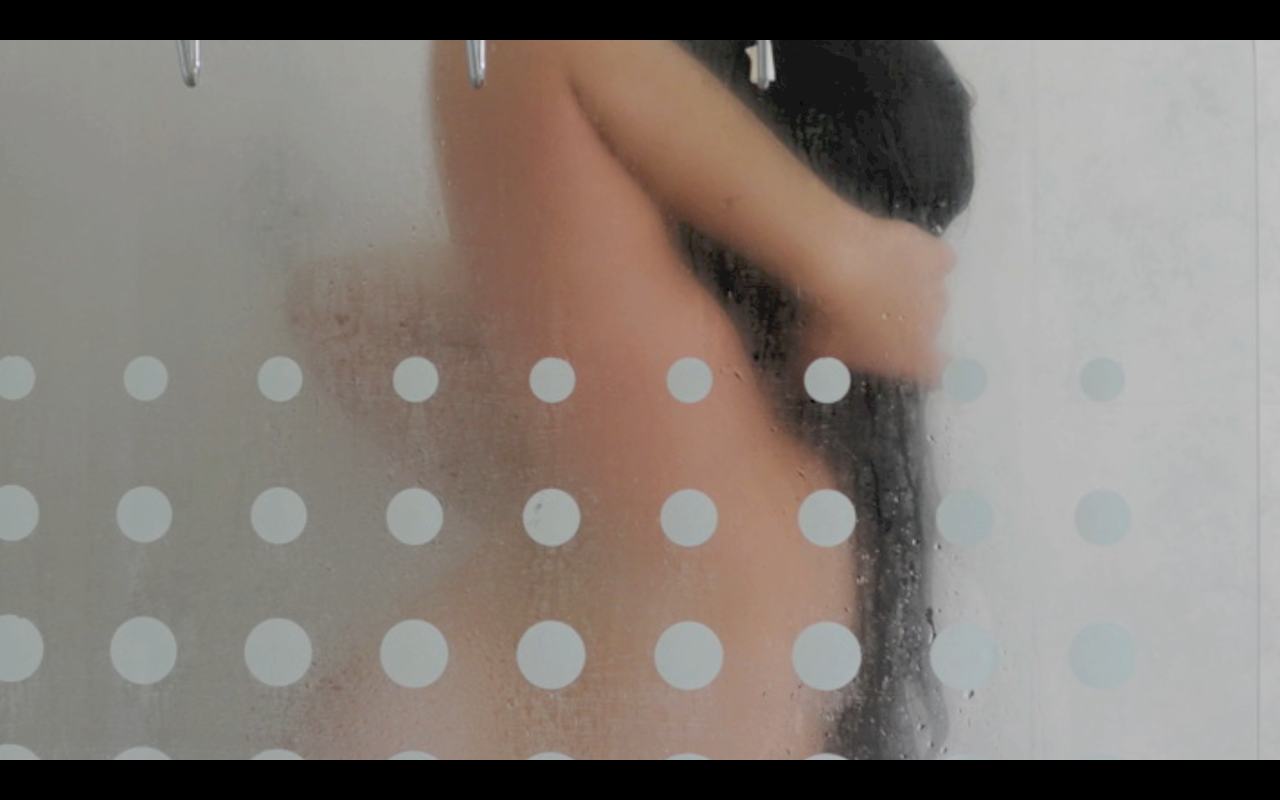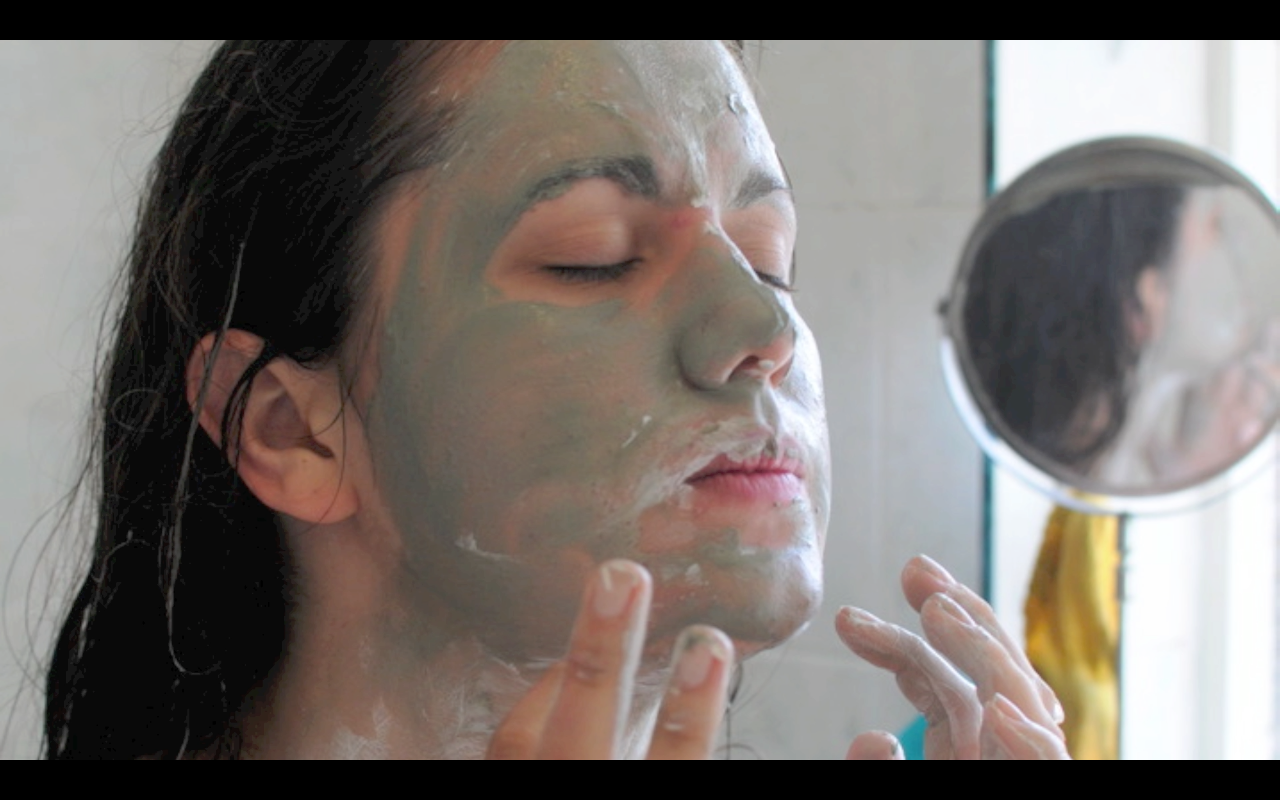The following works depict my exploration with text in the visual fine arts. Some works are projects in progress, some are finished installations or videos: all use narrative stories and visuals to tell layered metaphors for daily, intimate life. Someday I hope to use text and visuals in a collaborative way that, together, elevates both mediums to the creation of something new. But for now, I will be content with the effort of trying.
List of Included Bodies:
‘WE’, a शब्द/ شبد ( śabd )
Comunidad, 2016
Wild Oban (Video Collaborative with Katie Wright), 2015
Belly Balls, 2015
A Yellow Tongue (MFA degree show), 2015
Sometimes I am also the Spider, 2015
Bear Maiden Mural, 2015
Adaptation, 2014
‘WE’, A शब्द/ شبد ( ŚABD )
A description by the organizers Baishali Ghosh and Rajarshi Sengupta:
"The ‘WE’ team invites you to participate in the ‘WE,’ a शब्द/ شبد, a collaborative art-research project, which will culminate in an exhibition along with a publication. Baishali Ghosh and Rajarshi Sengupta have conceptualized this project. The Korean Cultural Centre, a non-profit organization based in New Delhi, India, has offered a grant for this project. The exhibition will be held at the Korean Cultural Centre, New Delhi from 10th August to 9th September 2016.
The project aims to investigate the intricacies, meanings, and the contradictions of the word ‘we’ and its complex meaning in various vernacular languages. For each of us, togetherness triggers different ideas, forms, sounds, and images. Togetherness is also about contradiction and conflict within groups and communities. It is also about the entanglement of diverse ideas, opinions, and actions. This project will investigate these interrelated issues through plastic art, sound, and new media works."
*For more photos of the group show and other's work and collaborations go to the WE Facebook group here: https://www.facebook.com/groups/288867658138321/
Comunidad
Comunidad is the result of my past three months in Rota. It is an interdisciplinary exhibition combining video, sculpture, writing, and illustration. Using the cochinilla (ligia oceanica), found in abundance on the beaches, I investigate the challenging ideas of an extended community that encompasses the local people as well as foreigners and wildlife. These isopods are an active part of the beach’s ecosystem and therefore are an appropriate symbol for the extended Rota community. All the works flow between Spanish and English weaving together the observations and words of both foreigners and locals.
The Videos: The two videos combine nature footage, community interviews, and humorous sketches into short sketches that play with humor and sincerity. You can watch both of the videos through their Vimeo links below.
· ¿Qué es lo que hace comunidad? (7:30) is a series of observations on the larger concepts of community, tourism, and wildlife’s functional role in Rota. Full of short interviews and my own explorations on community definitions, this video showcases the research elements of Comunidad. https://vimeo.com/165140699
· Cochinillamanía (8:18) is a humorous and lighthearted exploration of the isopods. Moving from an informative, though mocking, documentary to a series of fake infomercials, these sketches allowed me to play with my inspirational creatures and the idea of transformation and metamorphosis. https://vimeo.com/164556272
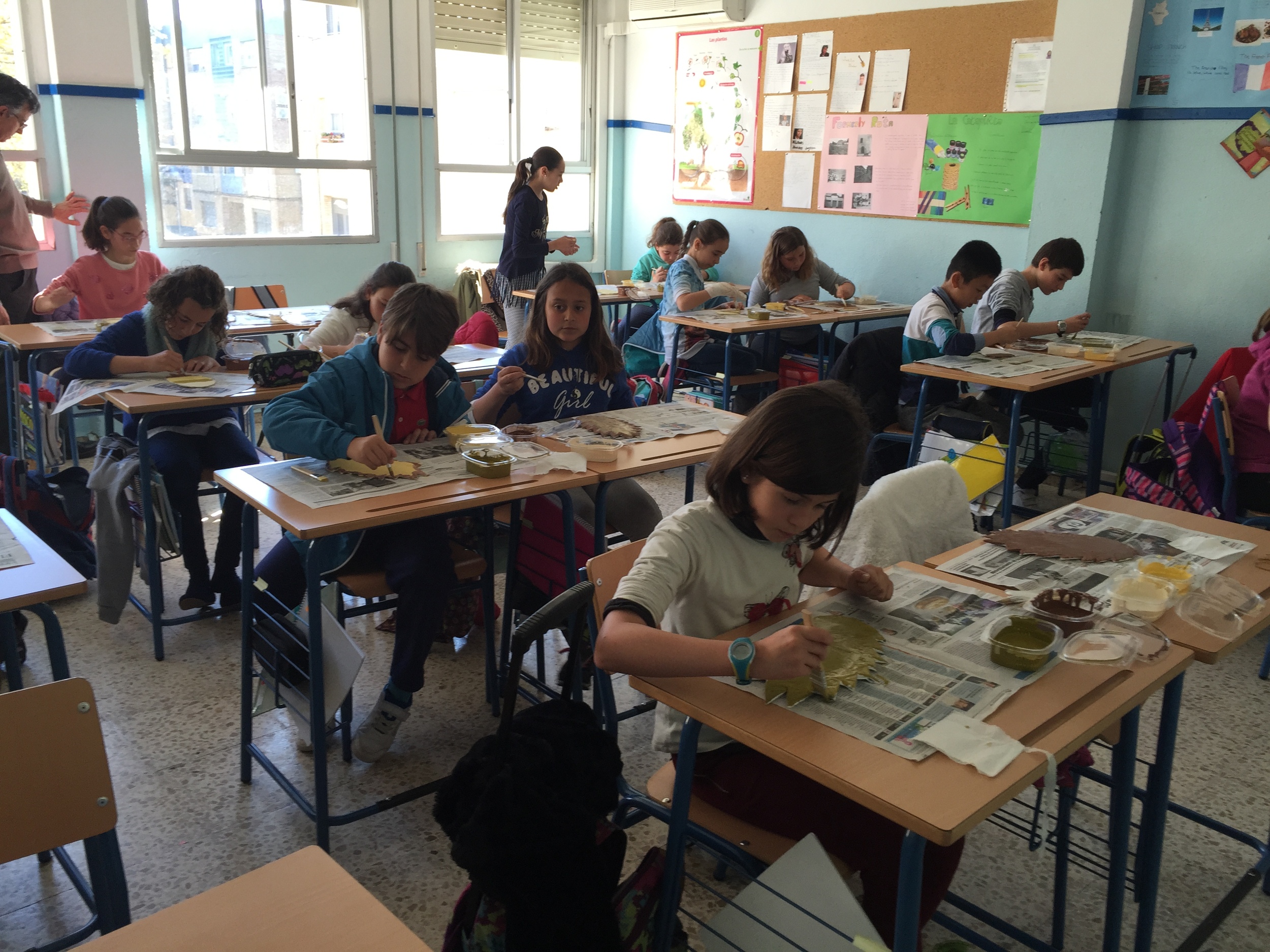
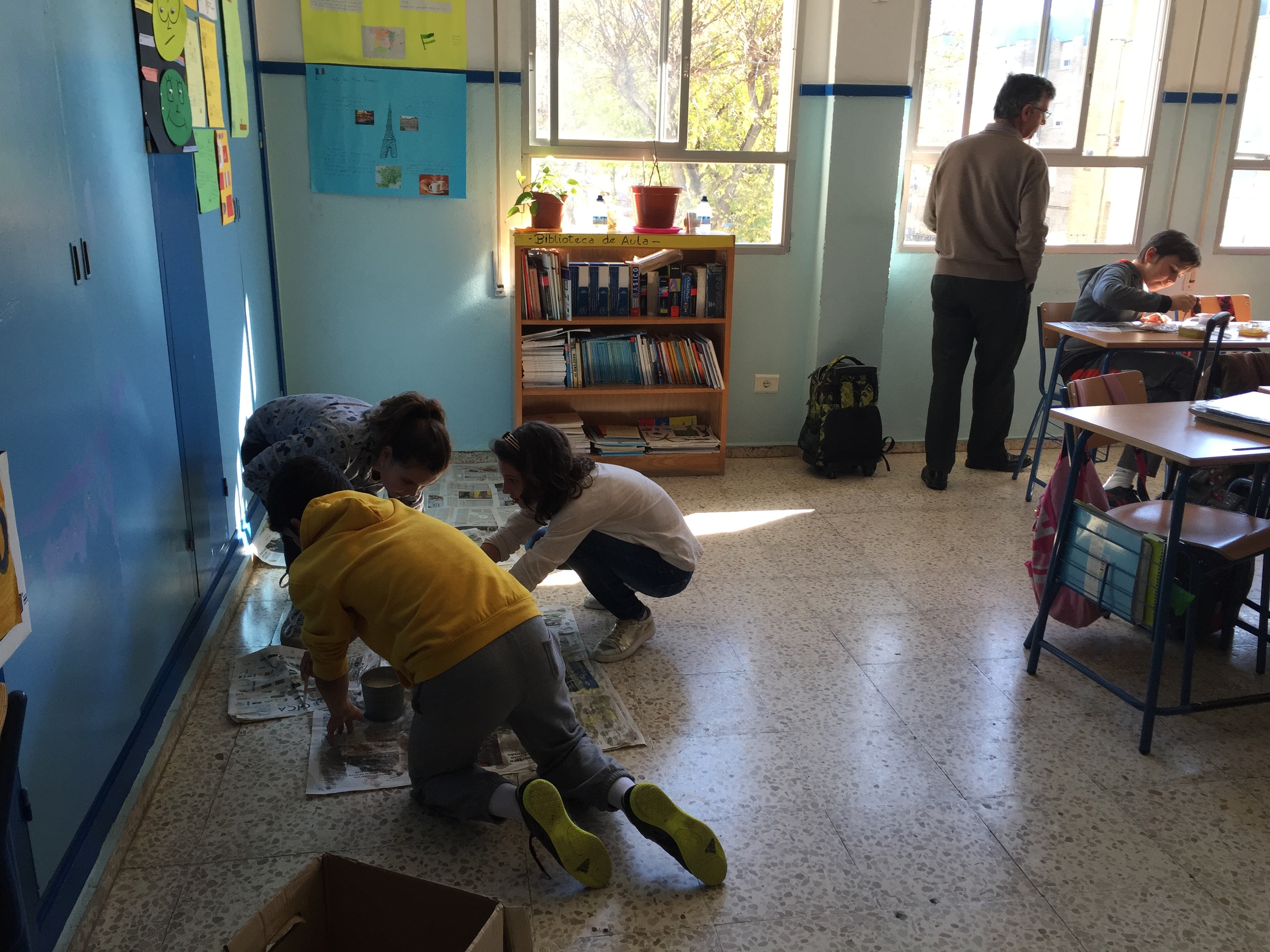
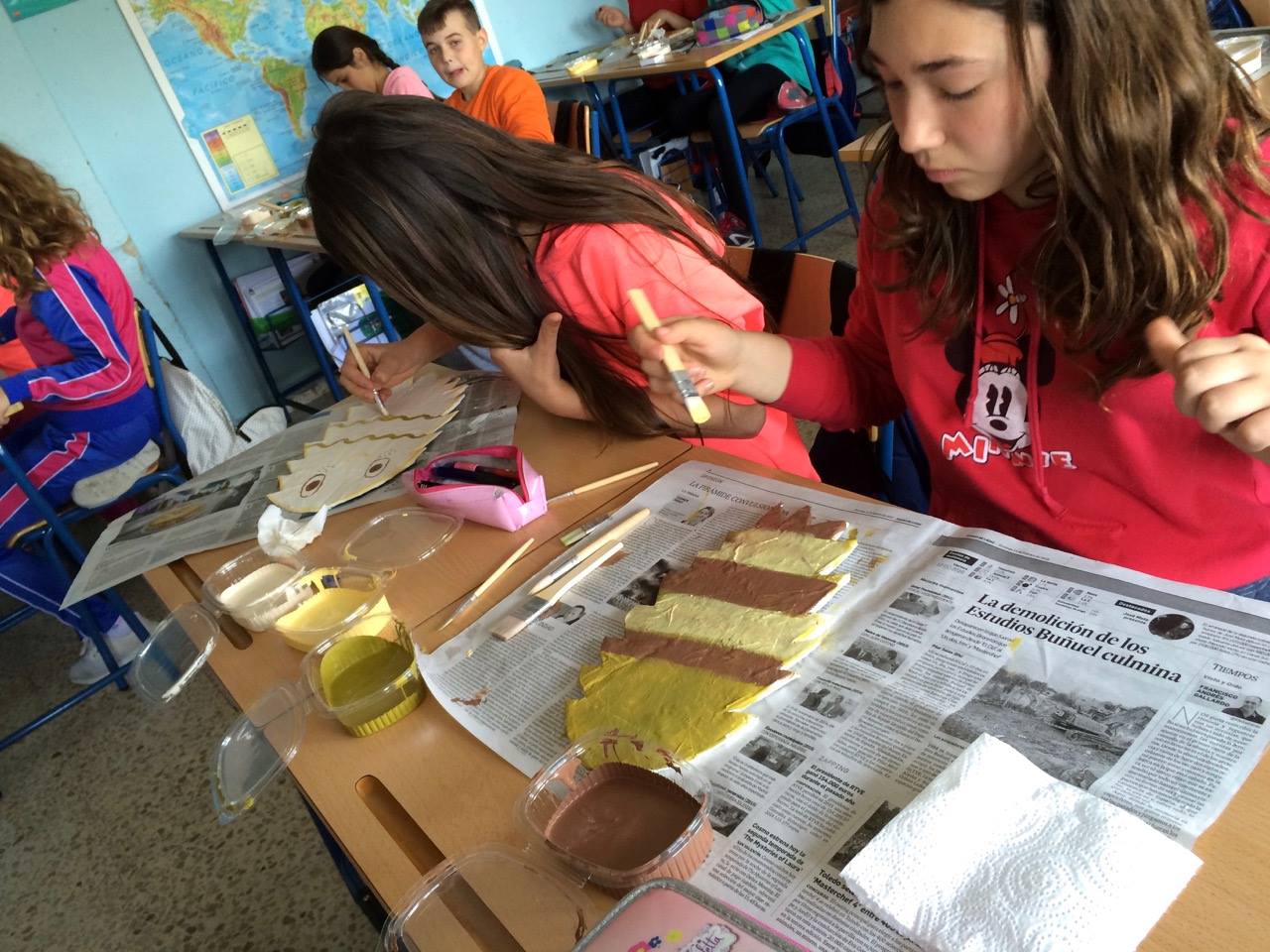
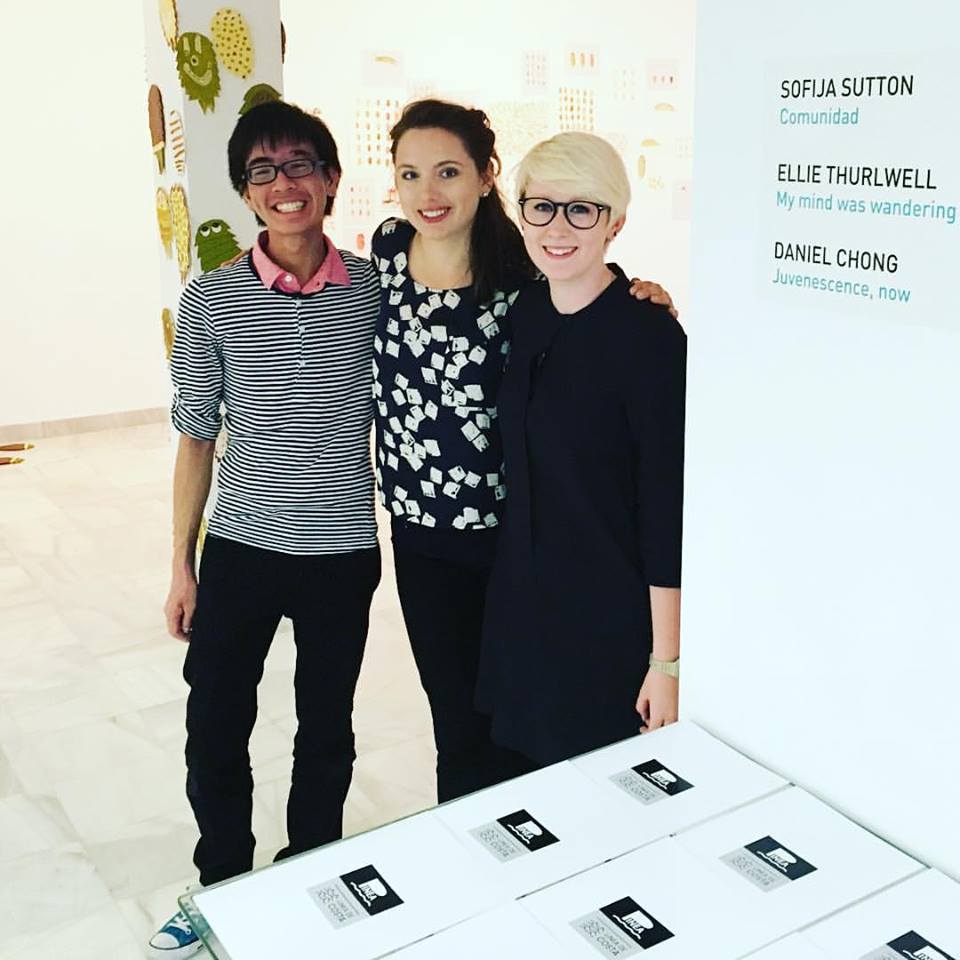
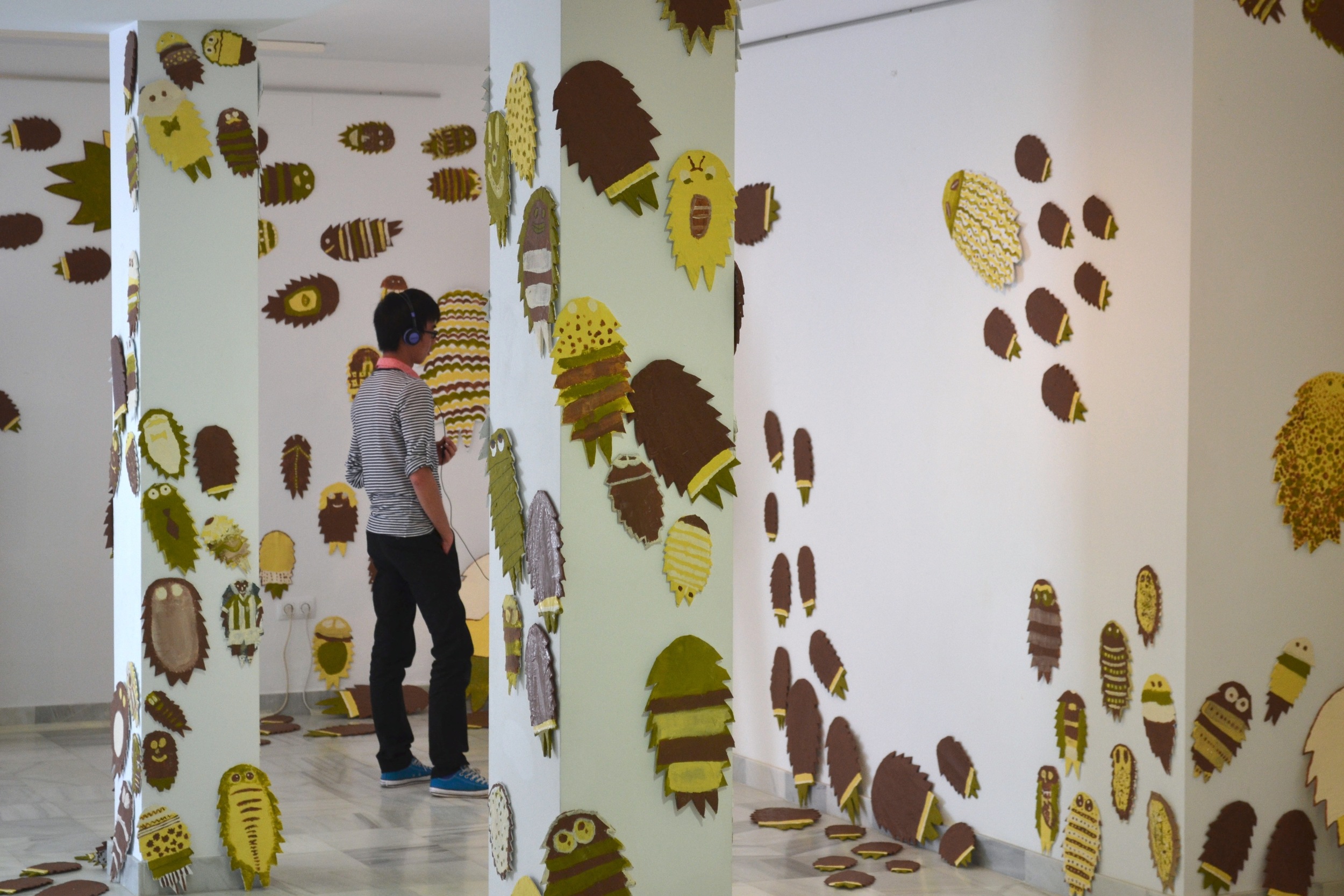

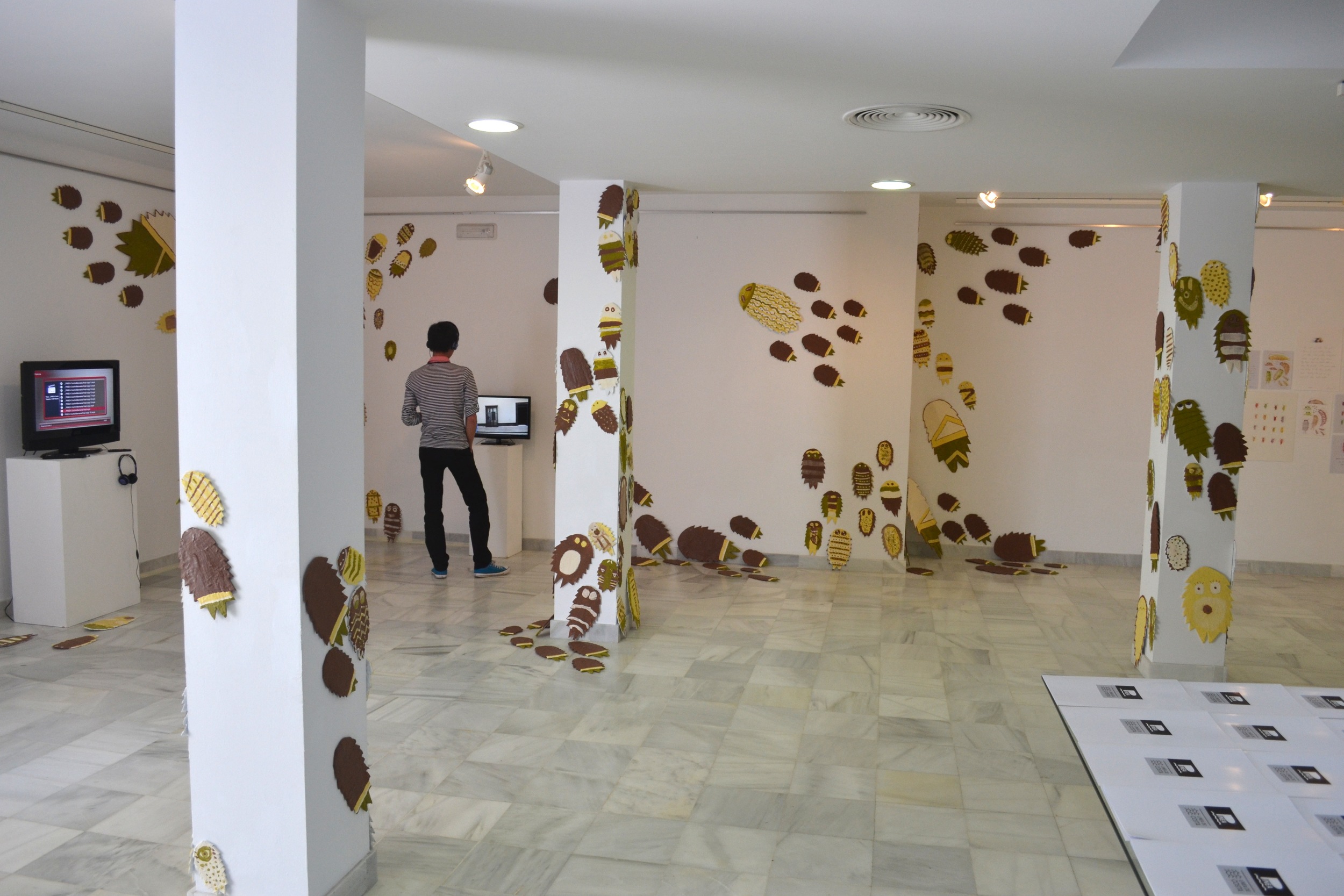

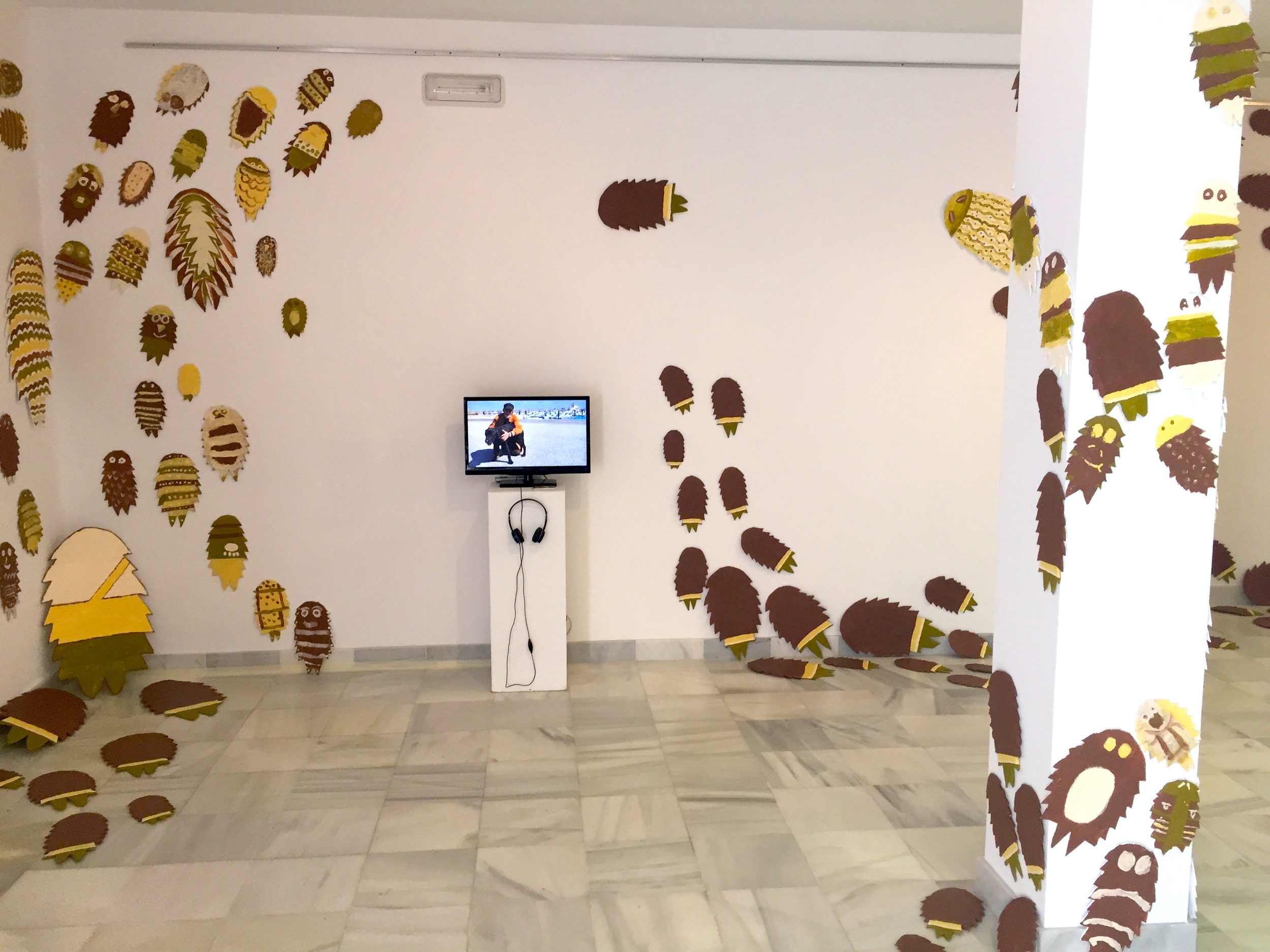
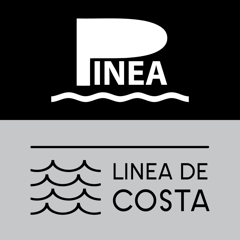
Hijos de la Playa: This sculptural installation is composed of 310 paper mâchė cochinilla forms. I individually constructed all of the crustaceans with repurposed cardboard and newspapers, flour and water. Over the course of two days, the 5th and 6th grade children of C.E.I.P. Maestro Eduardo Lobillo painted the cochinilla while learning about my project and isopods. By having the workshop result in a part of the final installation, I hoped that the exhibition would foster a sense of ownership and expanded interest in community art. The sculptural components painted by the children will be given to their creators at the end of the exhibition.
Carnaval de la Cochinilla: This nine-page short story is a bizarre tale of a future Rota with a fictional past, which celebrates the cochinilla annually in a fantastical and amazing festival with a magical conclusion. The story is in English only. Below is the first paragraph, if you would like a full copy please email me at any time.
I was a cliché failure looking for a cliché solution. Disappointed in life and work, I was travelling Spain searching for inspiration for my new book. Two weeks into a stint of drinking and wandering in Sevilla, I met an elderly gentleman at a local bar I’d been frequenting. His leather body was rickety and hunched – a thin, whispery man who made you lean in to hear his words and yet, decidedly dictated the conversation and demanded you listen. In tequila trembles he told me of a local festival in his small hometown of Rota, not two hours from here. Due to take place in three days, it was a traditional carnival honoring the local crustaceans and sea creatures. No press was published and no photos were taken. In fact, if you had not grown up there you likely would have never heard, nor ever would hear, of this festival.
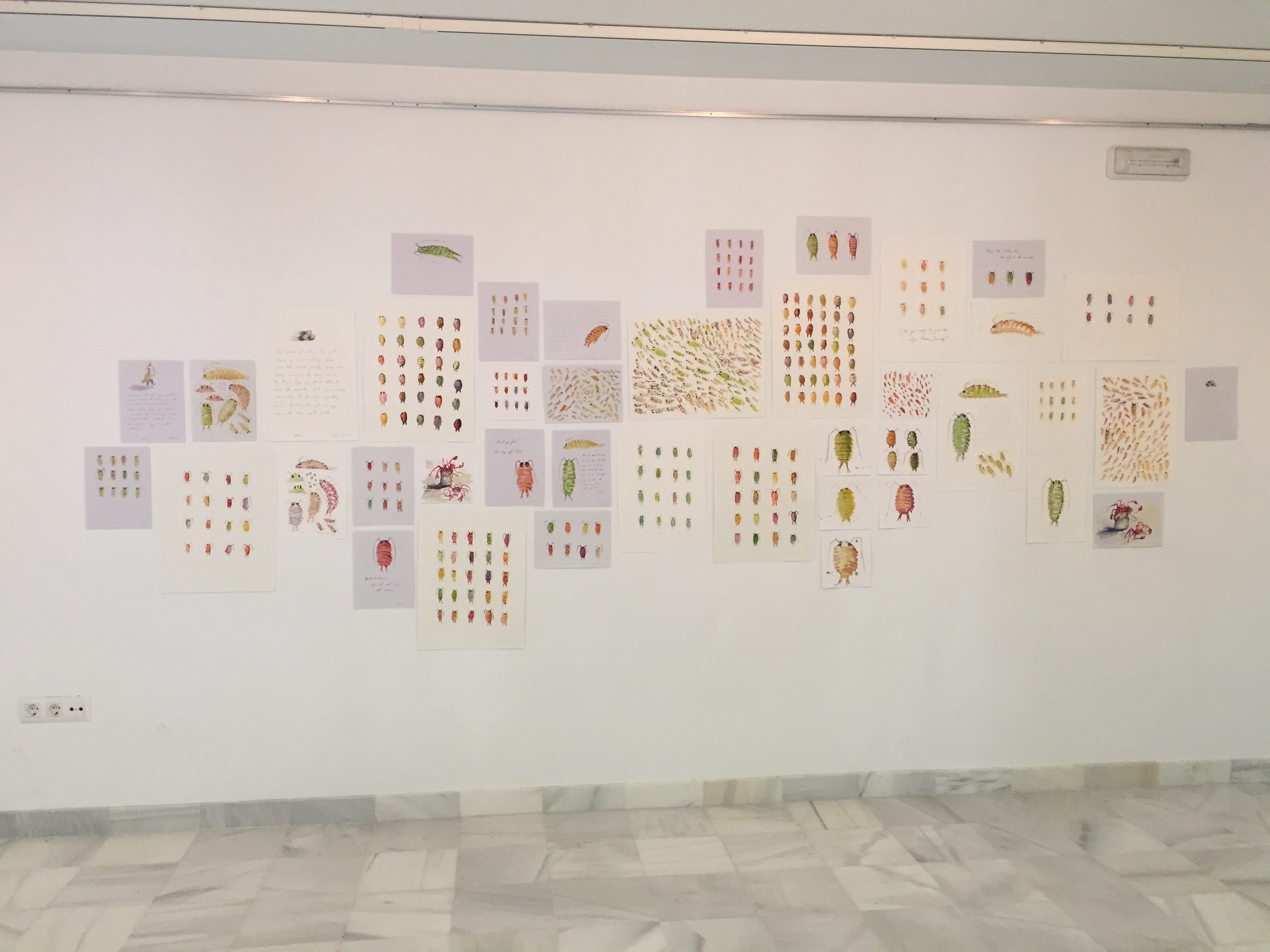
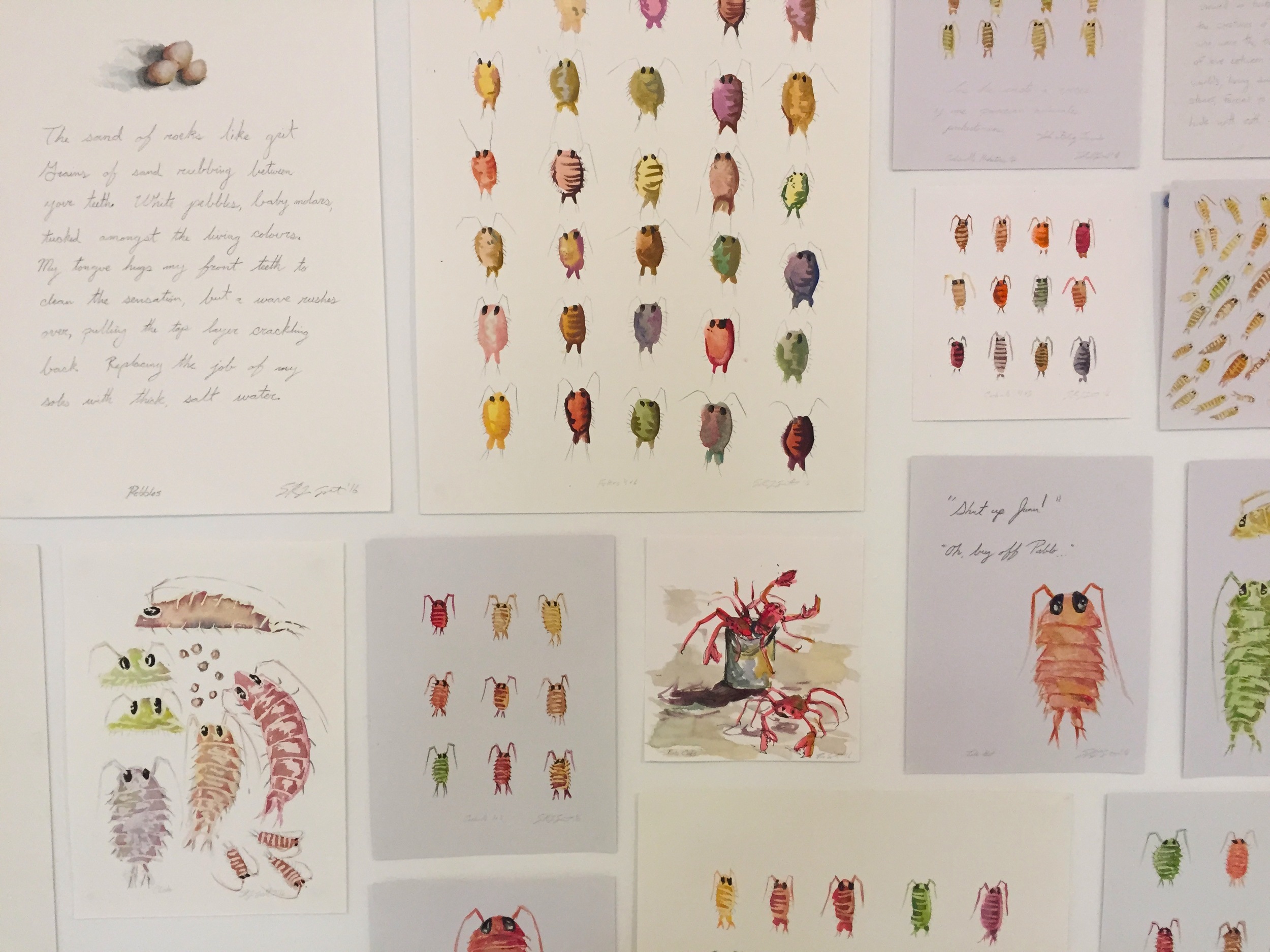
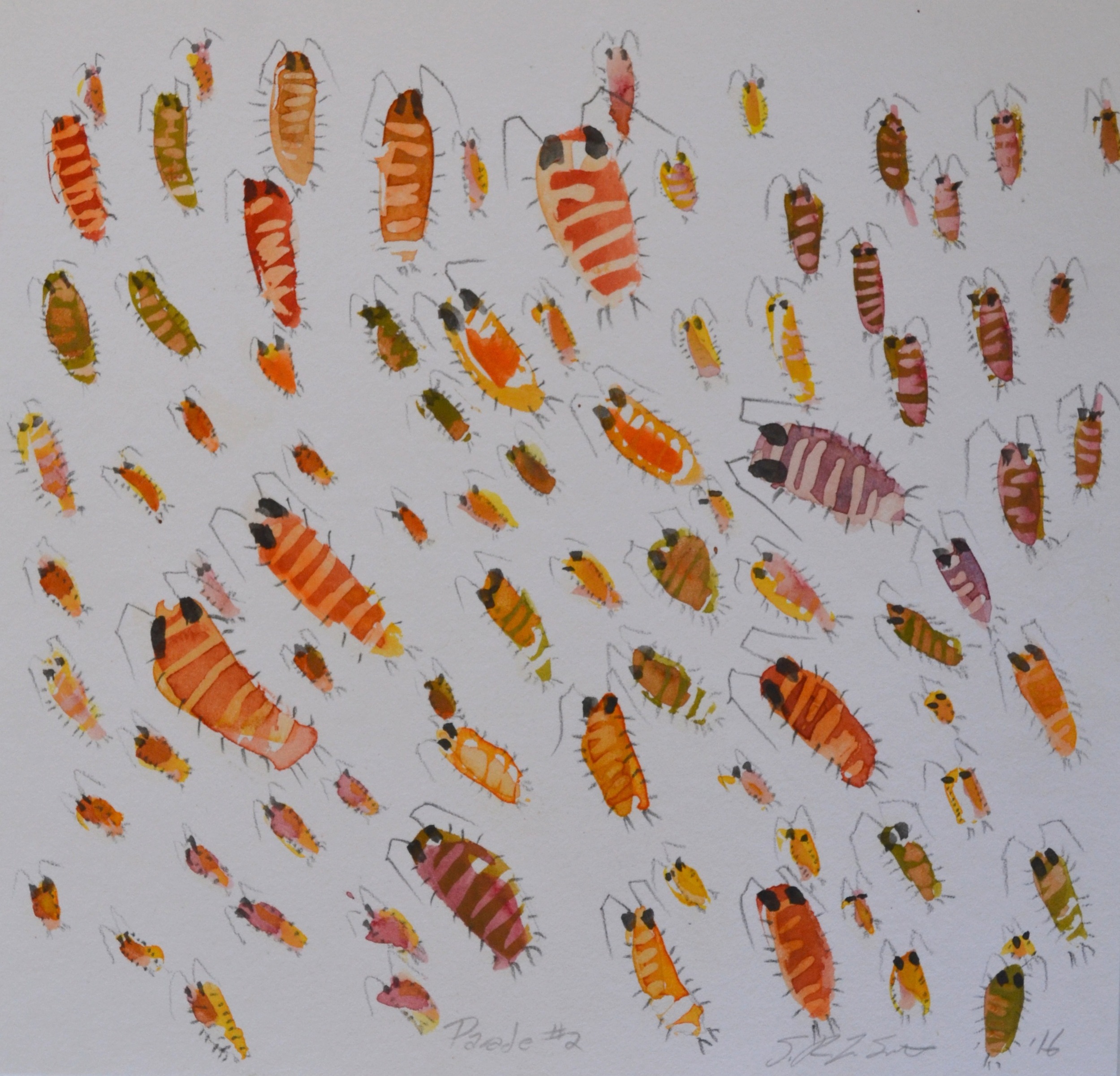
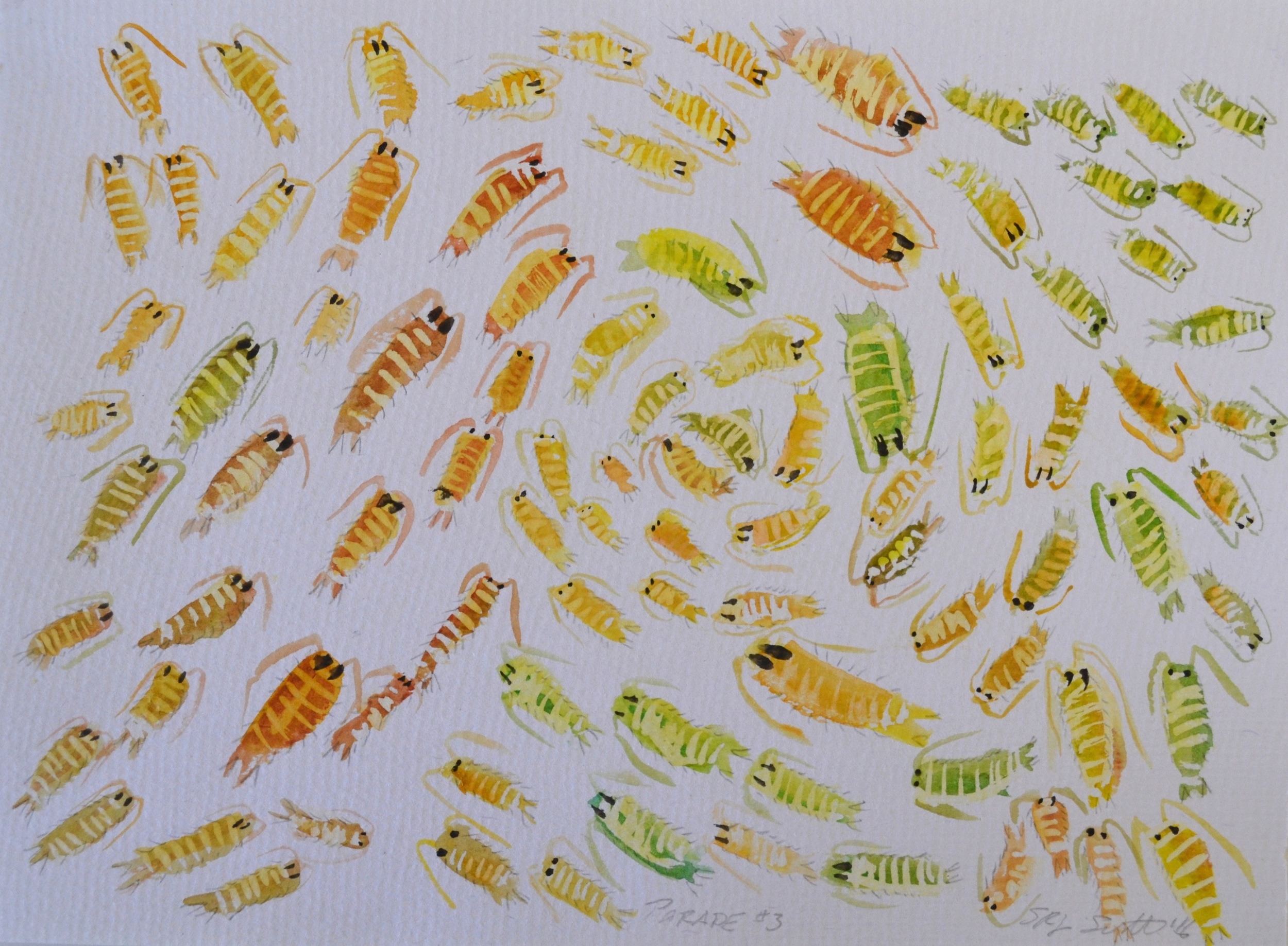
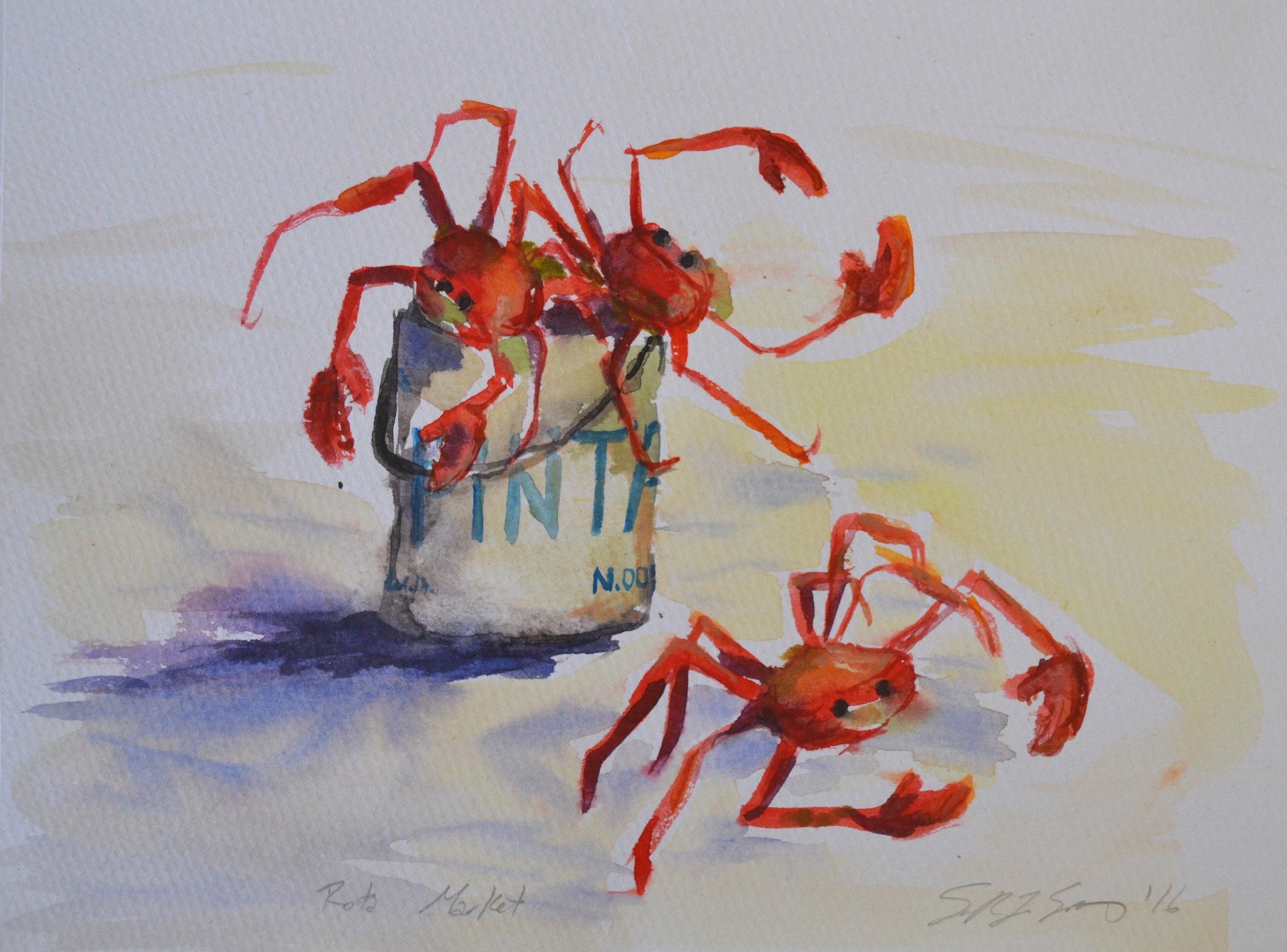
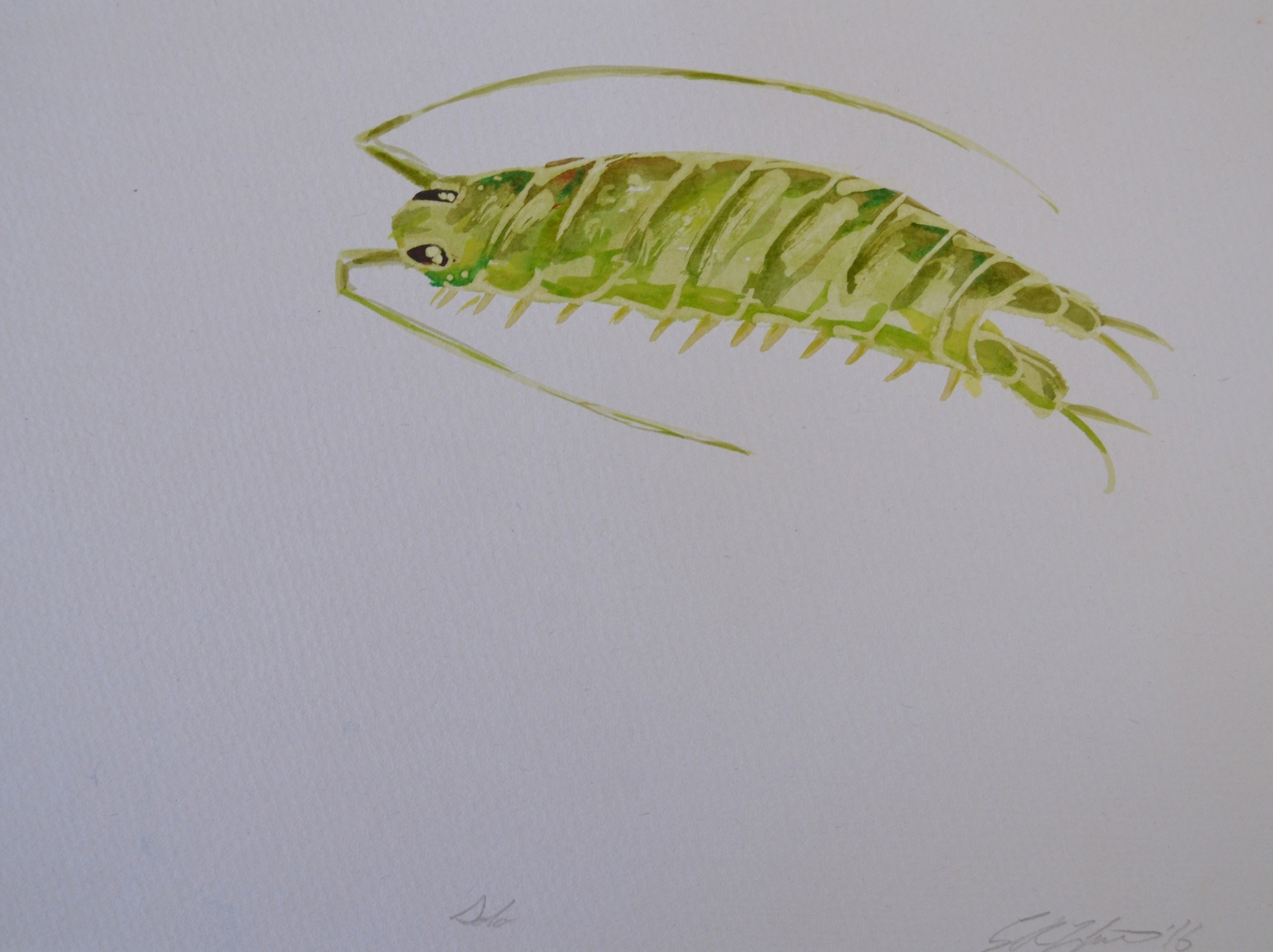
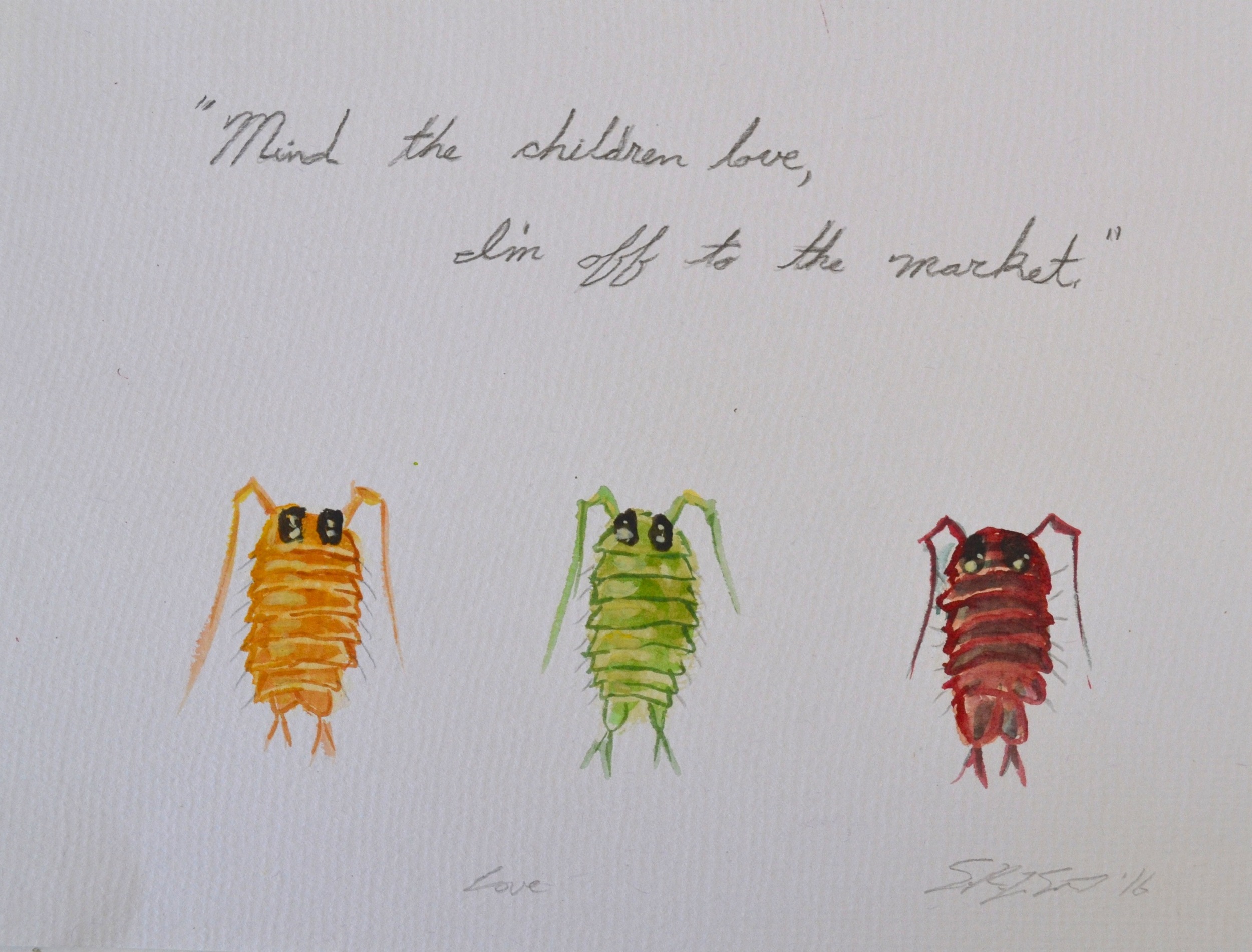
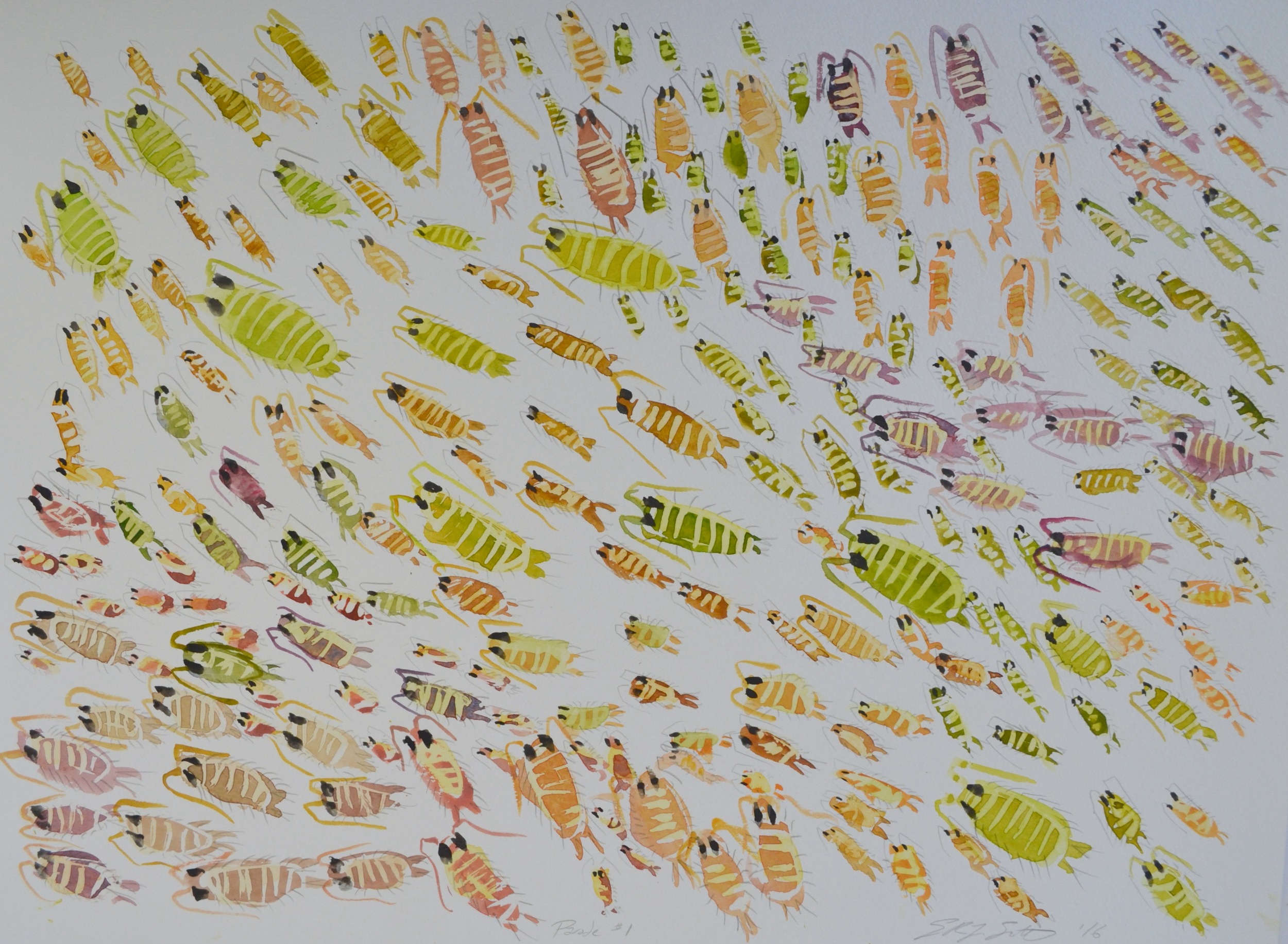
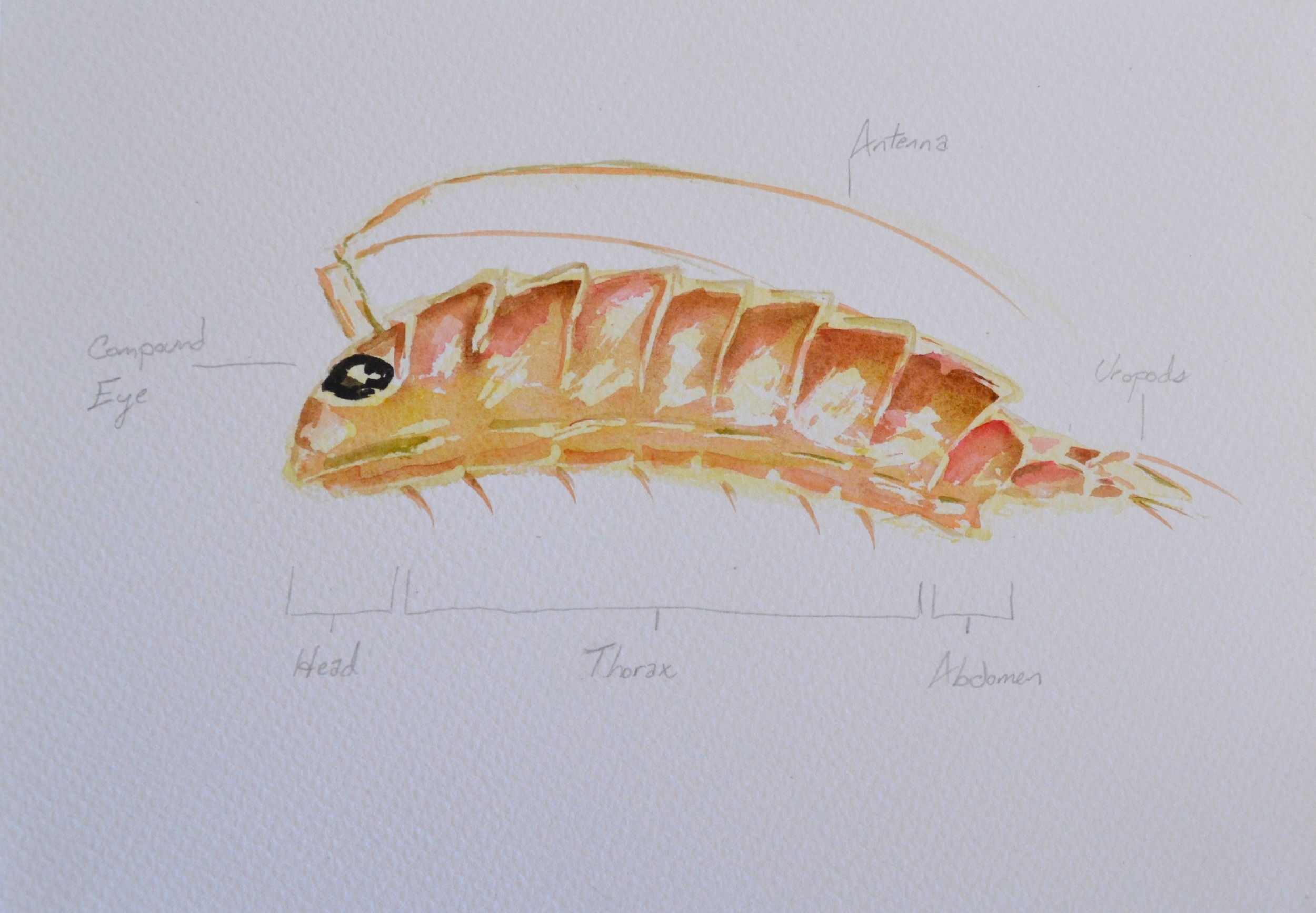
Familias de Cochinillas de Mar: This series of watercolor and pencil illustrations started as color doodles and evolved into a compulsive repetition of form and color. Like the creatures themselves, they are numerous and grouped into colonies. I find these illustrations a pleasant connection to the idea storytelling (continued in my text) and the role of children’s art (as seen in the installation).
Wild Oban
Collaboration with UK artist Katie Wright. Funded in part through Kickstarter and supported by the Newcastle University Student Alumni Association. Screened at Tyneside Cinema's Show and Tell (Nov. 2015) and shown at B&D Studios (Dec. 2015).
www.wildoban.com This project site is now retired but you may still watch the full 17:20 min video at: https://www.youtube.com/watch?v=qfhuiOiNm2w
Project Brief: Wild Oban draws inspiration form Scottish folklore and the ceaseless wandering of marine life to conduct visual storytelling. Through juxtaposition of the fantastic anthropomorphism of the sea found in folklore with the loosely narrated tale of the bored employee in a fictional tourism business, Wild Oban reveals contemporary fears of discontentment and rootlessness evolved from stories from before our time.
Installation: Wild Oban is a two-channeled video installation. It uses two HD projectors to display the video onto 300x170 cm screens made of fabric and wood.
Background: The coast of Scotland and the Hebrides Islands have an abundant and beautiful wildlife, including the migratory visits of the giant basking shark. We traveled to Oban in August, specifically to record these ancient-looking creatures that have evolved to be perfectly suited to their environment and purpose. Seeing these sharks and learning about their functional adaptations helped to inspire our project narrative addressing individual human adaptations in contemporary life. Despite our first-hand observations and materials, the basking shark remains, scientifically, a relative mystery. This mystery paired well with our idea of the evolving myth of the Scottish Blue Men: using the basking shark as a contemporary representation of the characters. The Blue Men are a regionally isolated myth that evolved in the Inner Hebrides and is today, all but forgotten.
Artistic Aims: WILD OBAN combines travel, exploration, nature, and folklore into the production of a short narrative video installation. Focusing on combining the myths of the Blue Men of the Minch with the elusive basking shark, our video explores the evolution of myths as a metaphor for the changes, or lack thereof, in individual’s everyday lives. The visual characters of the Blue Men and the sharks represent the accepted changes of the fantasy world. This strongly juxtaposes with the audio narrative in which the protagonist resists adaptation in her daily reality despite feelings of restlessness and discontentment. The narrative combines prose, flash fiction, and poetry into a segmented structure that loosely addresses the life of a woman stuck in her employment and situation. Our intimate and specific stories speak to a much wider audience that struggles to adapt and thrive in the modern world.
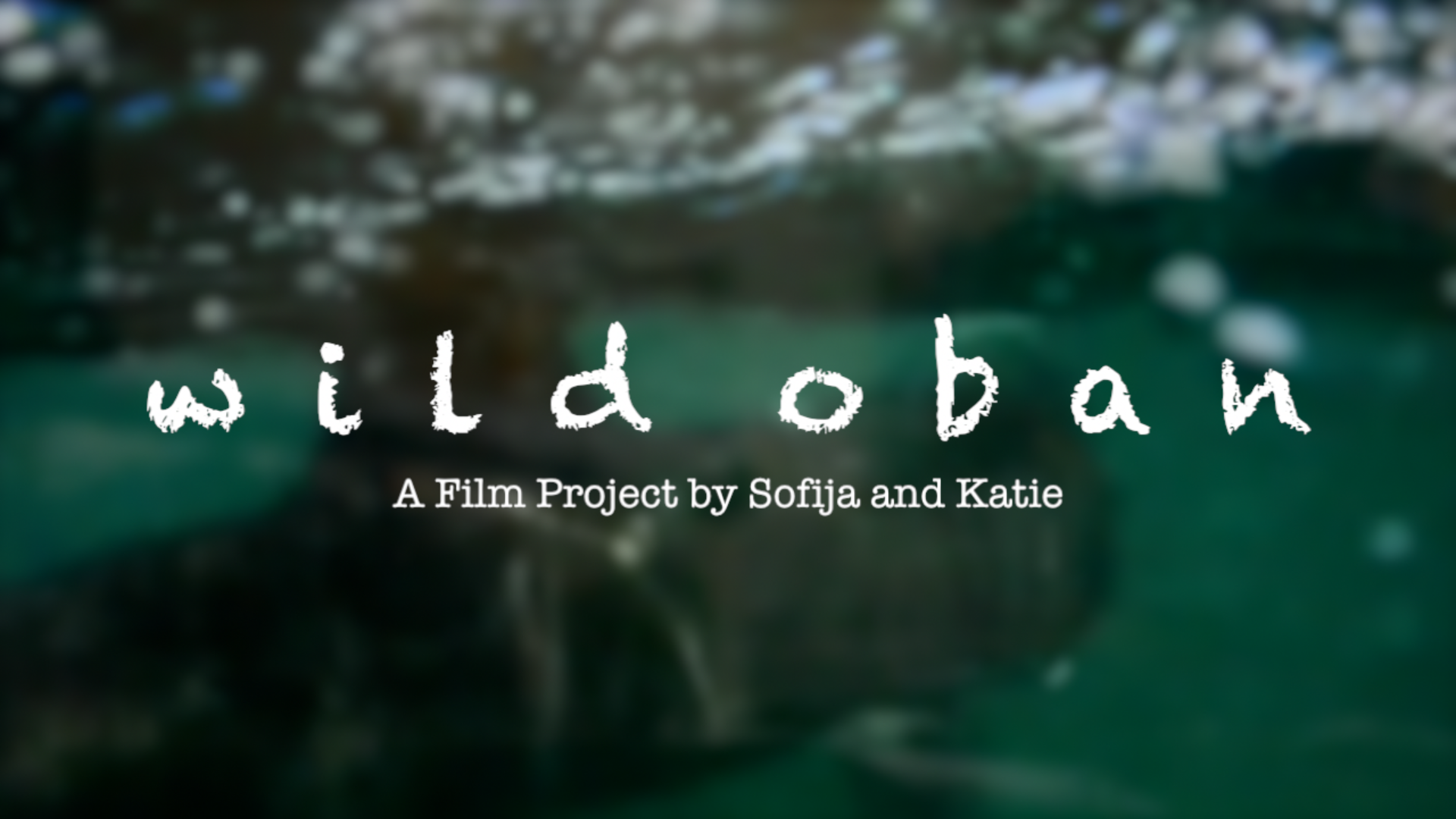
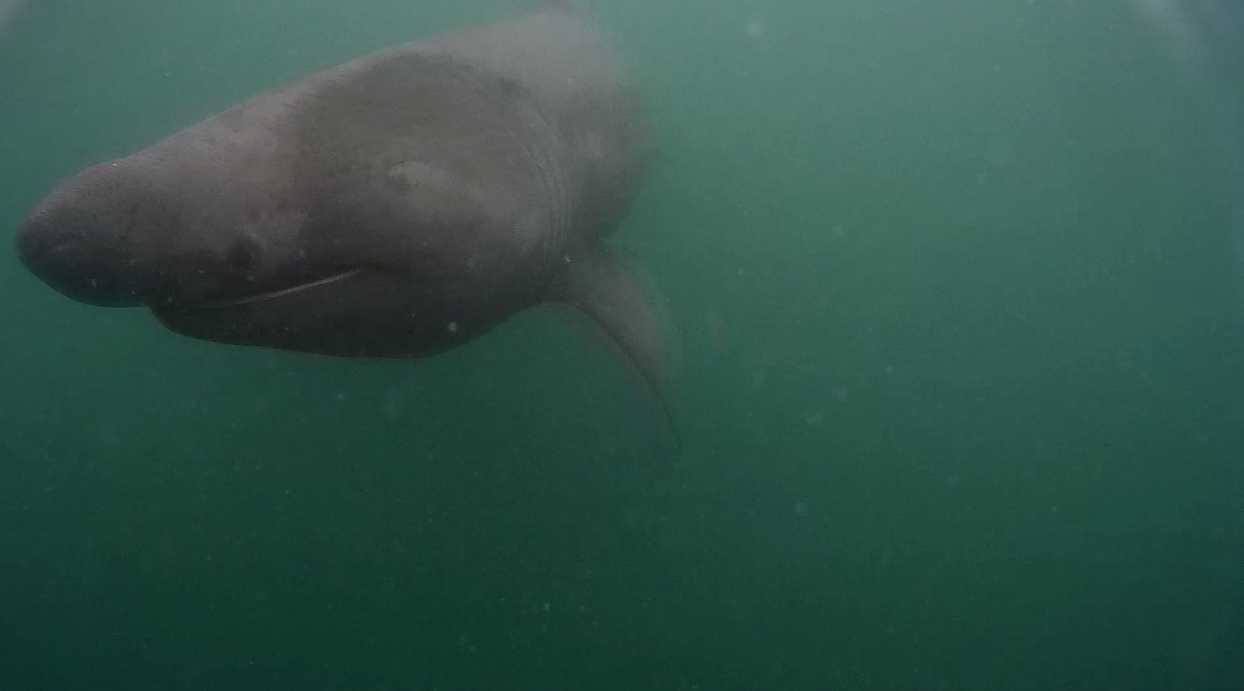
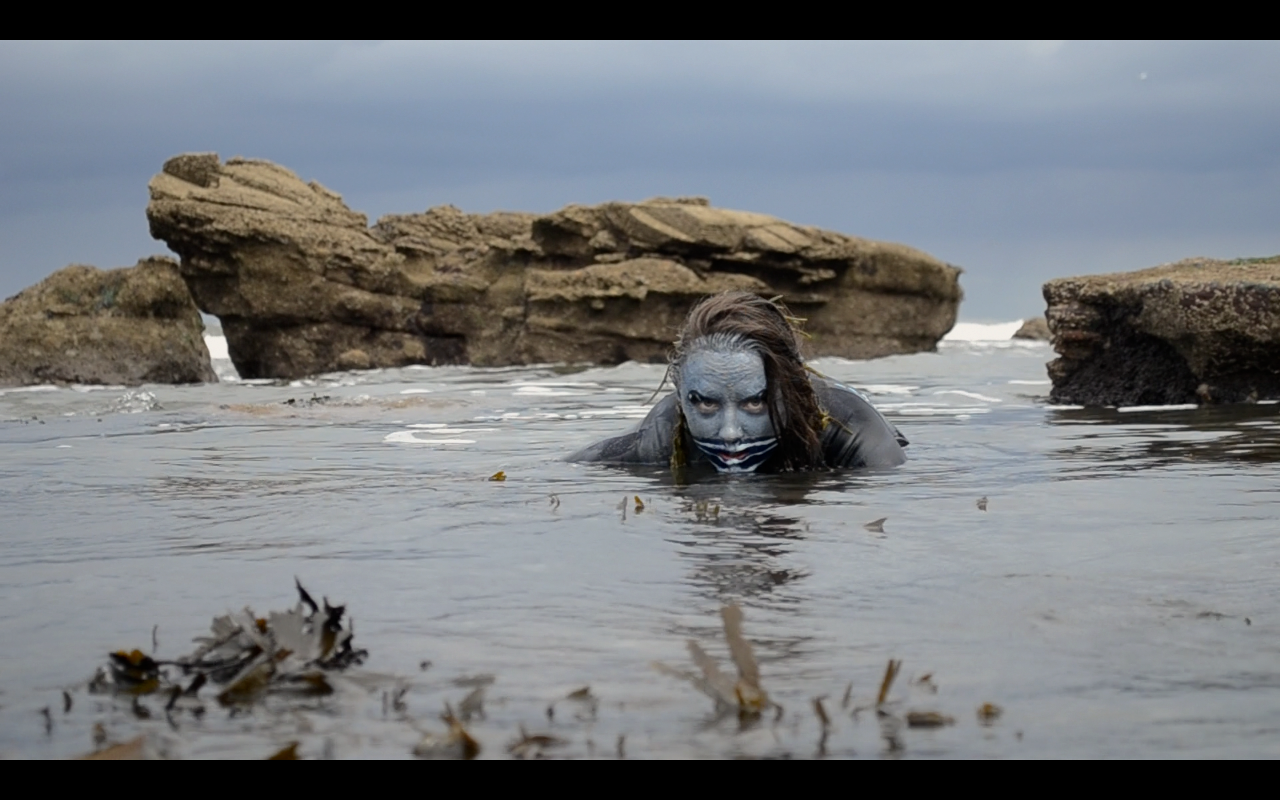


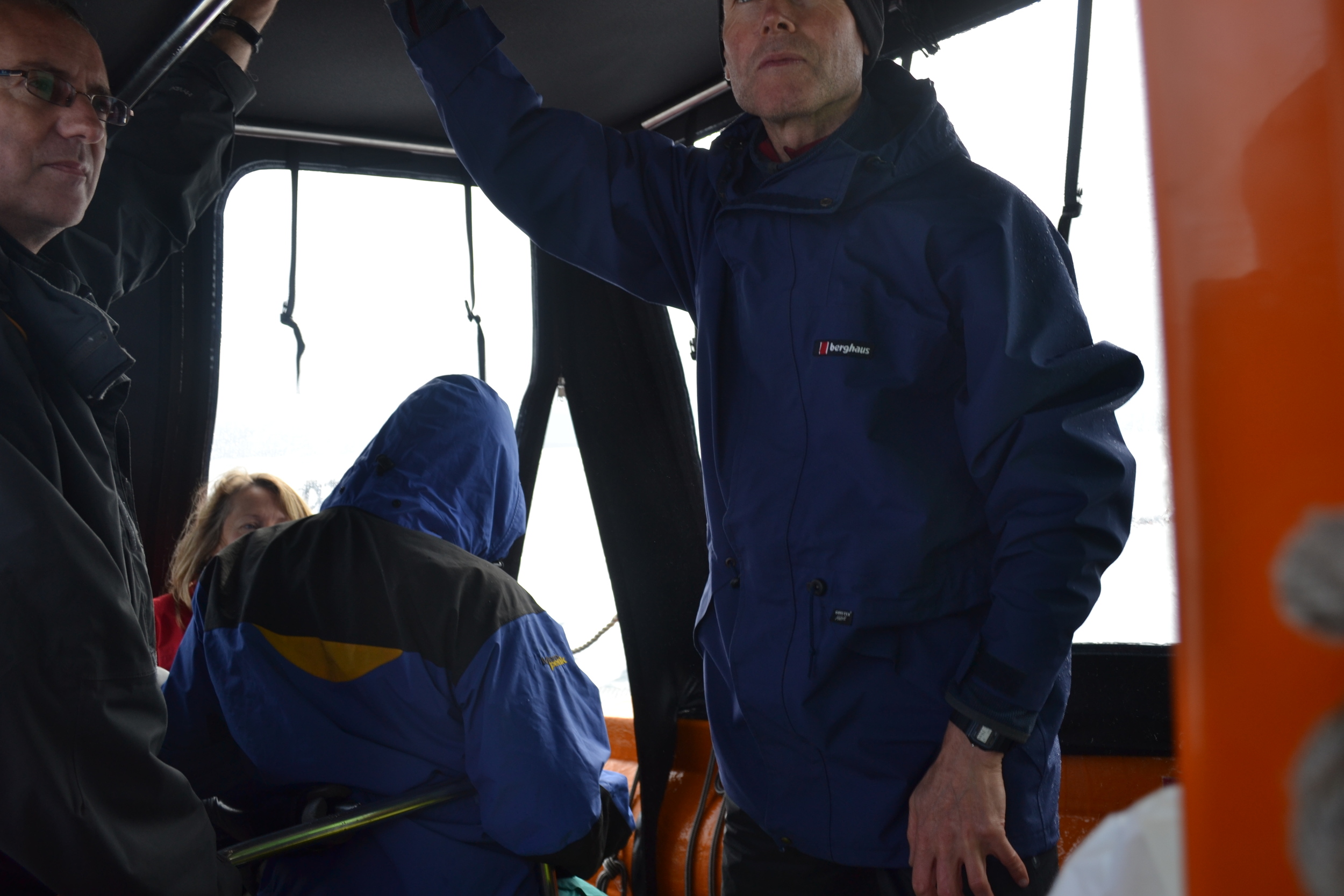
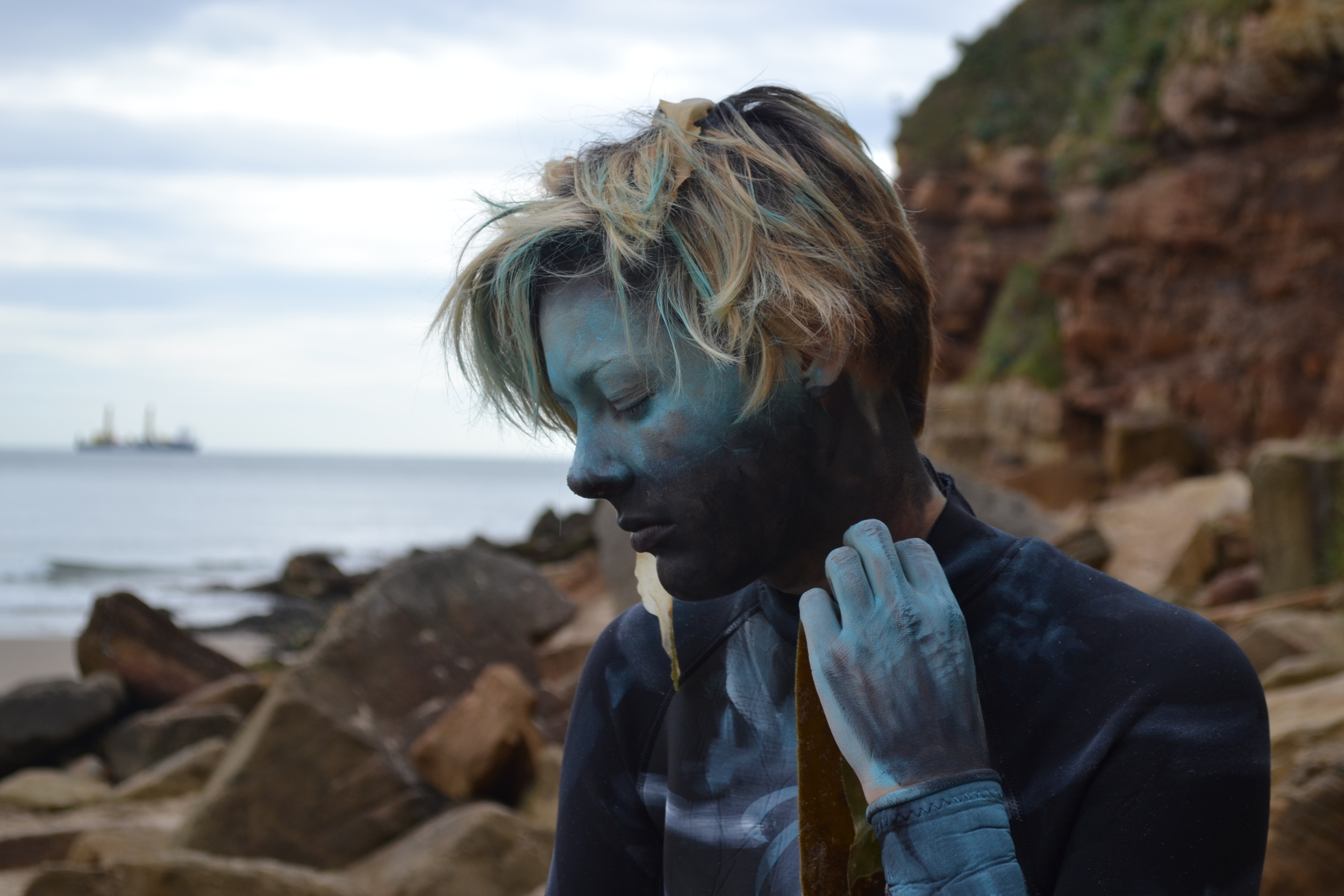
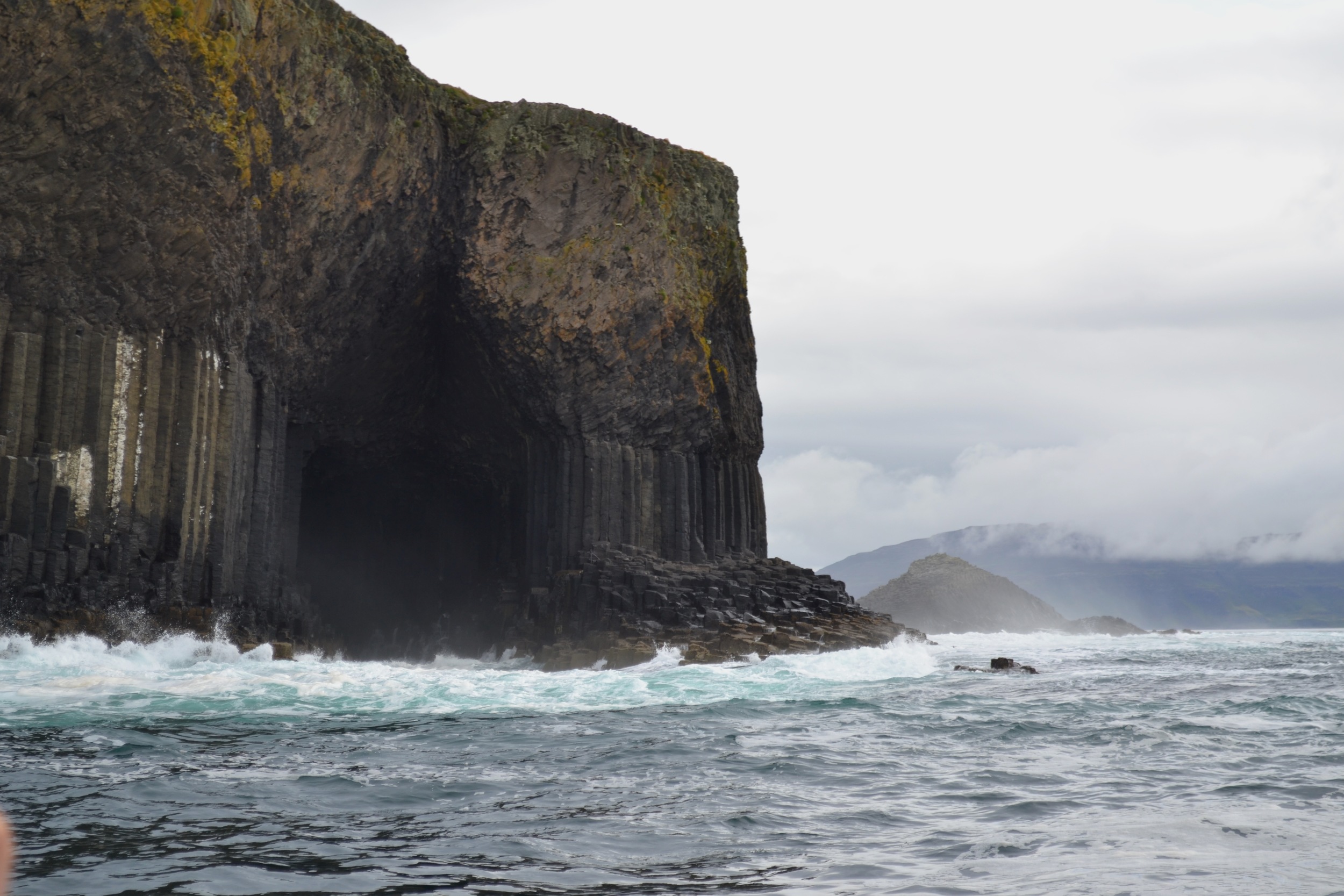
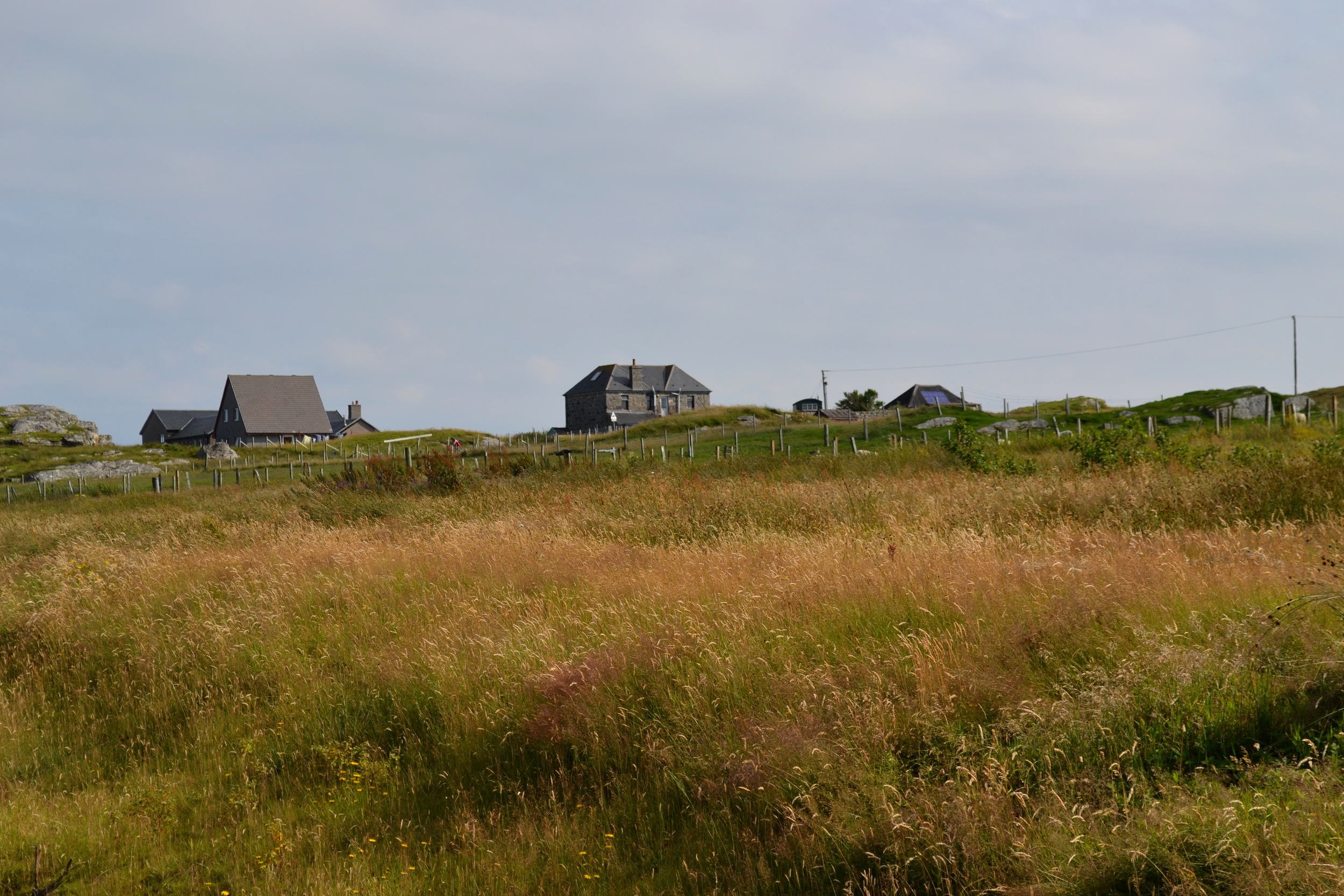

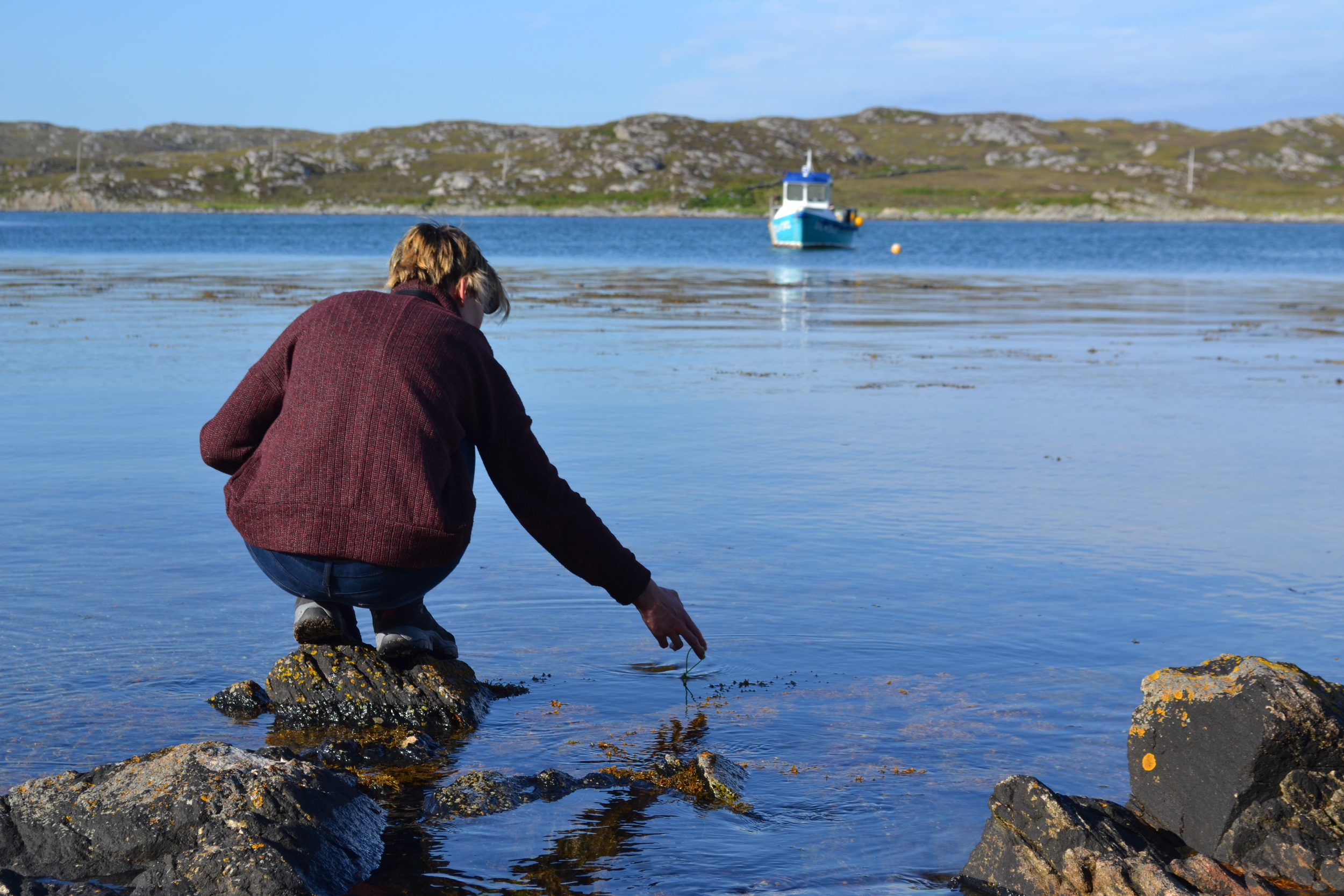
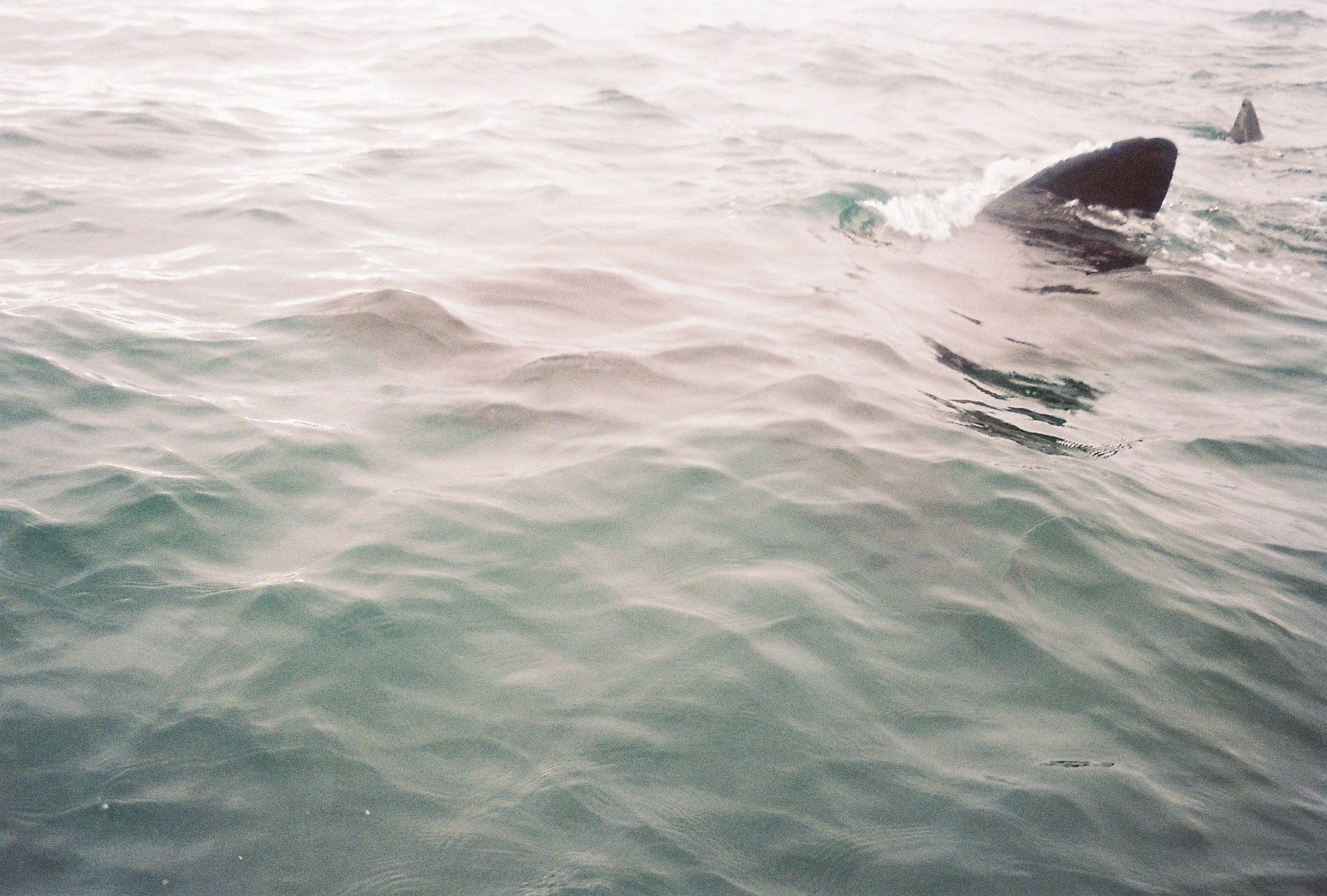


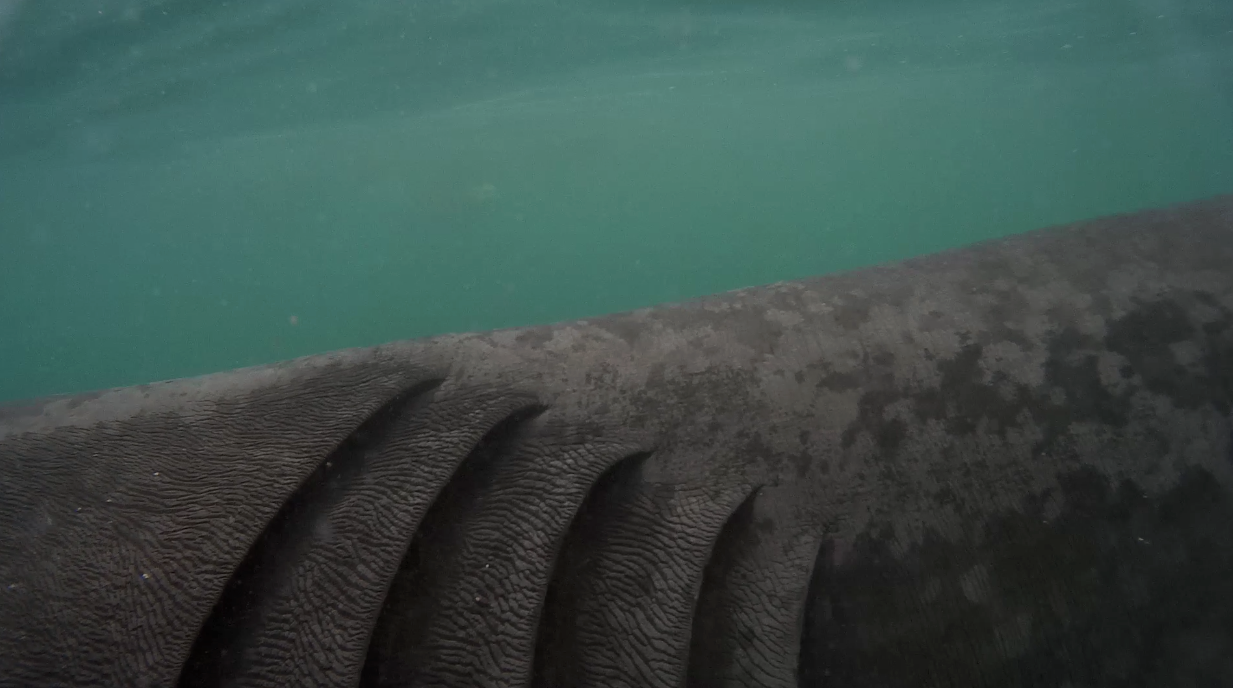
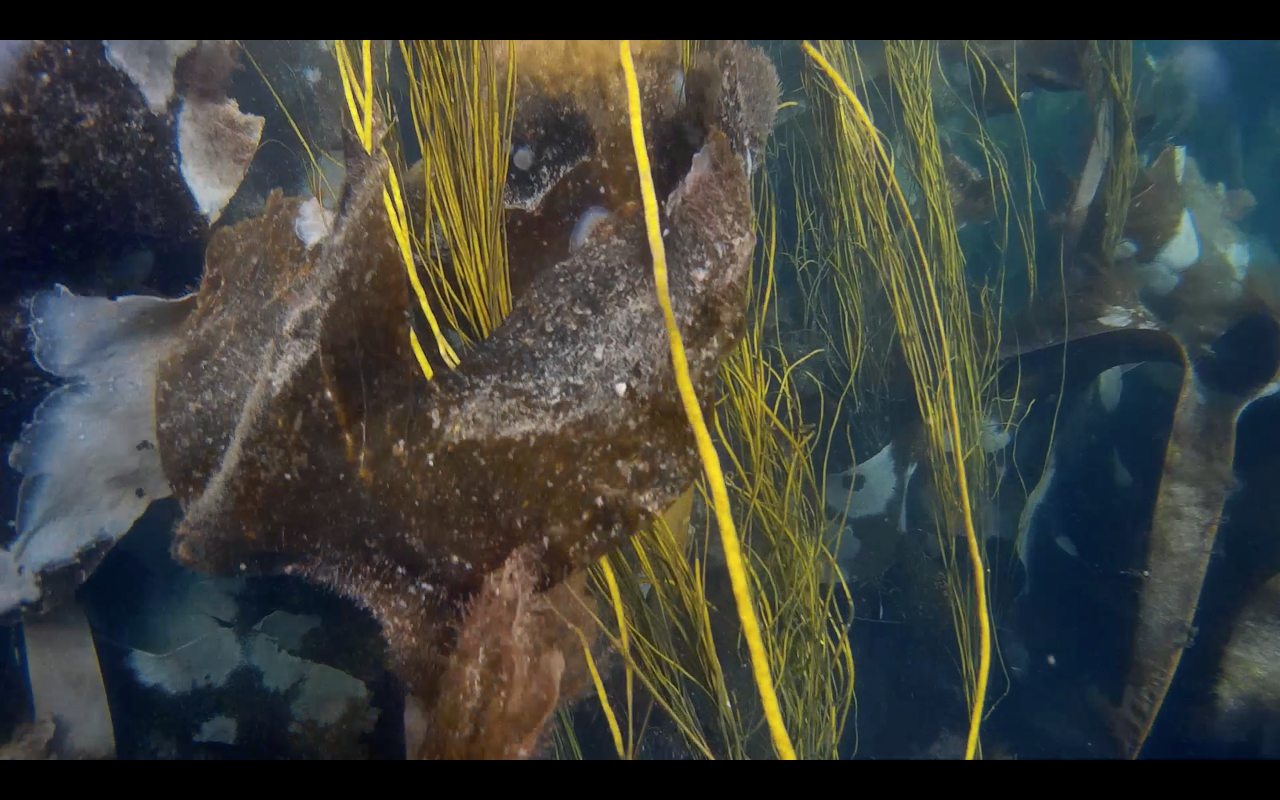
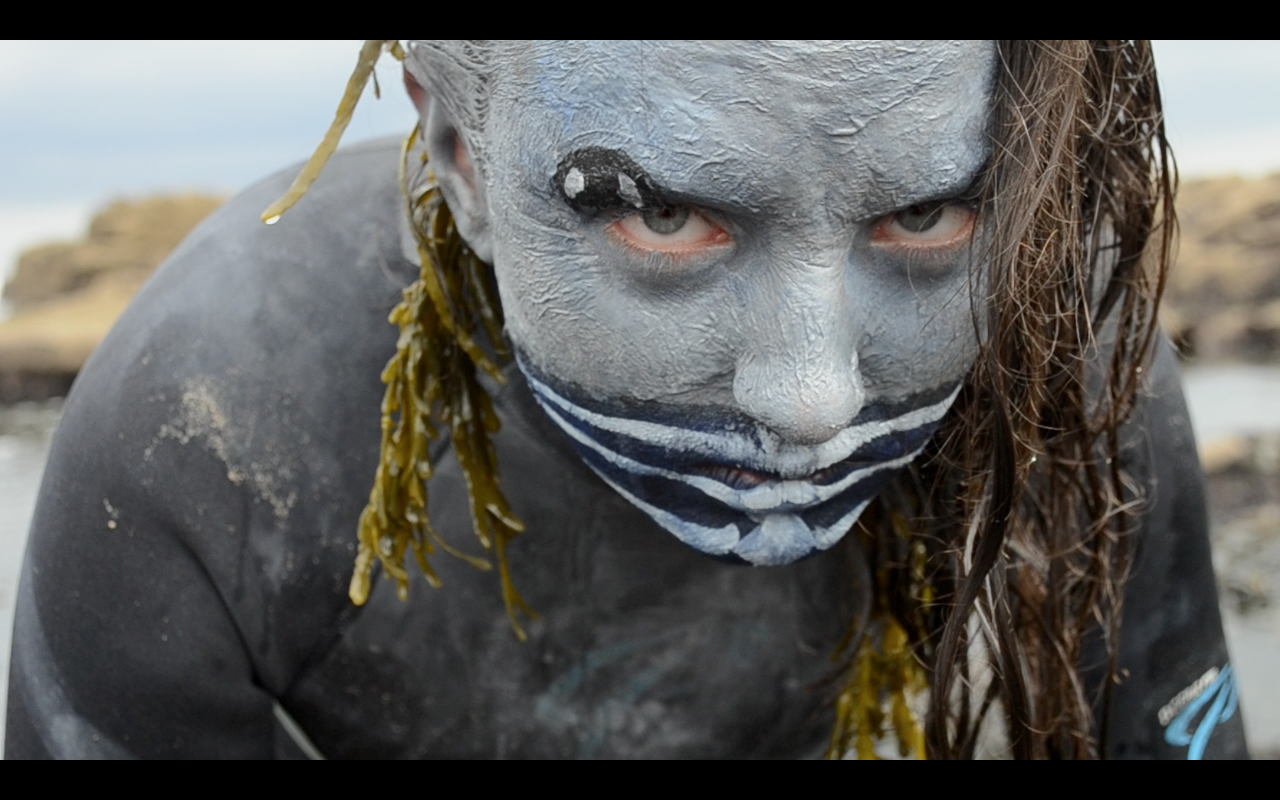
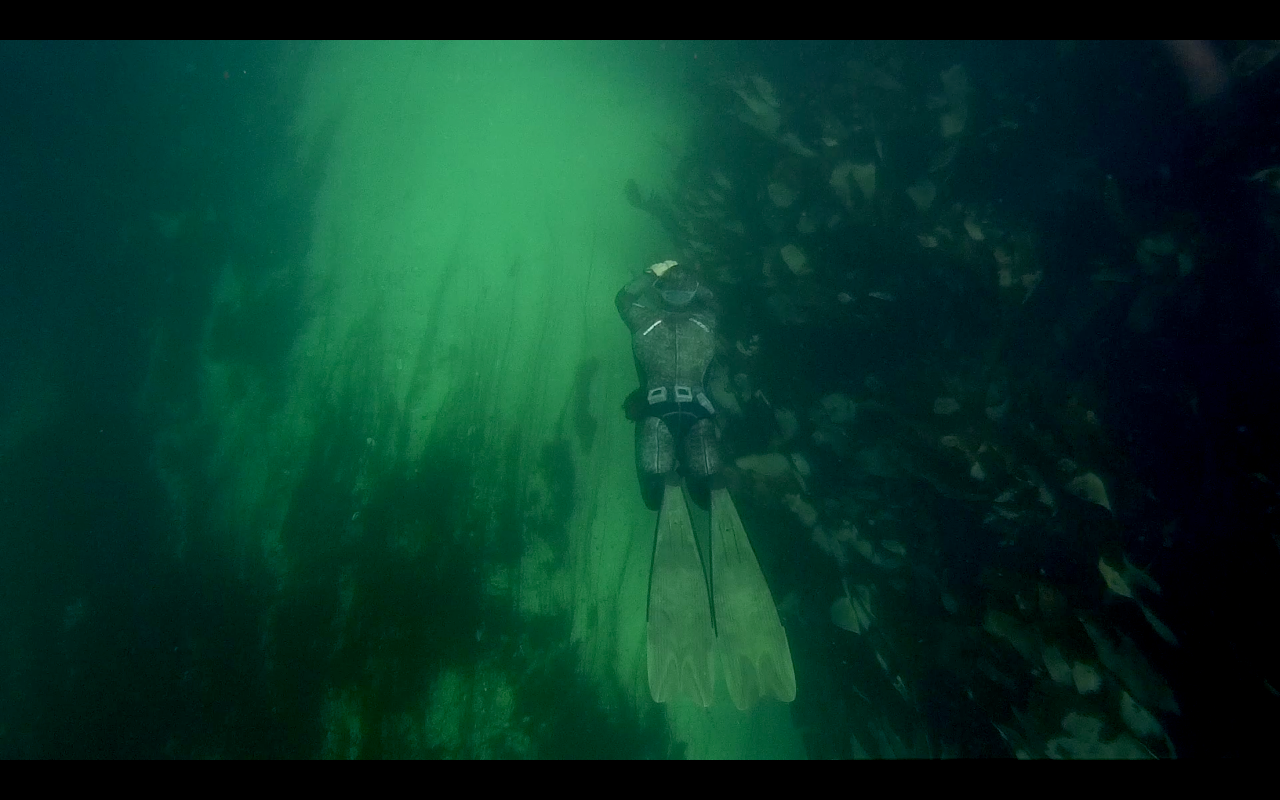
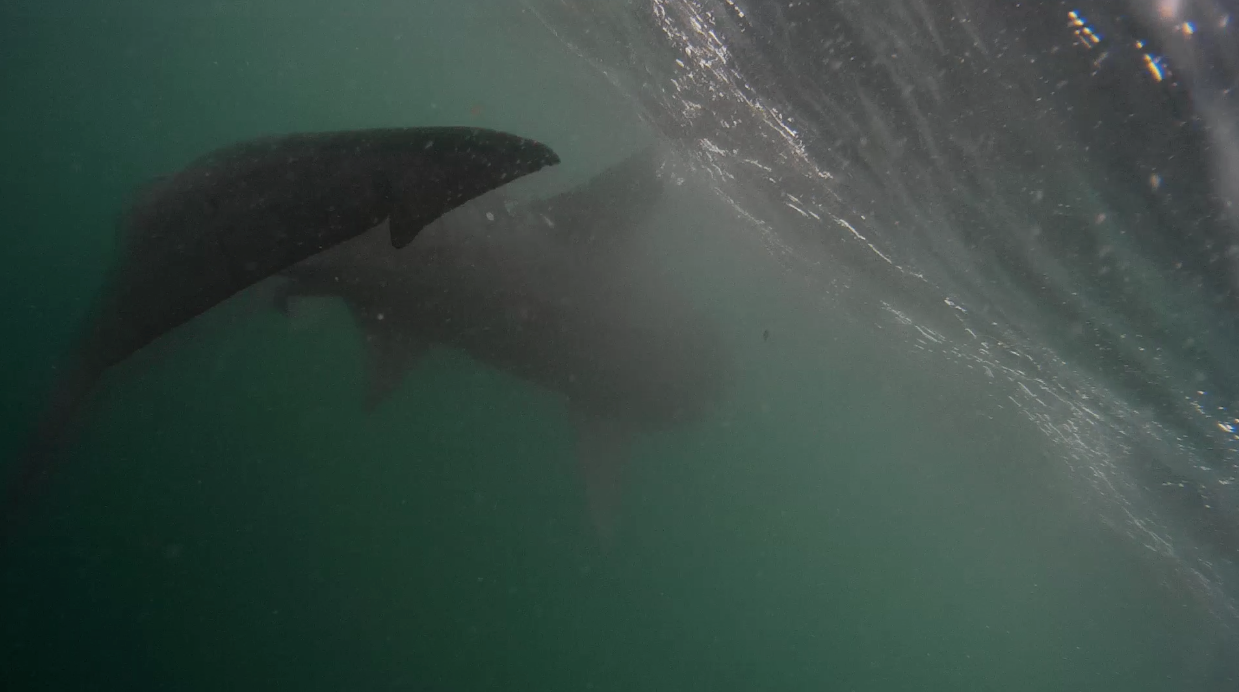

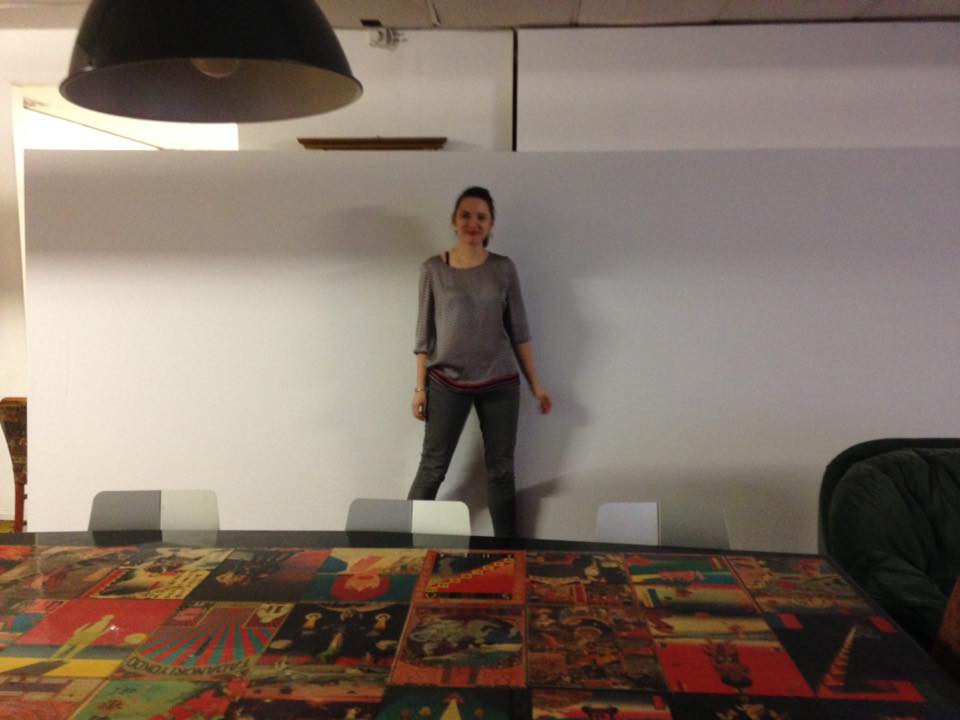
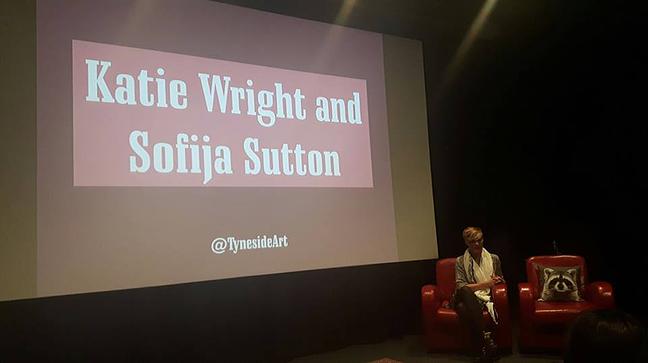
Here is the PDF for the show catalogue with more photos, some script excerpts and information on the soundtrack and narrative.
Belly Balls
In the spring of 2015 I began a video, text, sculpture installation that sadly was never fully realized due to time constraints on other projects. In the fall I returned to the work, only to have found a large portion of the sculpture missing (it happens in a university building). Despite not ever fully 'finishing' the work, I do enjoy the components separately and have had the text selected to be in a literary magazine this winter. I've included an image of 2 of the 5-part narrative here.
https://vimeo.com/129606169 Please click the vimeo link for the 43 second video loop - its funny!
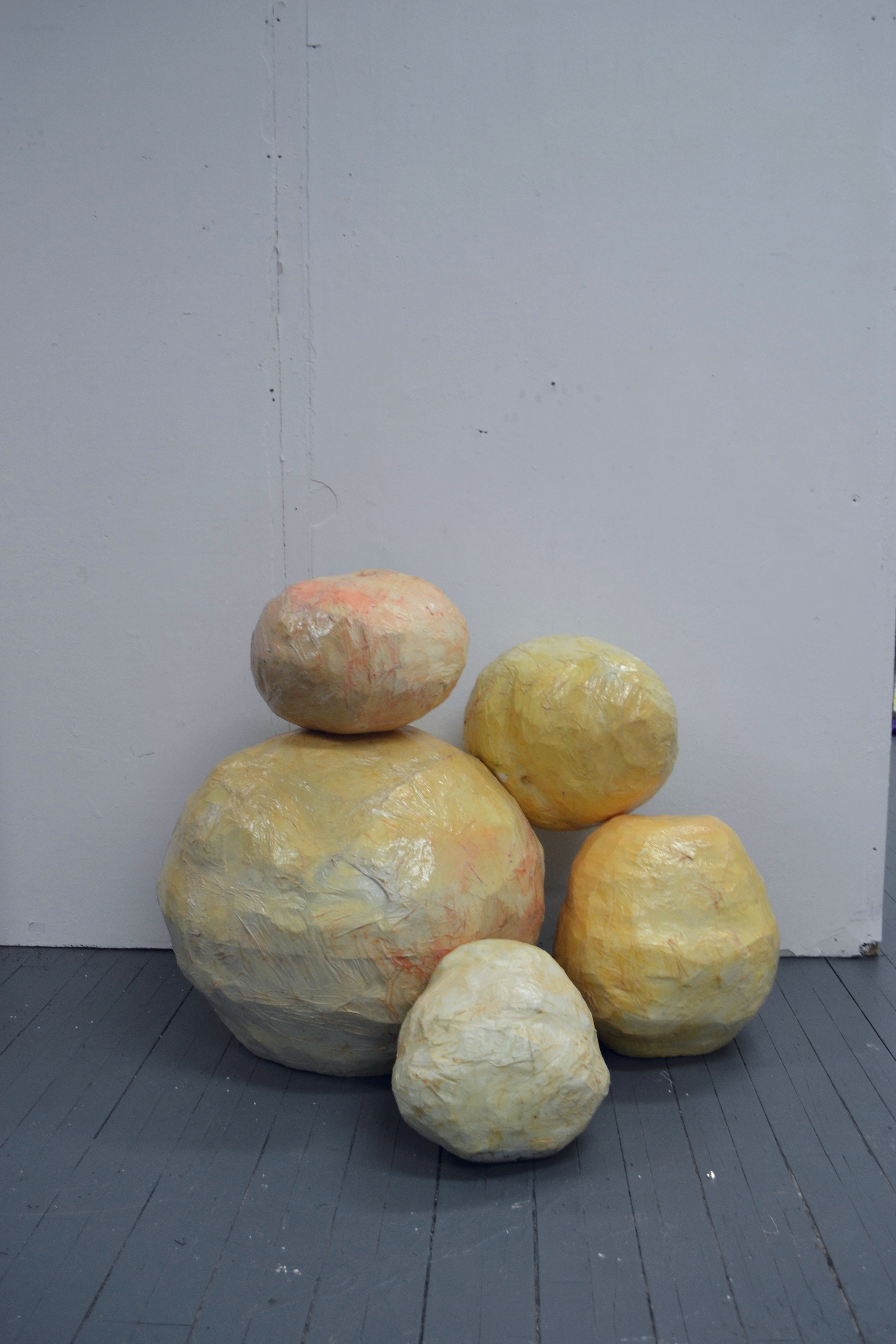
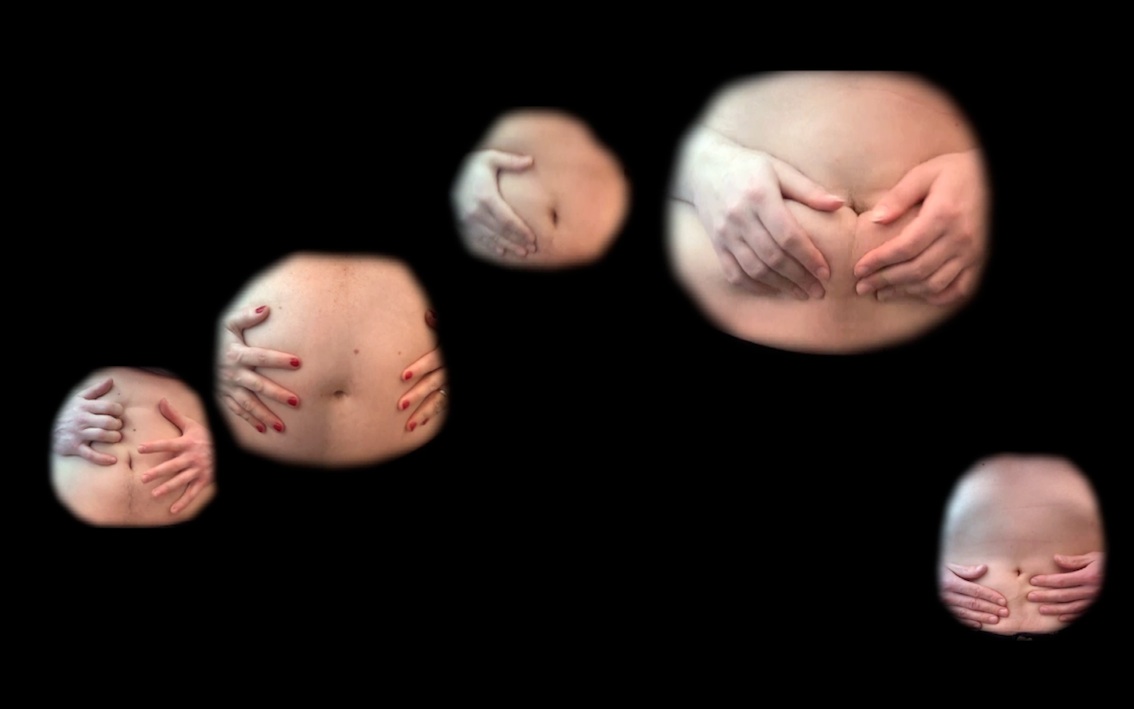
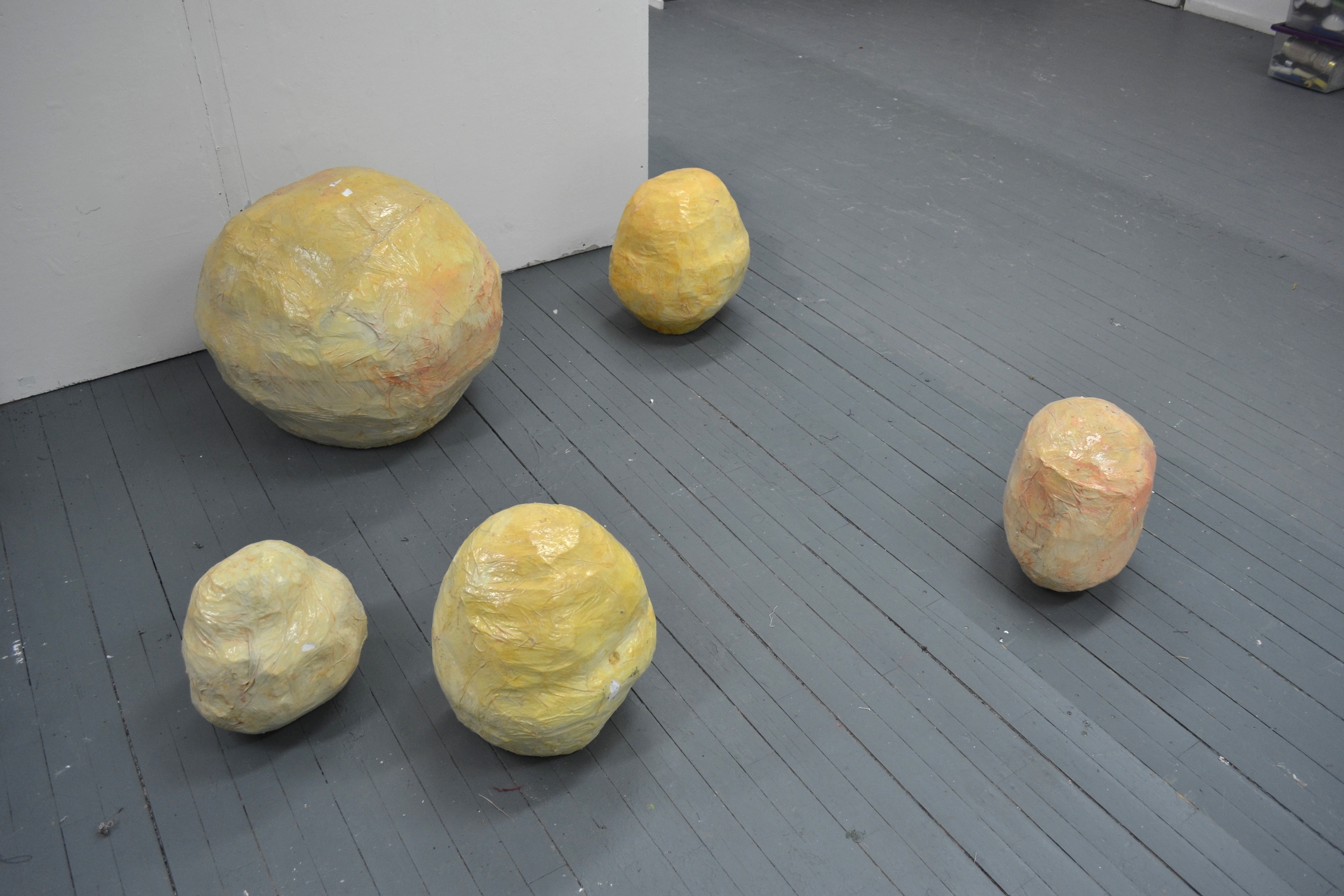
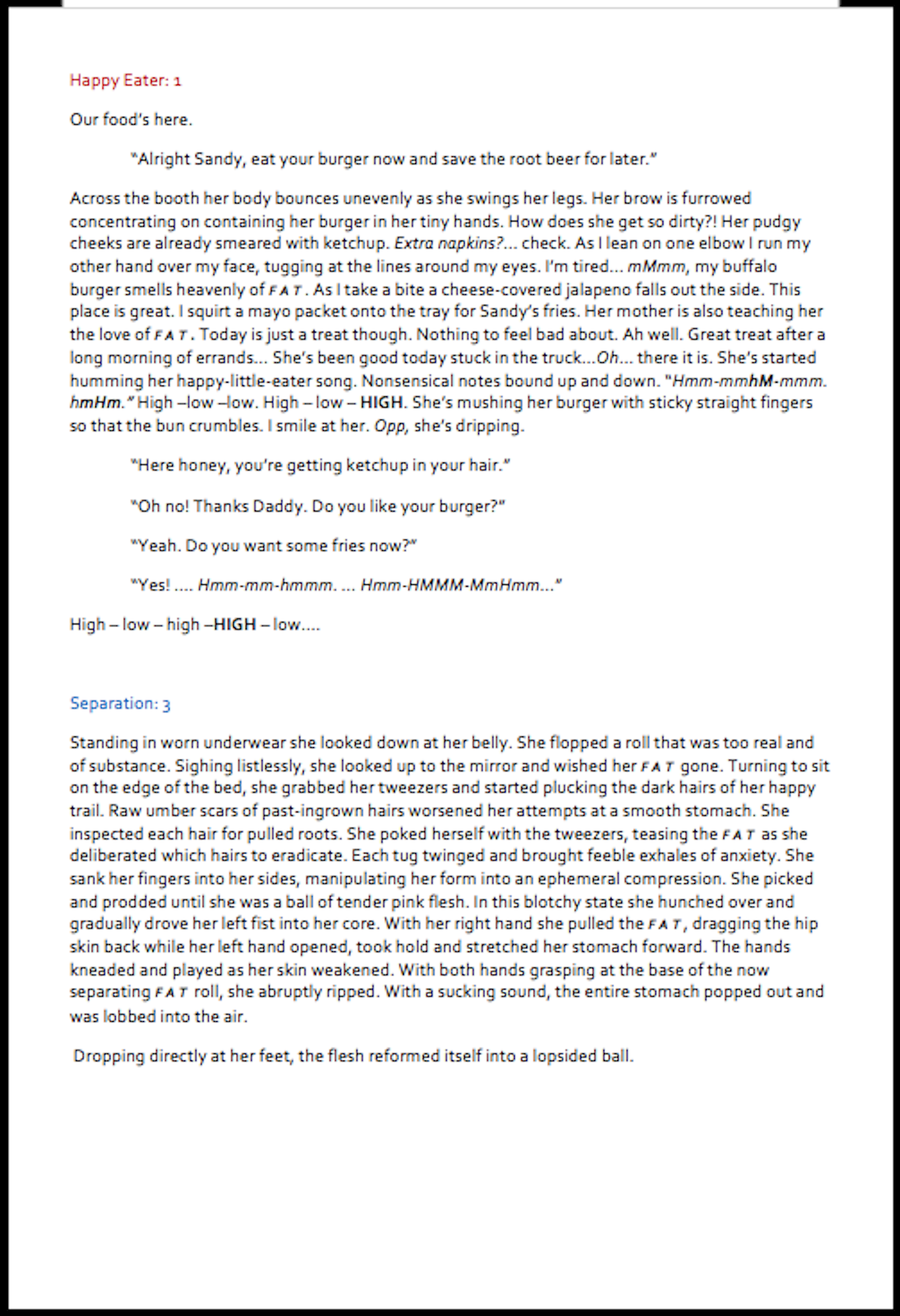
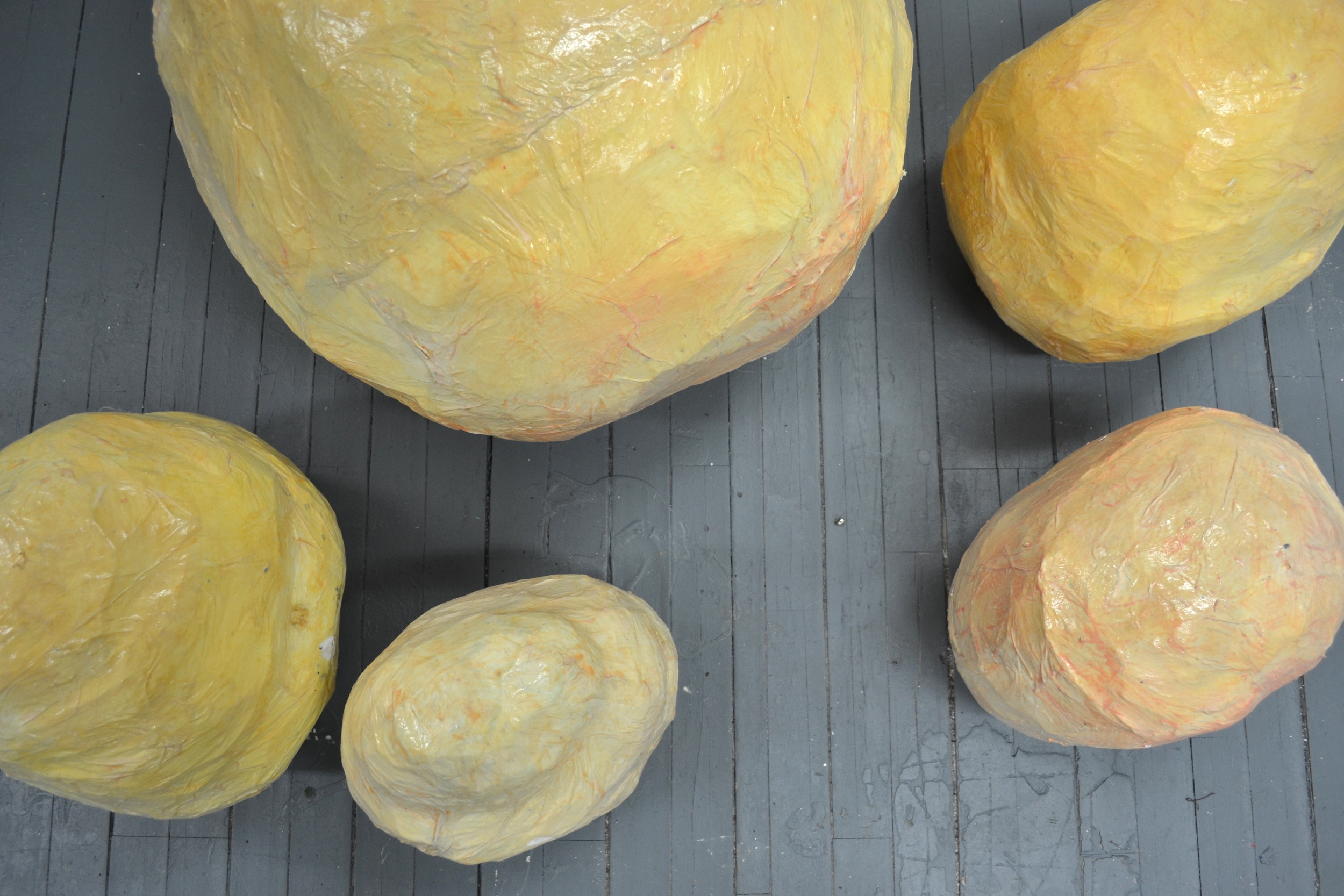
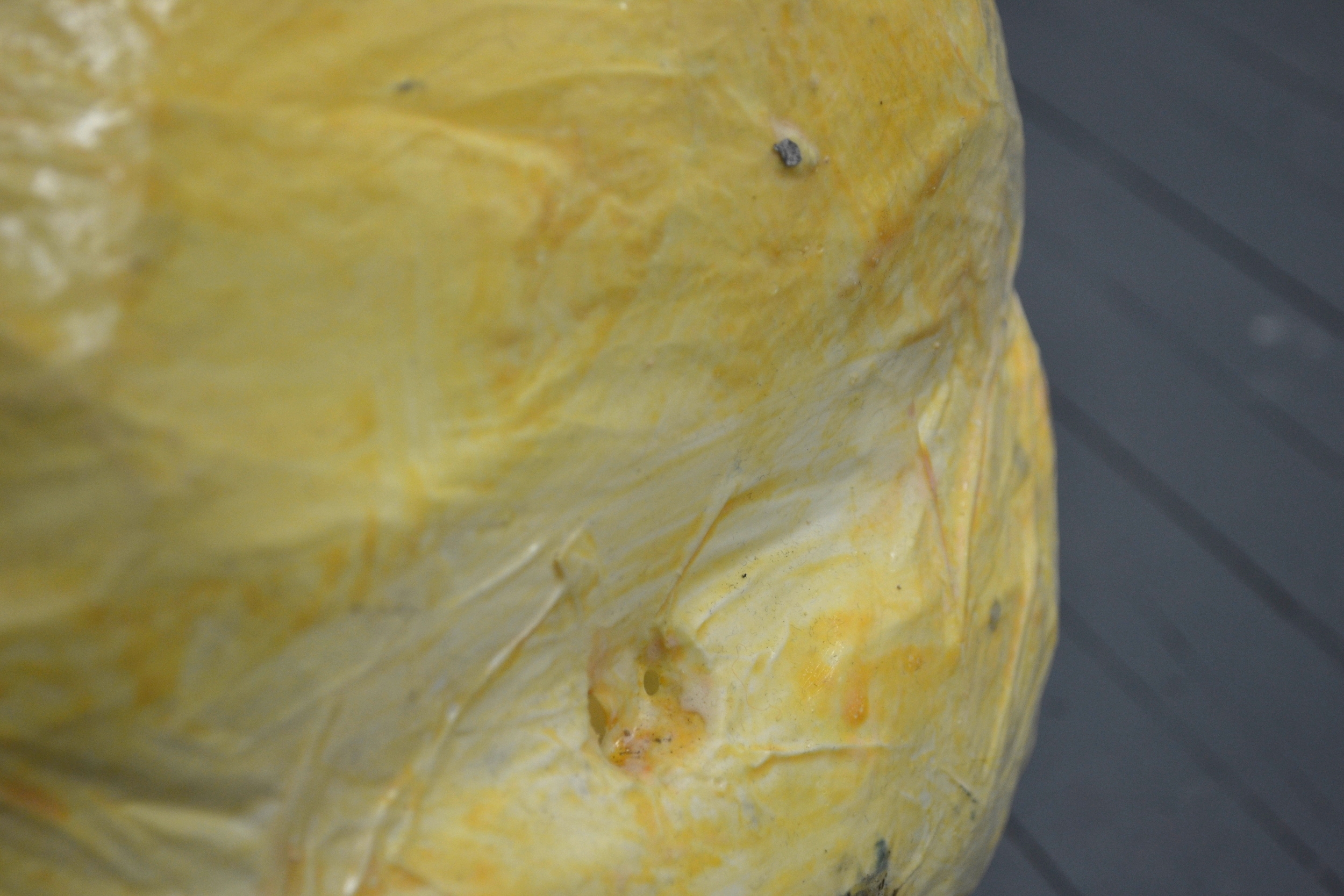
A Yellow Tongue
An introduction and self evaluation of my MFA degree show:
A Yellow Tongue (Burgundy Poster Print) 2015
For my final MFA exhibition, inspired by my dissertation research, I produced a text-based installation that worked in situ with the exhibition room. Balancing visuals with flash fiction, I attempted create a space that the viewer may self-navigate through the aid of paint and lines in order to connect the many story components together through specific themes, metaphors, words, and descriptions (such as the repetitive use of the colour yellow, the bear, or folkloric references). While I do include a short video and displayed text, the primary visual tool is that of painted space. The visuals serve to create a diagram of the whole installation, where each major content point is mapped out and linked back to the yellow whole. The yellow semi-circle (the tongue, the lemon, the clock) serves as a starting stage where all the action happens in the audience. Two sections of 4 triangles are divided by a central red dash, splitting the narratives into positive and negative tales. Each section (8) contains an element to the overall examination of mental health: initially inspired by my own reflection with SAD and depression. The painted footnotes utilize key phrases from low mood and anxiety workshops I have attended. The tales themselves range from the mundane to the fantastical. Each represents a specific element of low mood that I battle, but through fiction may be made accessible to a wider human audience. For example, the two bear stories (Unintended Routine and The Bear Maiden and the White Pebble) juxtapose one another in how to cope with the fatigue of depression. One examines more the battle and failures, while the other – displayed opposite the red dash- provides a possible, partial solution. The stories are thematically linked but are self contained, non-chronological tales so the audience may interact with the space in any order and too many different degrees and still achieve a sense of completion. The issues discussed are subtle and veiled by entertaining tales and engrossing visuals and audios so that the underlying themes may sink in with later evaluation or through the viewer’s interaction with multiple stories.
My aims and metaphors for this installation were layered and complex. I was addressing my own mental health battles and attempting to broaden the experience to a more general audience. I was exploring fantasies firmly rooted in the body and in nature. I was addressing Midsummer/sun folk and narrative traditions in a contemporary manner. Overall, I feel that I brought these many layers together in a simple, stripped back manner that may be viewed through the context of contemporary art installation and text art. That said, it was an ambitious aim and there are still elements in my practice to refine. I would have liked to polish the presentation of the text in the space and made the differences between clean and natural brush marks more severe to further the notions of comparison of mind/man vs. body/nature. I am overall pleased with the stripped back aesthetic and balance of text and audio. It is a clean space and encourages private interactions with each story (again linking to the private isolation of those with mental health imbalances). I do think the visuals serve primarily as a spatial tool, save the toxic lemon video. I would like in the future to continue exploring how text and visuals may interact to produce a firmly, collaborative installation where the visuals do not serve the text, nor the text illustrate the visuals. In A Yellow Tongue, the visuals serve the text more heavily than I would have liked. Visuals do serve to create atmosphere, a diagram, and a structure to the stories, but do not hold their own the way the text does. With this show I think I made great progress in my art practice with the balance of text and visuals in installation, but there is still much further to go. I expect enough for a lifetime.
Of the eight main sections of this installation, 4 are text stories. All 8 have written footnotes that add various descriptions, key phrases, and background information that help link the pieces together. While none of the written works are presented online, if anyone is interested in further understanding this work, I would be happy to send you the original file.
Additionally, the video seen in the images below can be viewed on my vimeo page here: Lemon Volcanoes from A Yellow Tongue
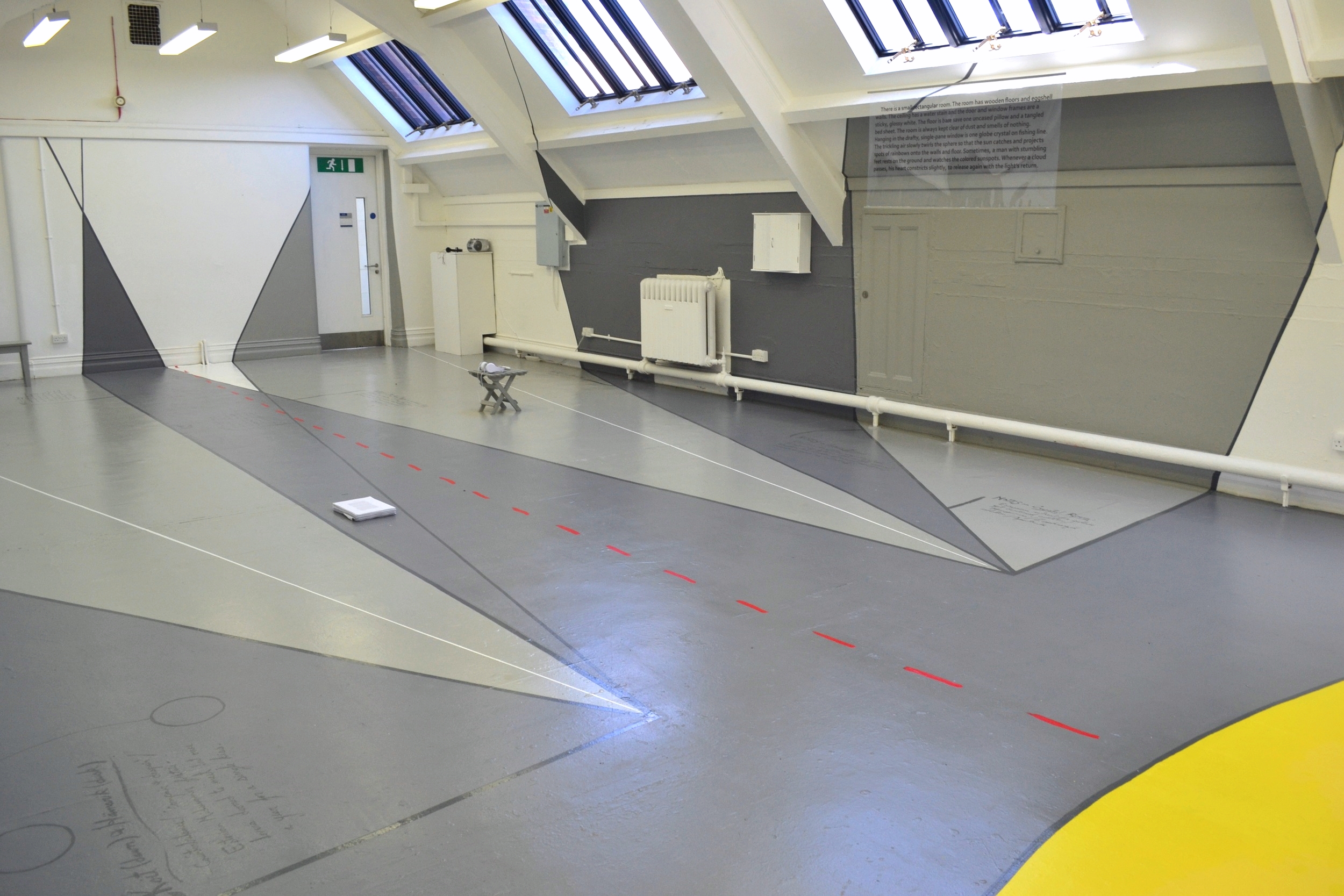
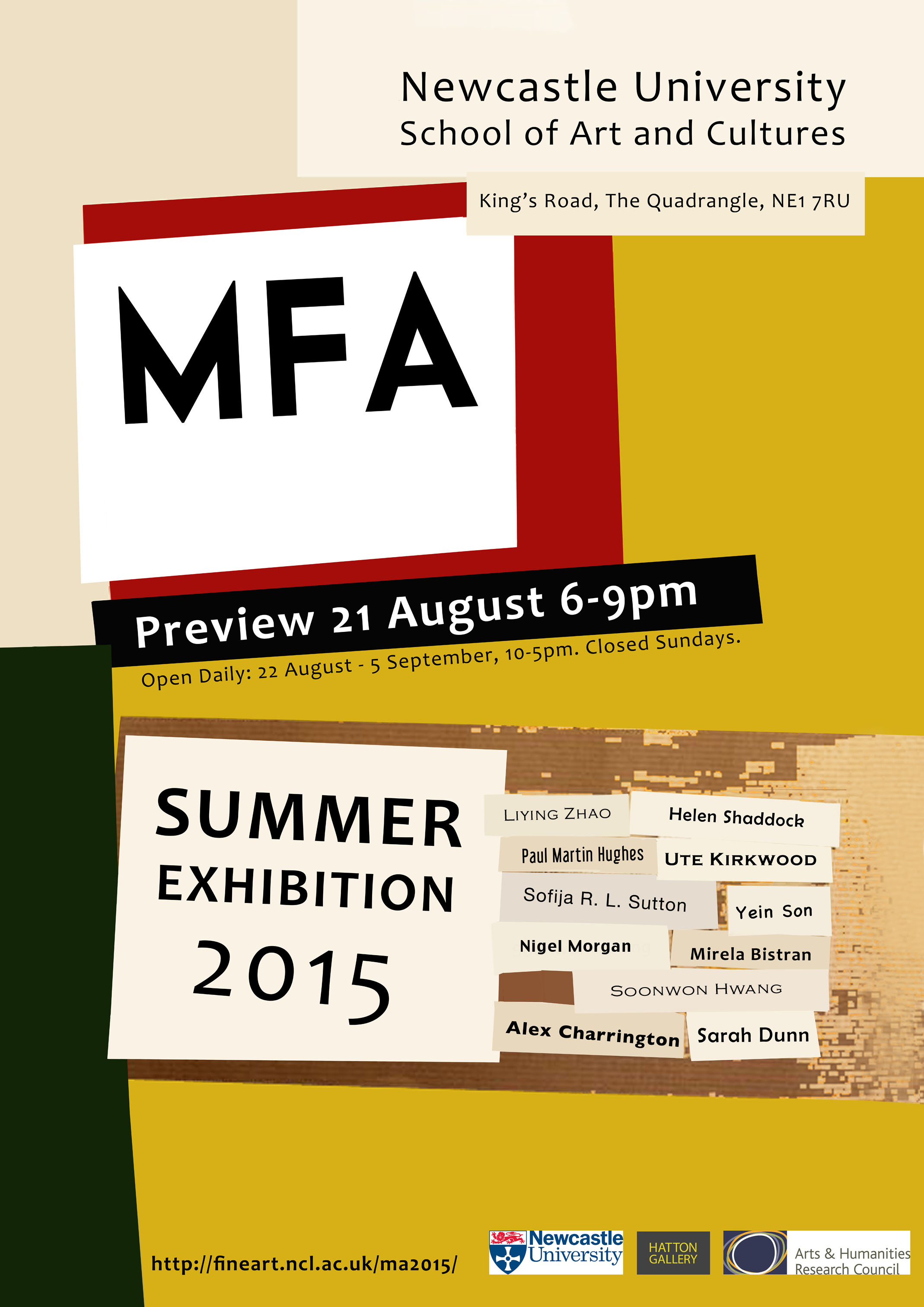
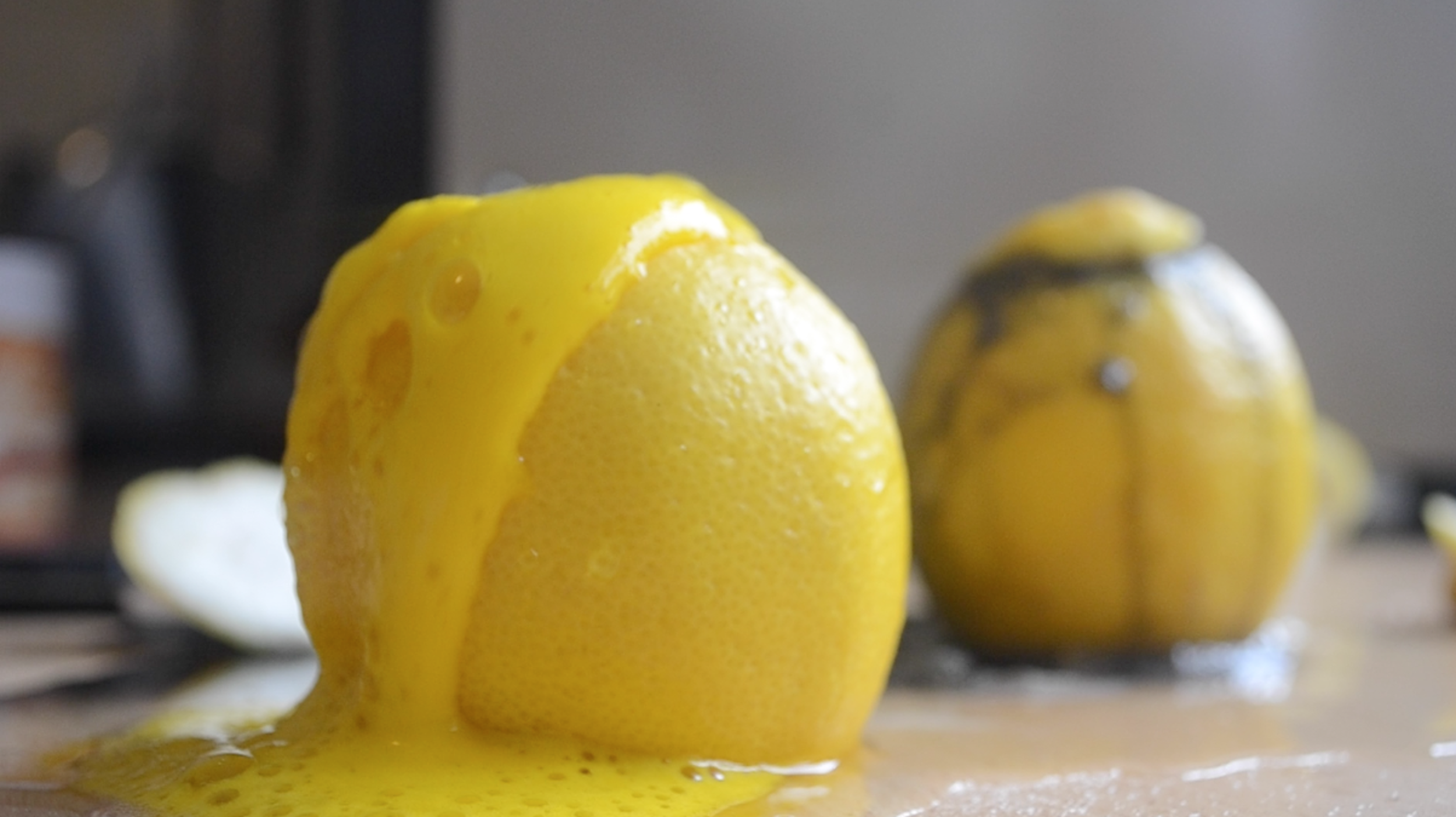
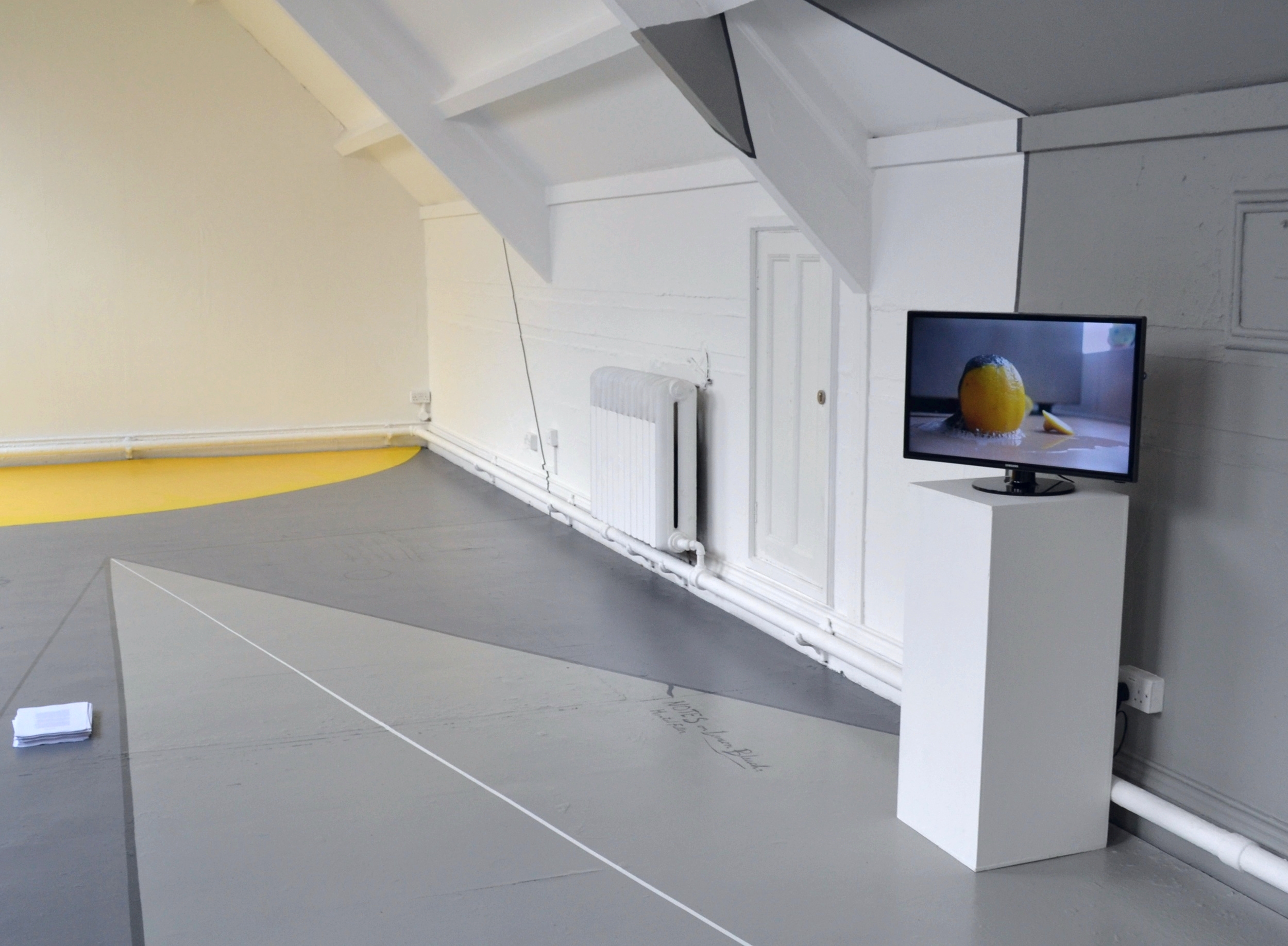
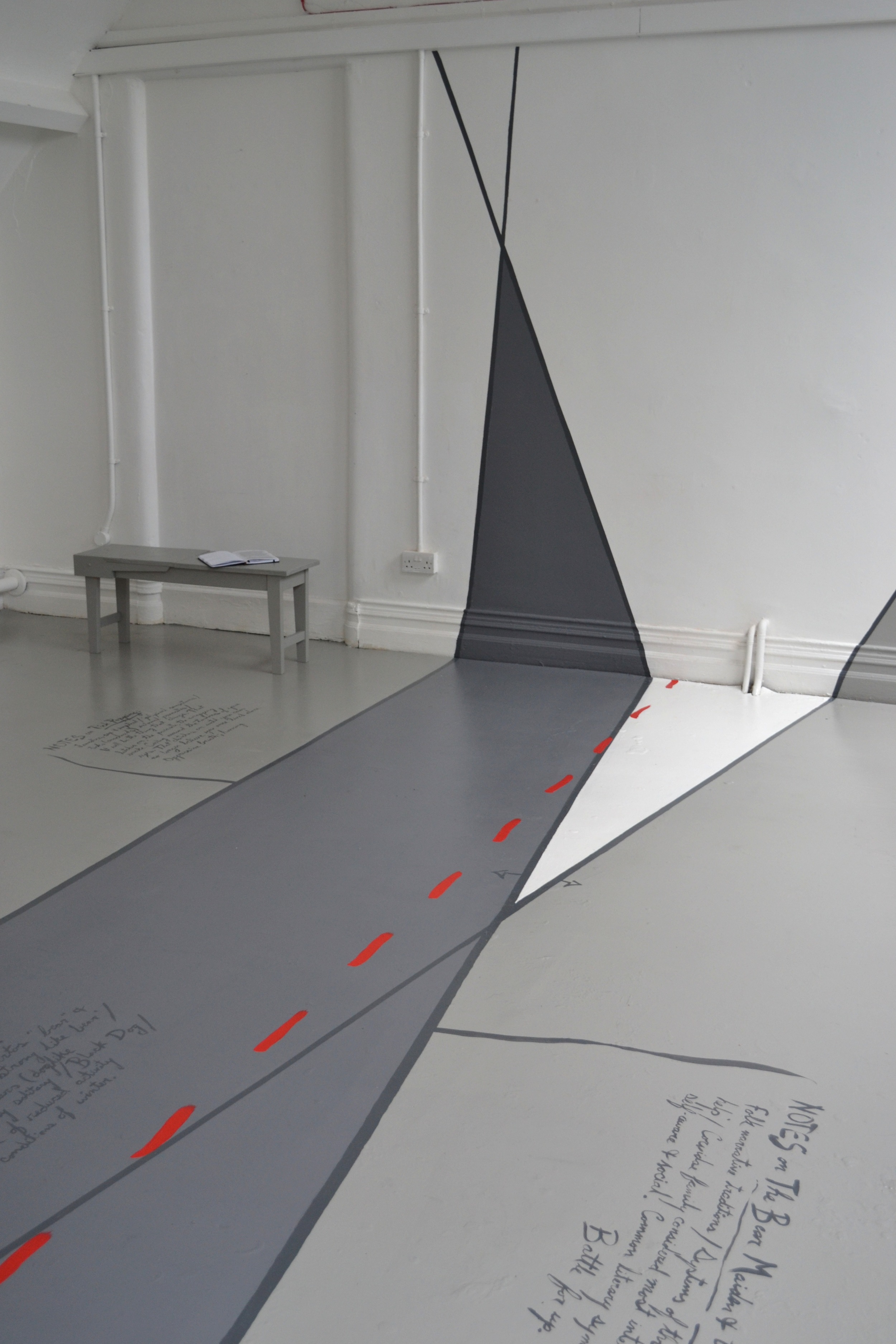
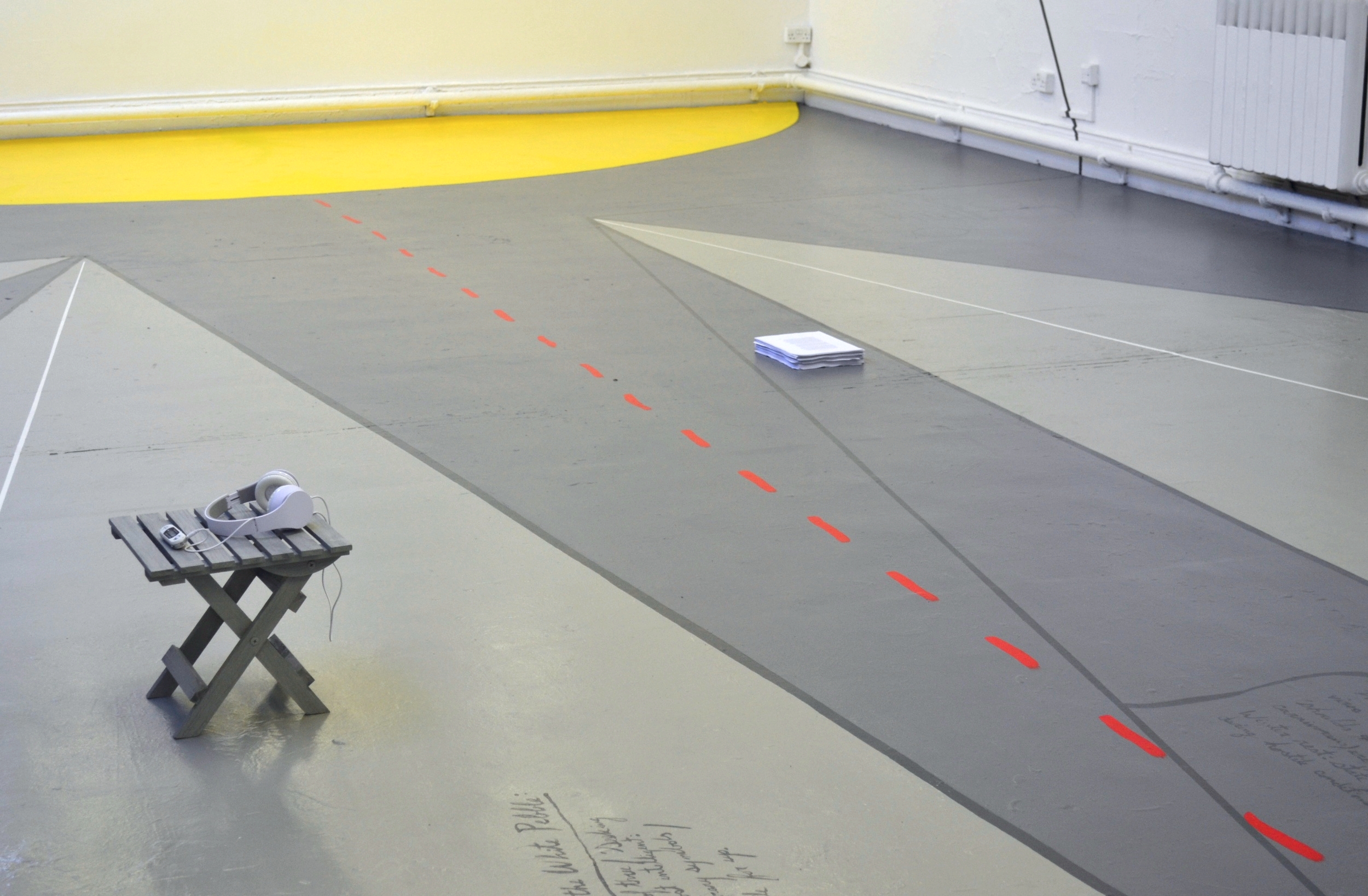

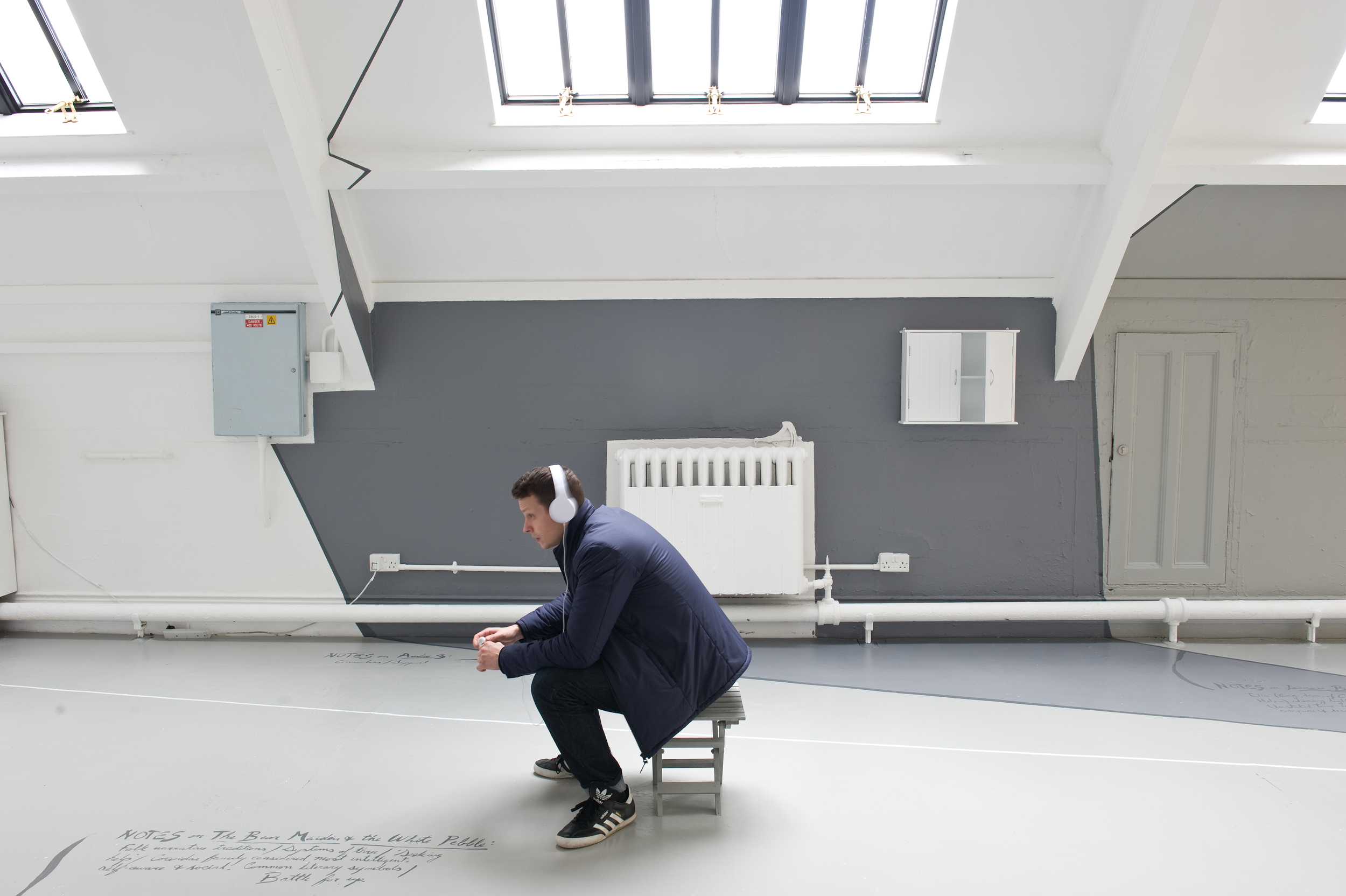
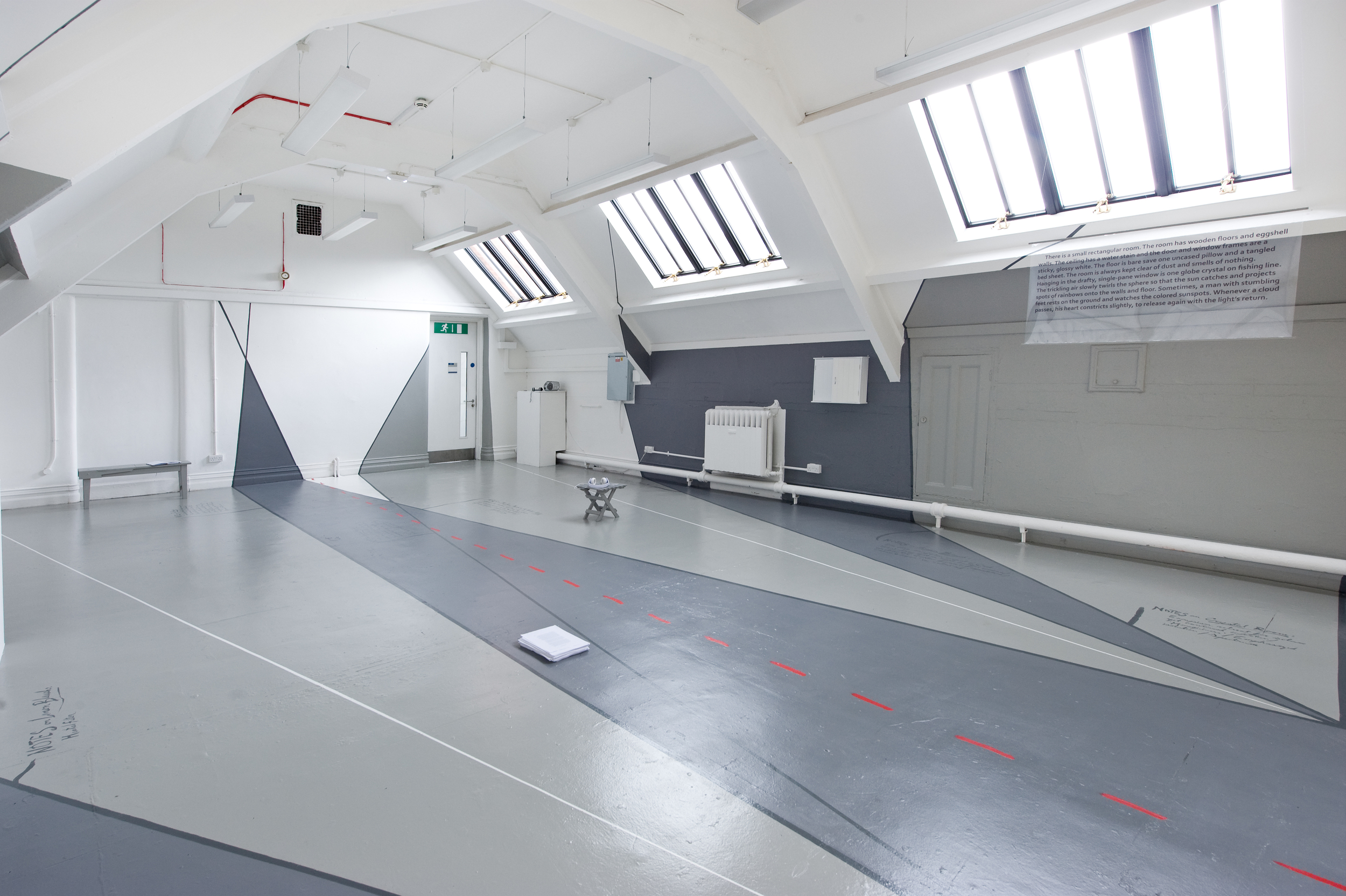

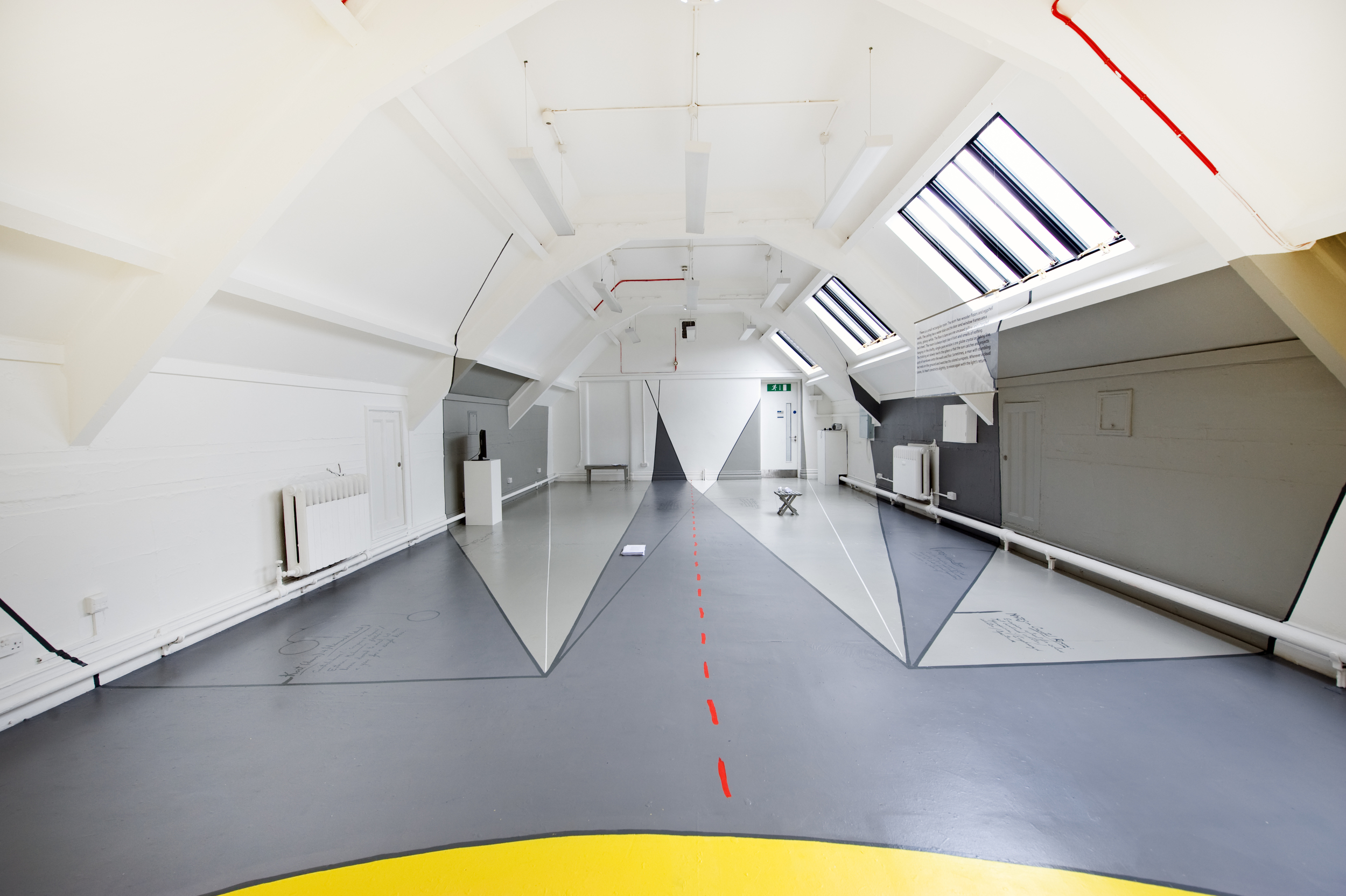
bear maiden mural
This was an expressive experiment of a mural on my studio wall. While I was exploring how forms and characters could merge, in particular the female with the black bear, the painting was never to be shown, which allowed me great freedom in creation and the reverse repainting. This mural only uses text in one stage of its creation (taped onto the walls) but the creature created was formed from metaphors and stories imagined to be worked into a recreation of the painting. The themes that inspired this work became the makings for my MFA degree show and the bear references and 'The Bear Maiden and the White Pebble' story within the show A Yellow Tongue.
Sometimes i am also the spider
I this story and installation pairing was one of my first attempts to merge text with visuals. The final product, not yet shown, combines a three part short story, painted sheer fabric, and a couple small collages and paintings. This work was inspired by my history and fear of spiders, memories of my adolescent home, and notions of relations and sex represented through the mundane.
ADAPTATION PHOTO FILM
This two part narrative combines the life of a nymph adapting to their new form and that of a young woman searching to find comfort in her body as she explores various means of representation.
See the video here.
